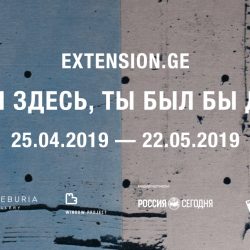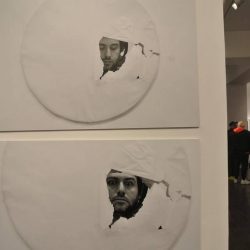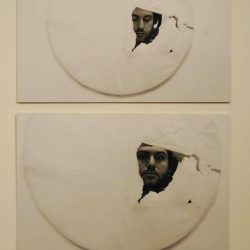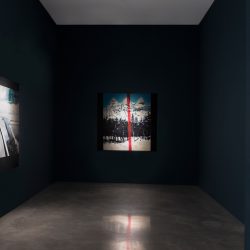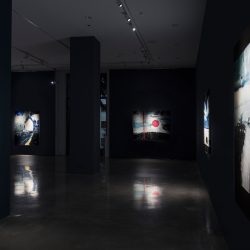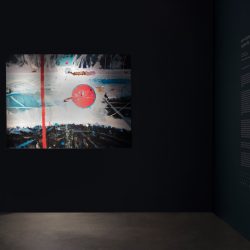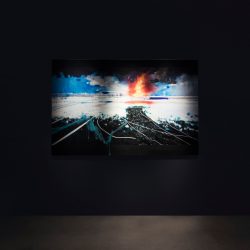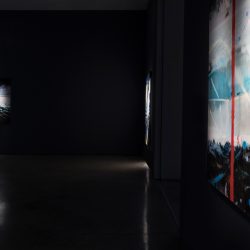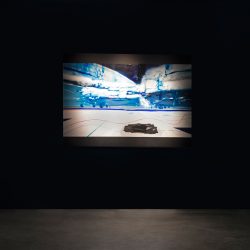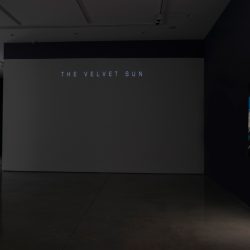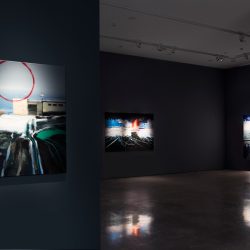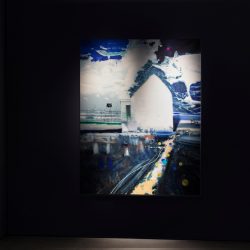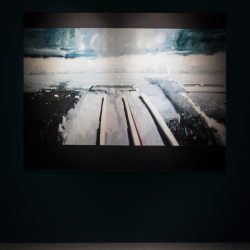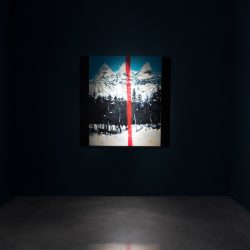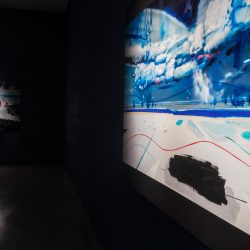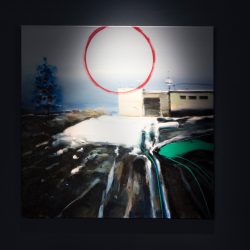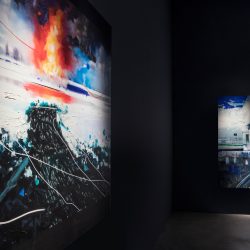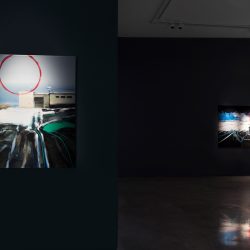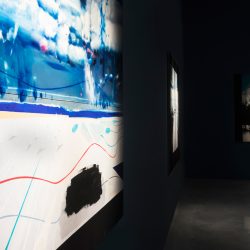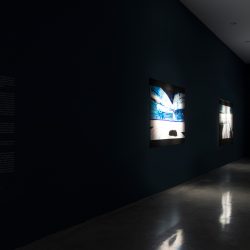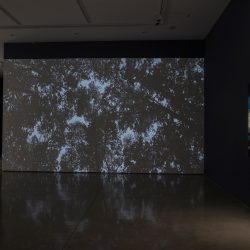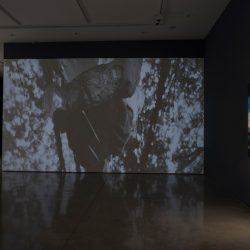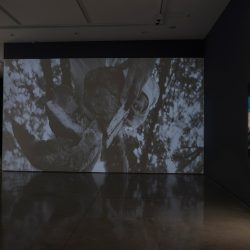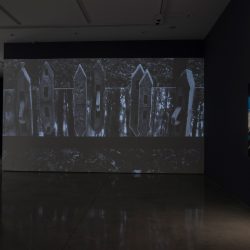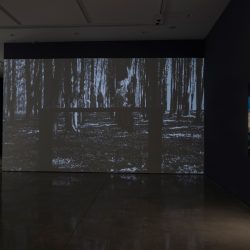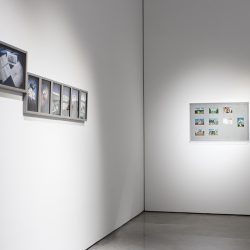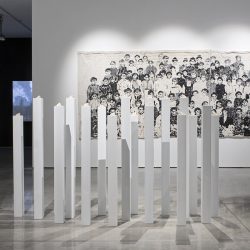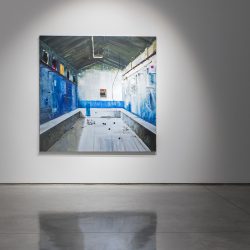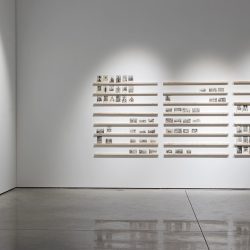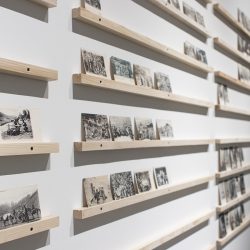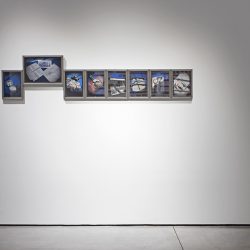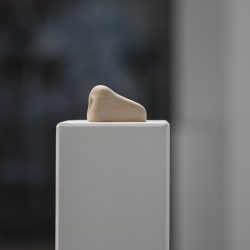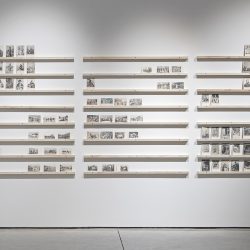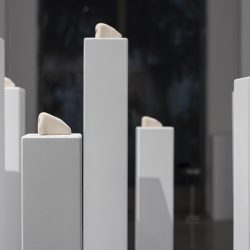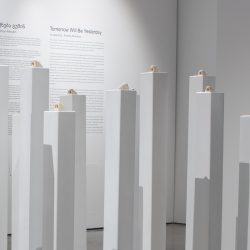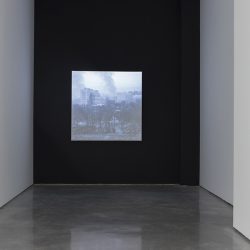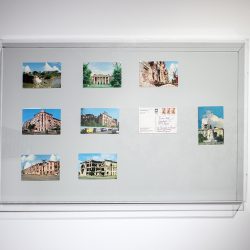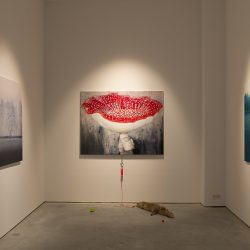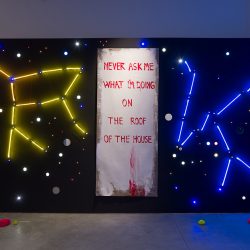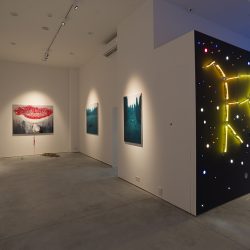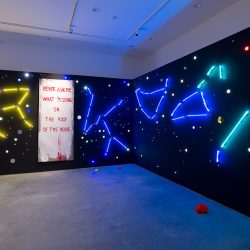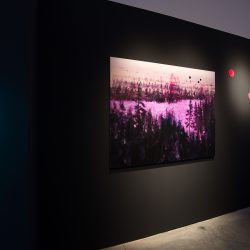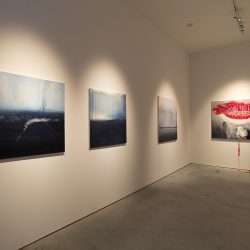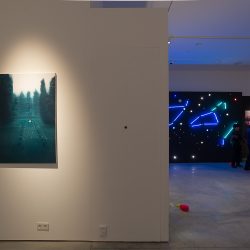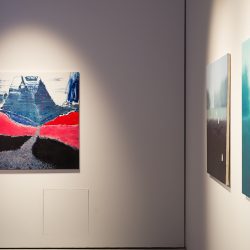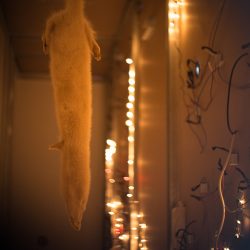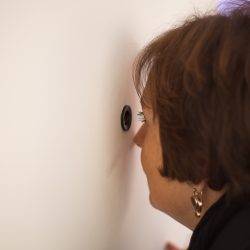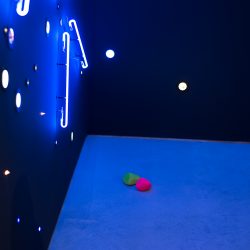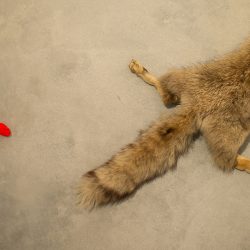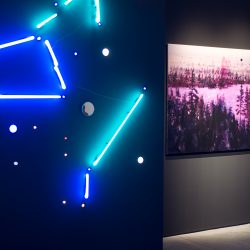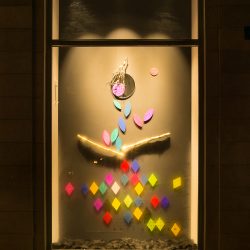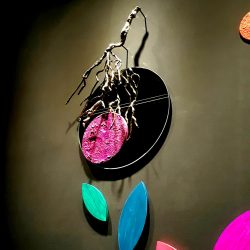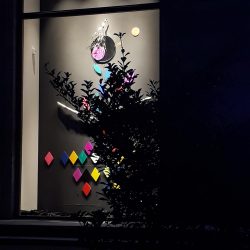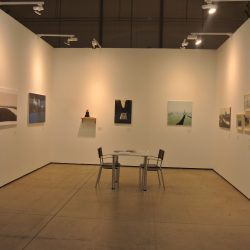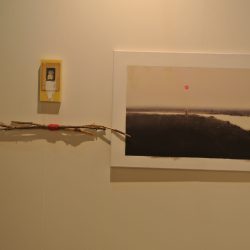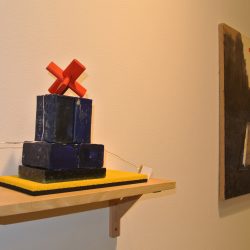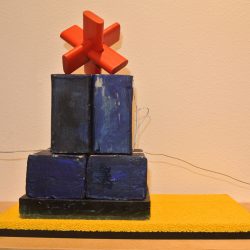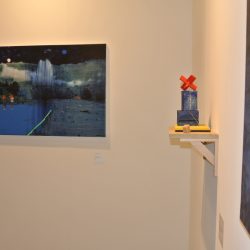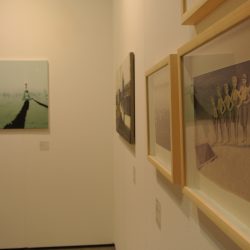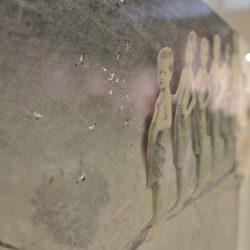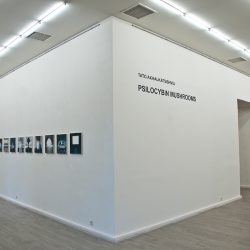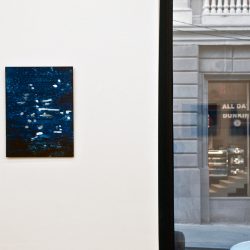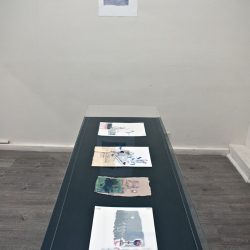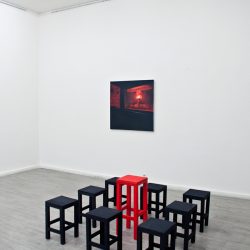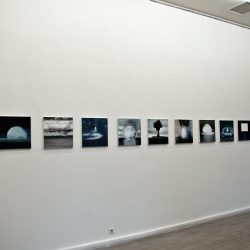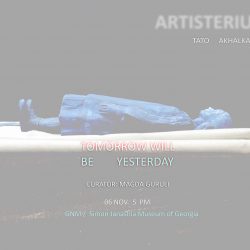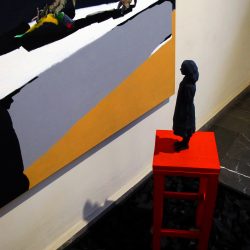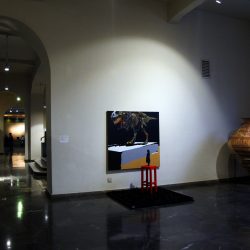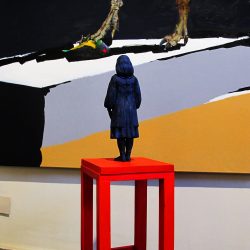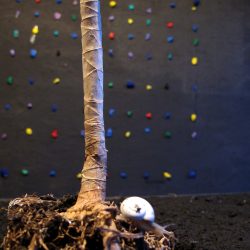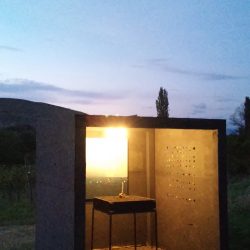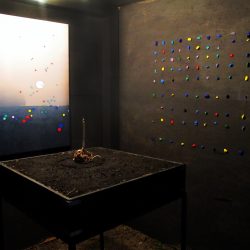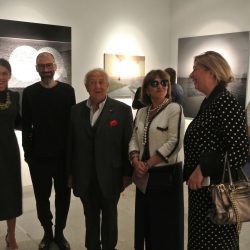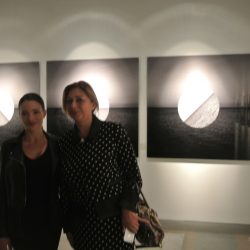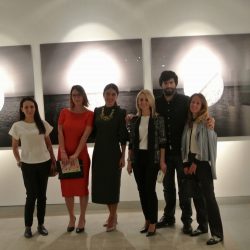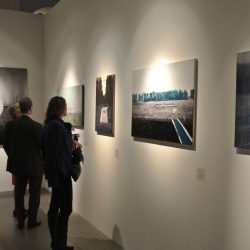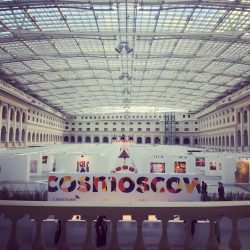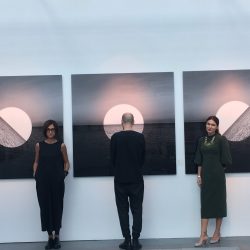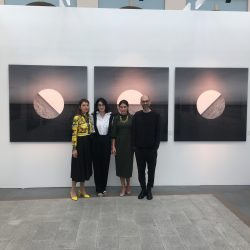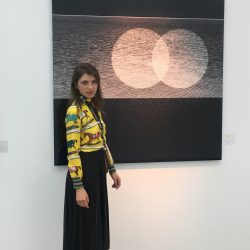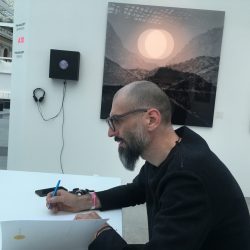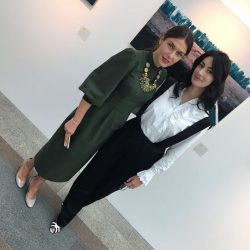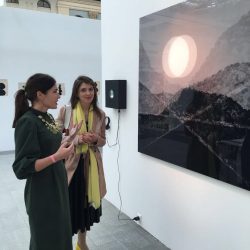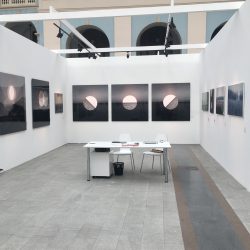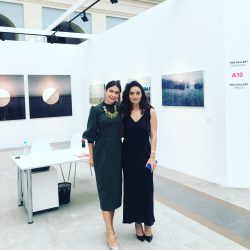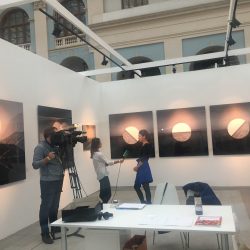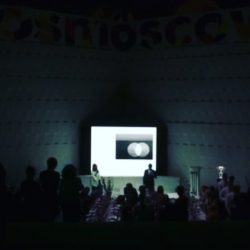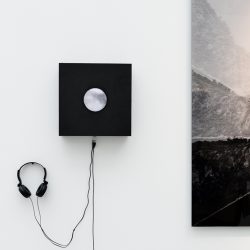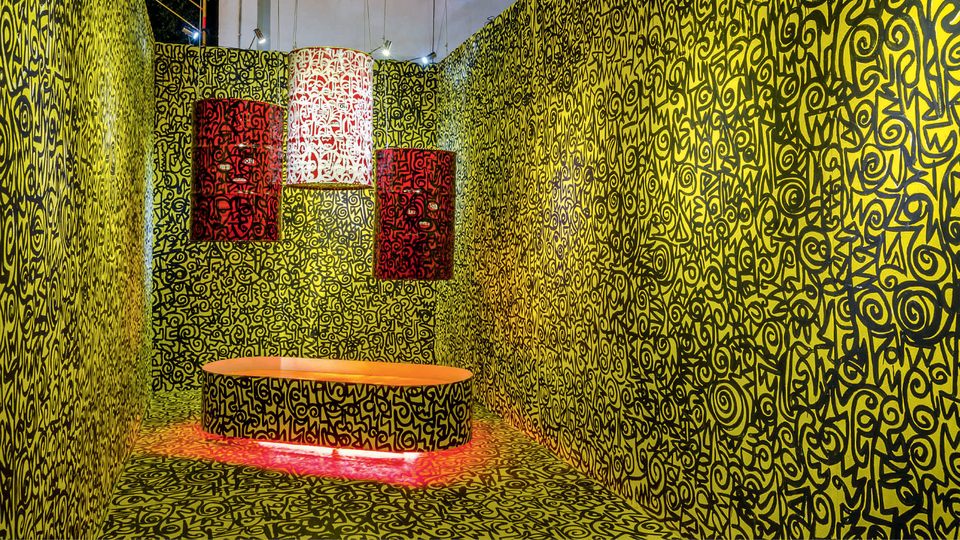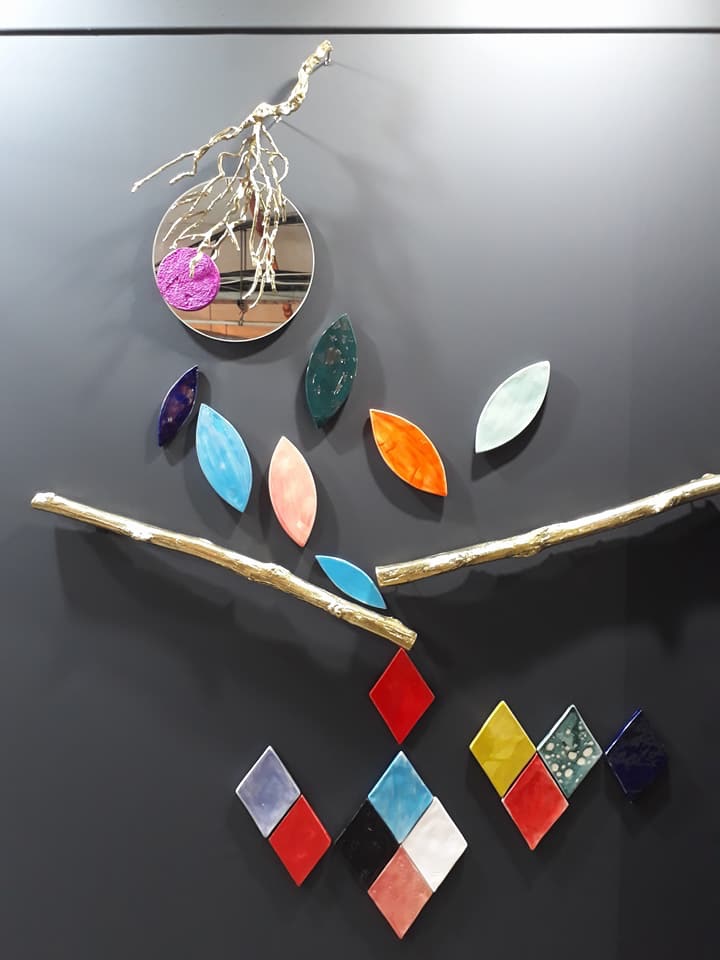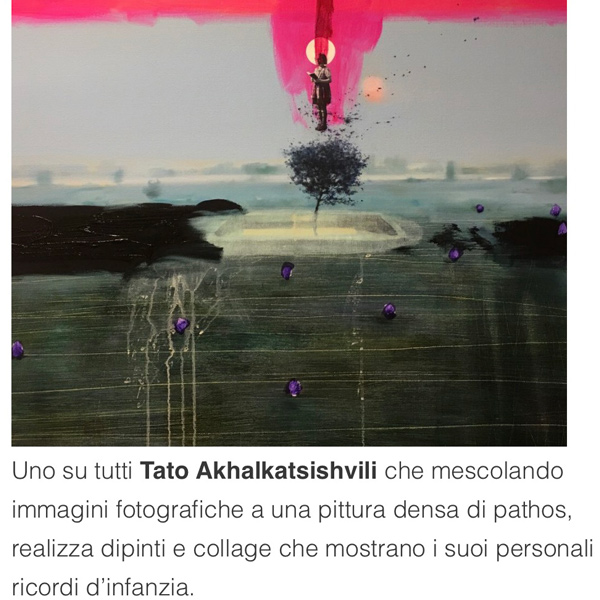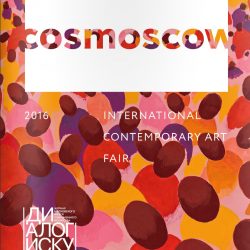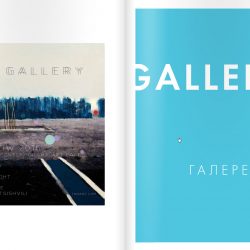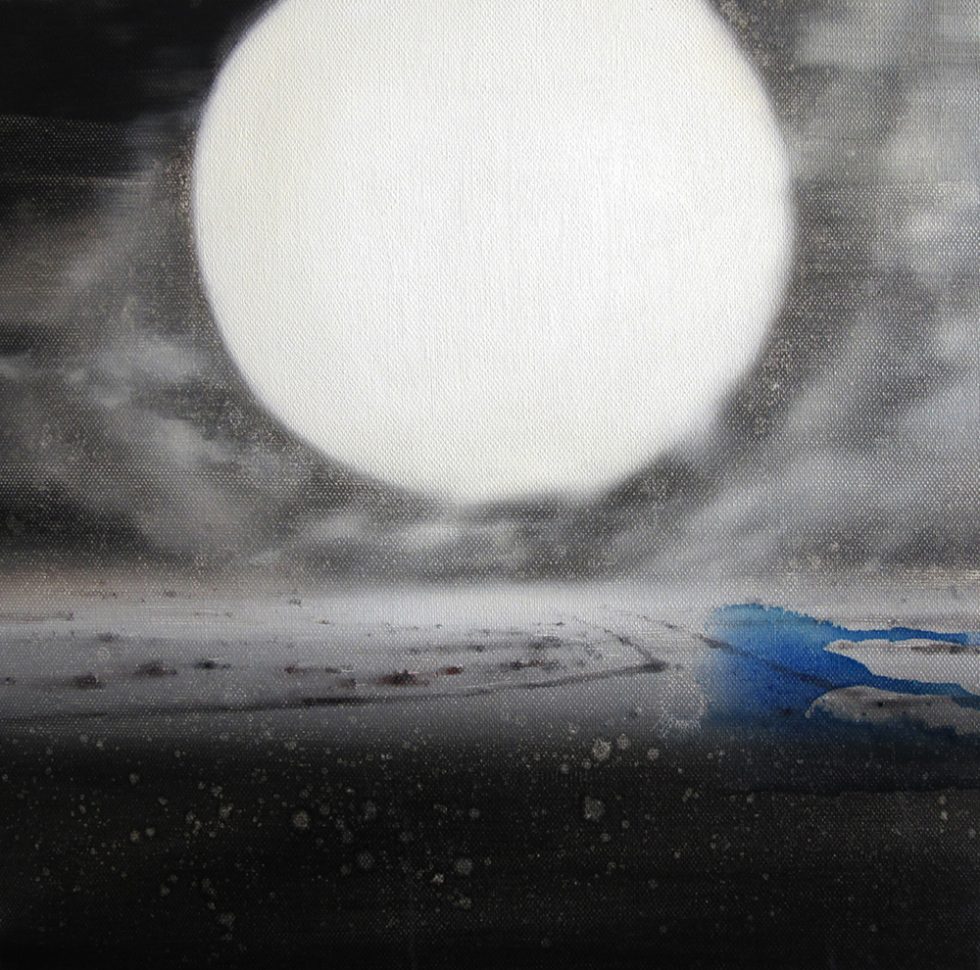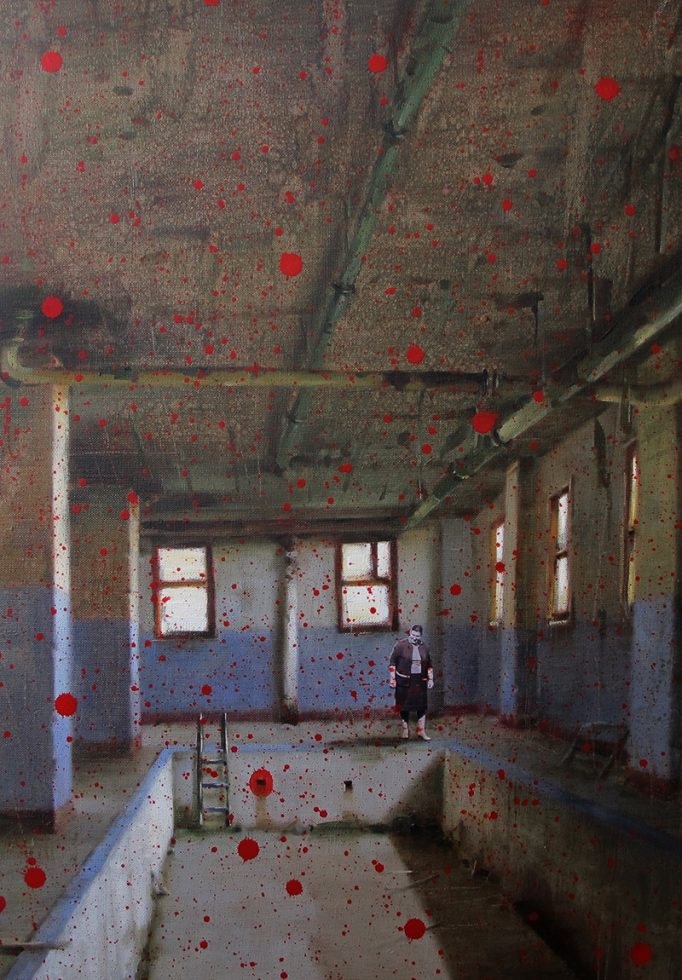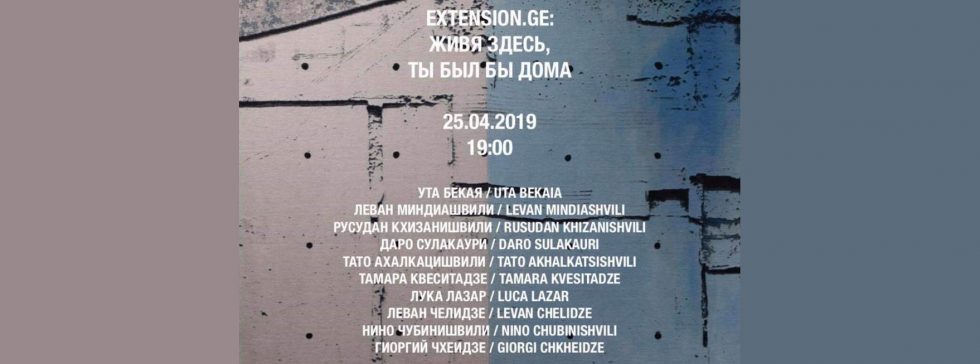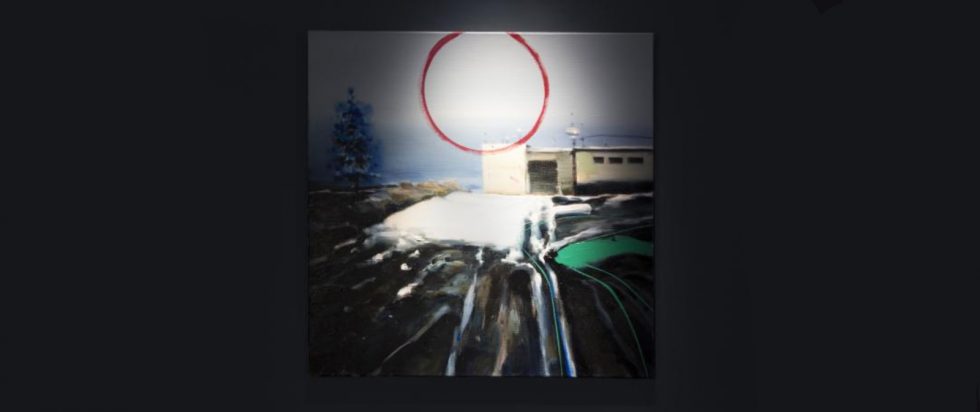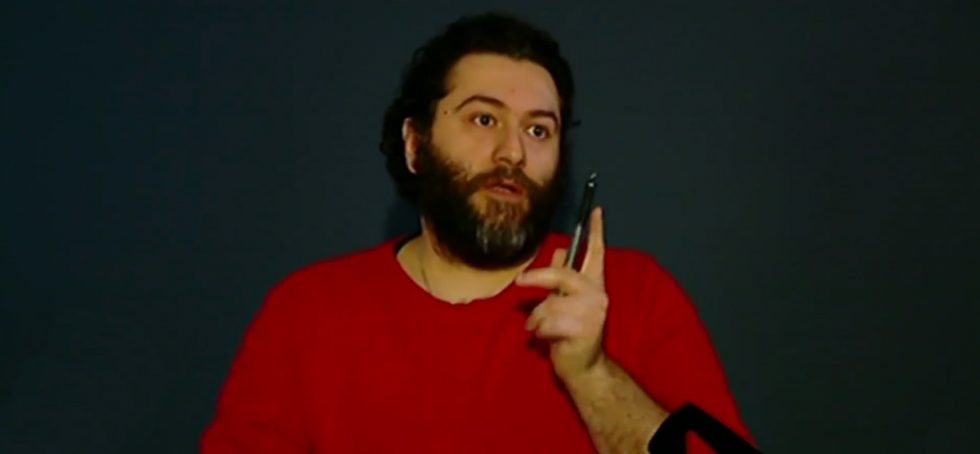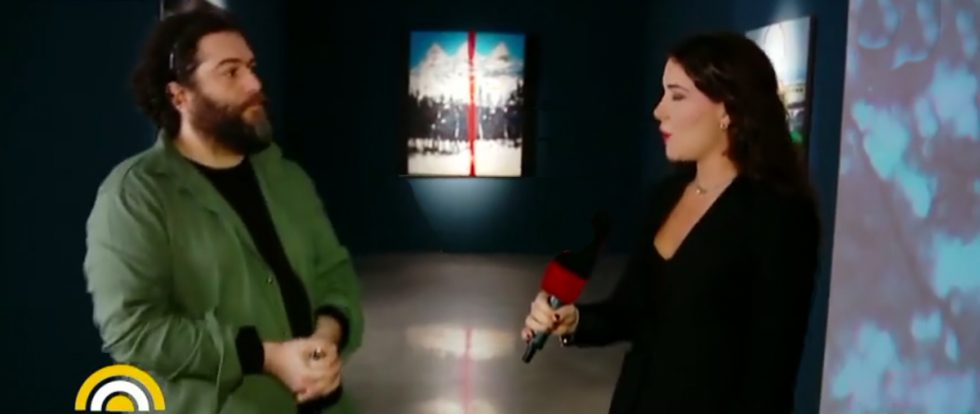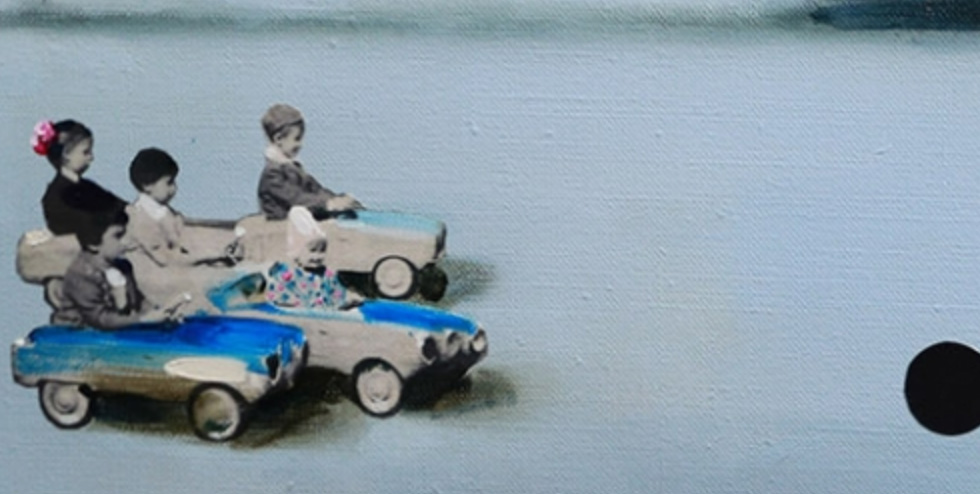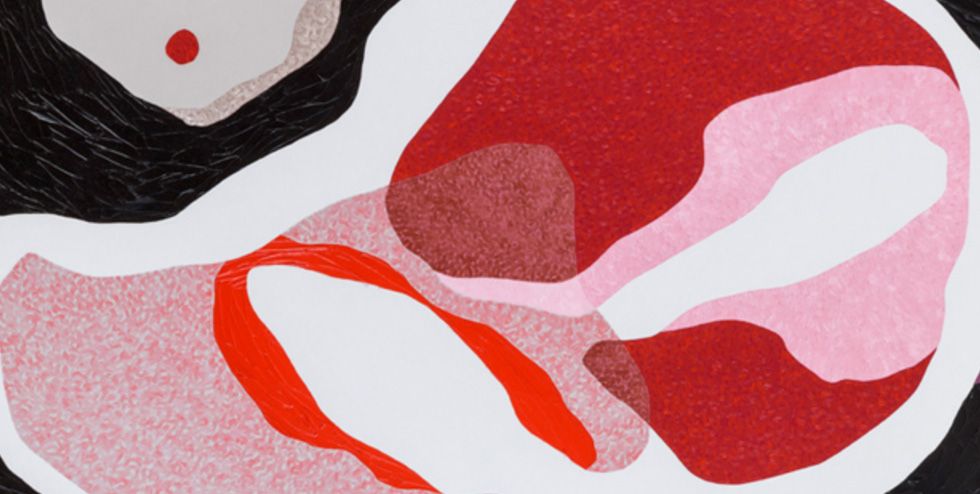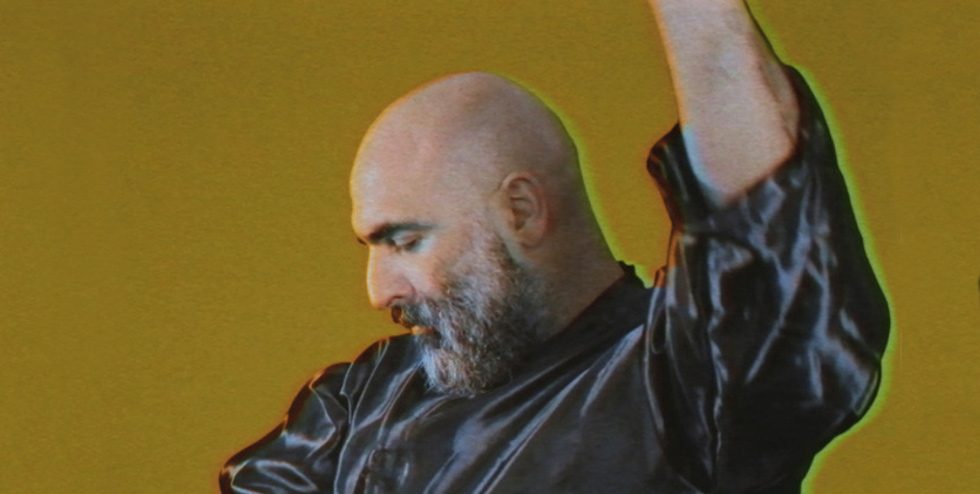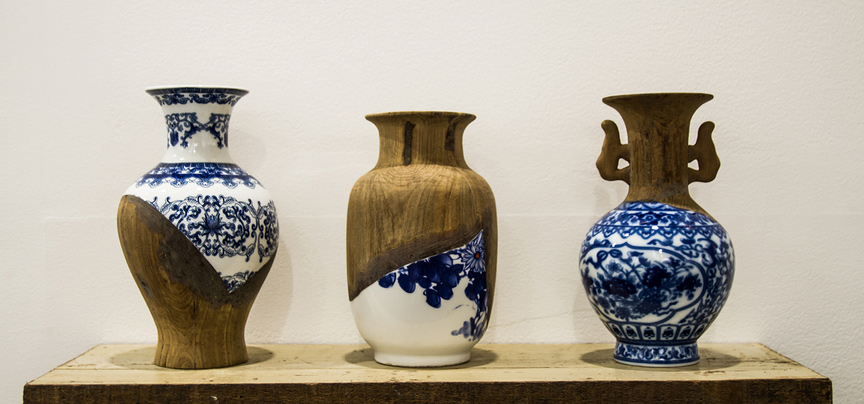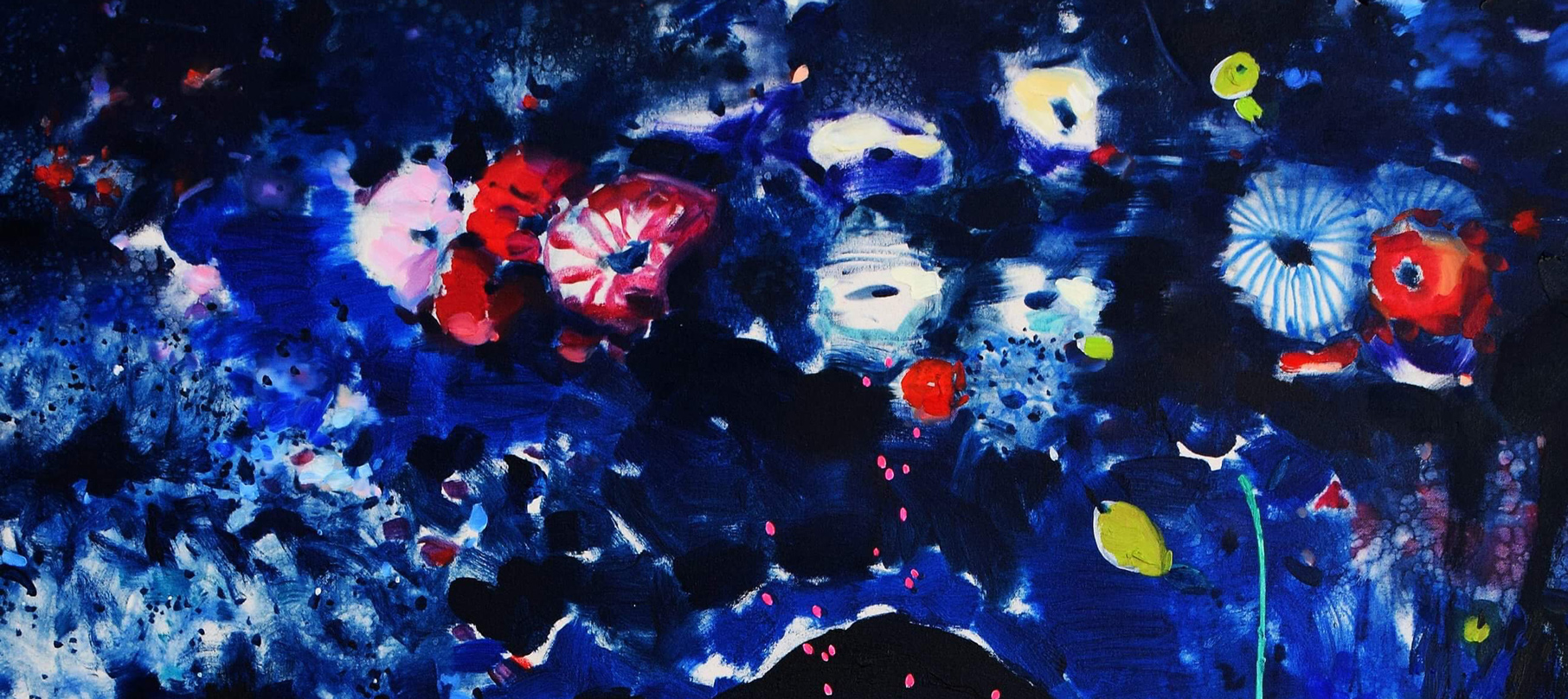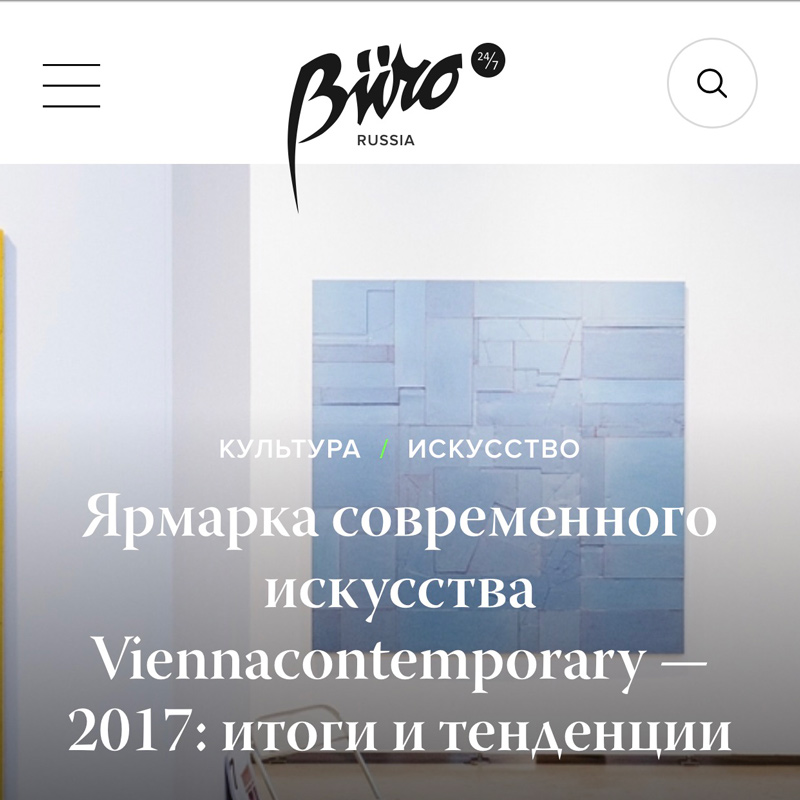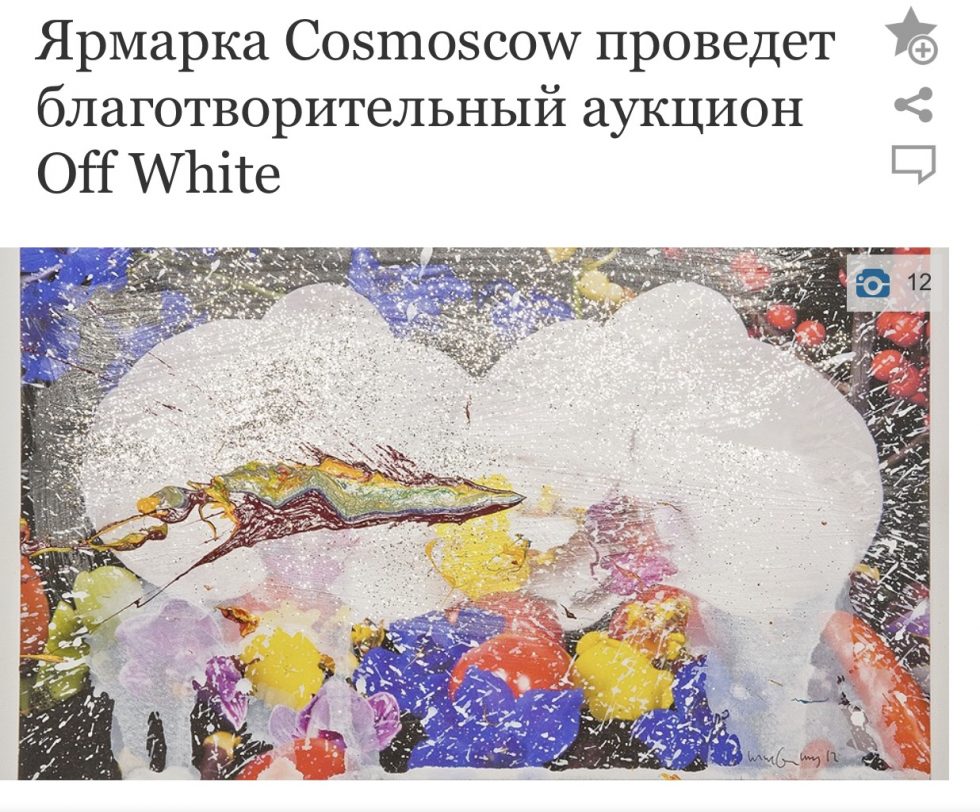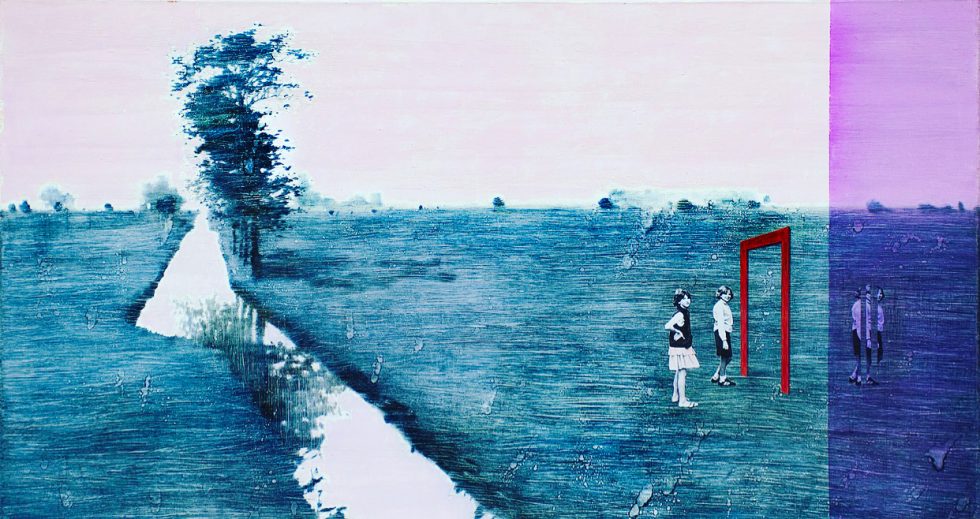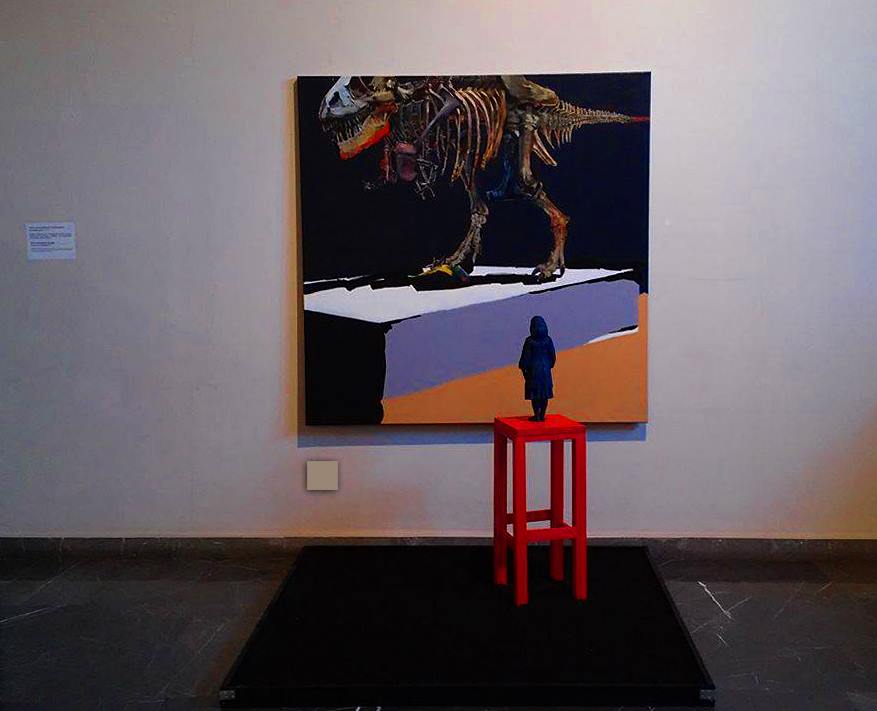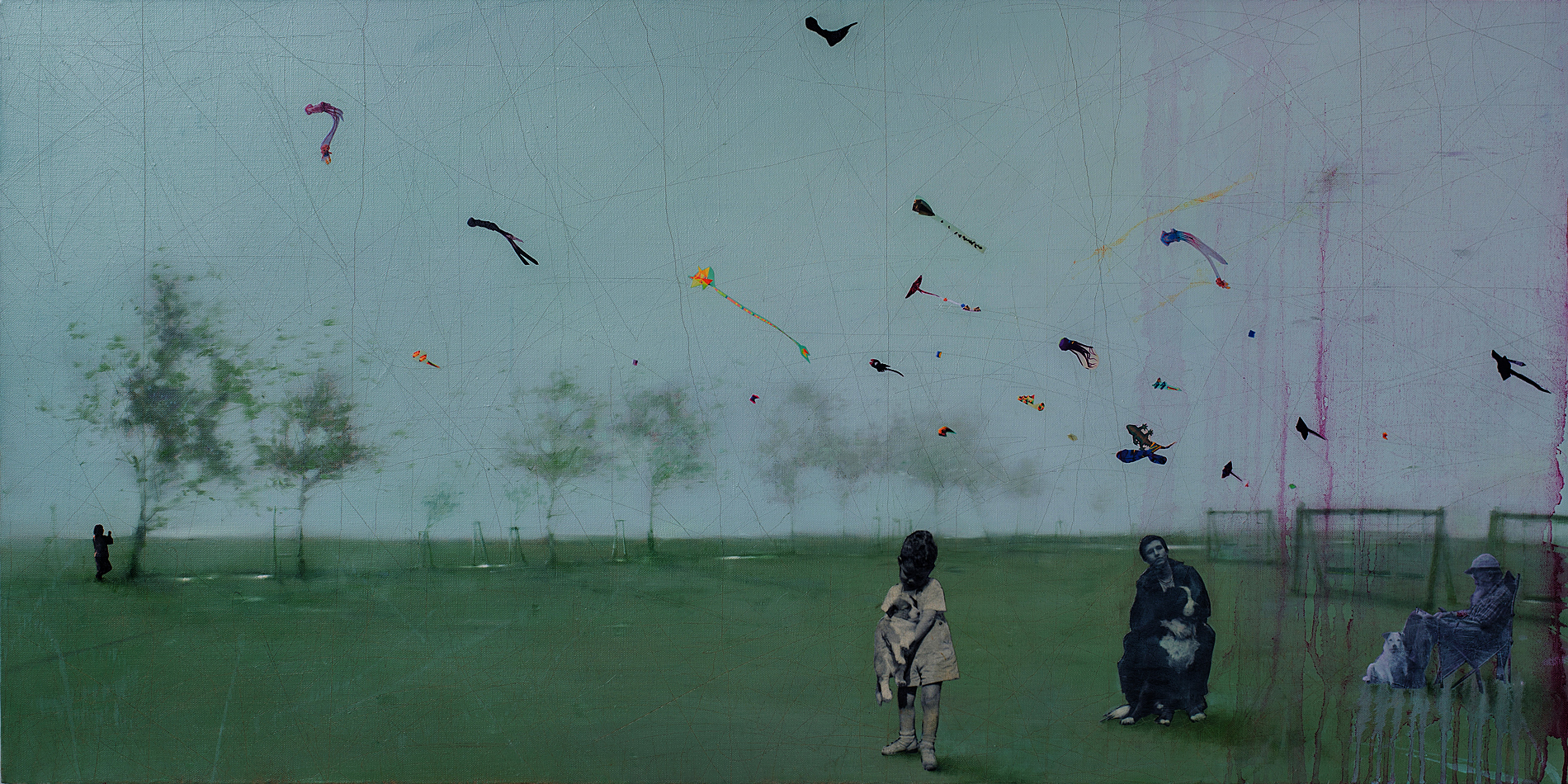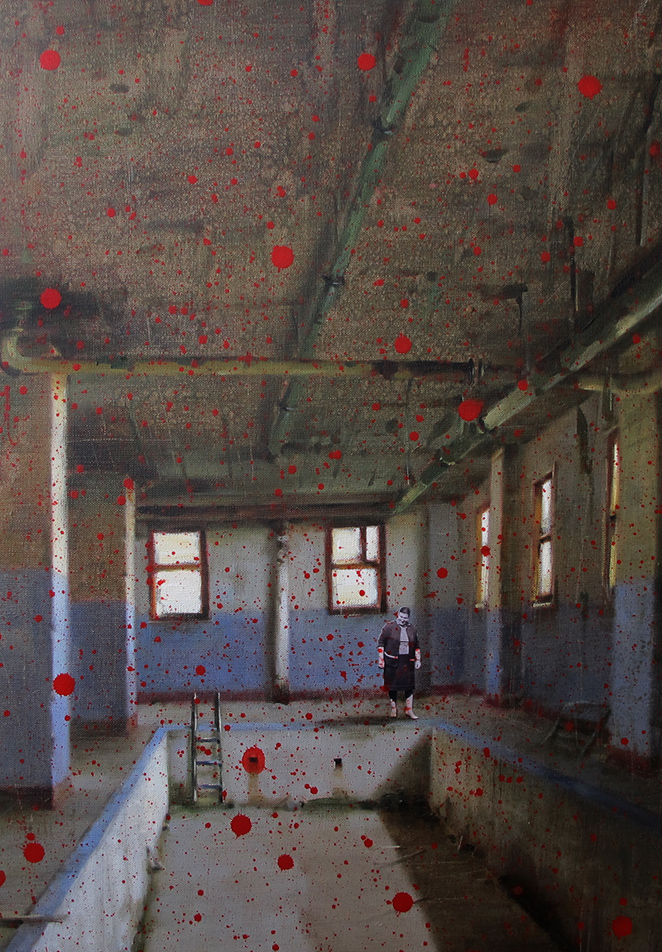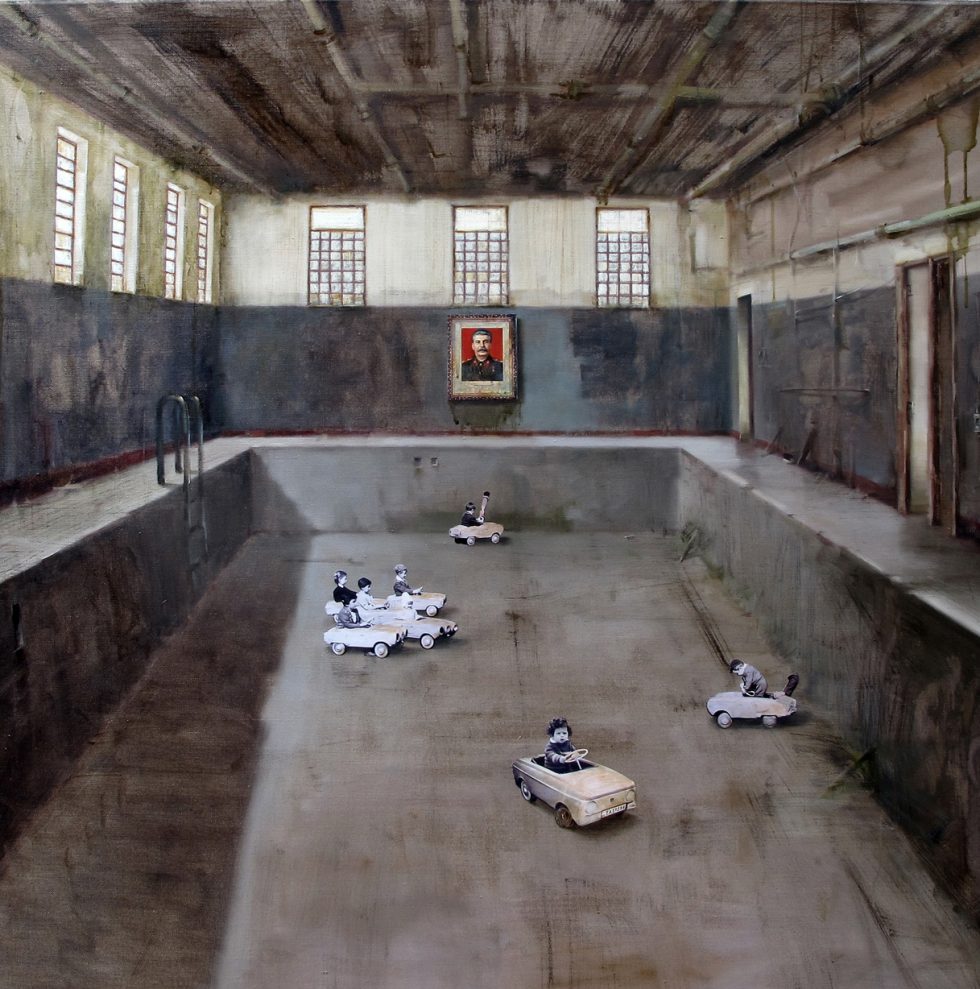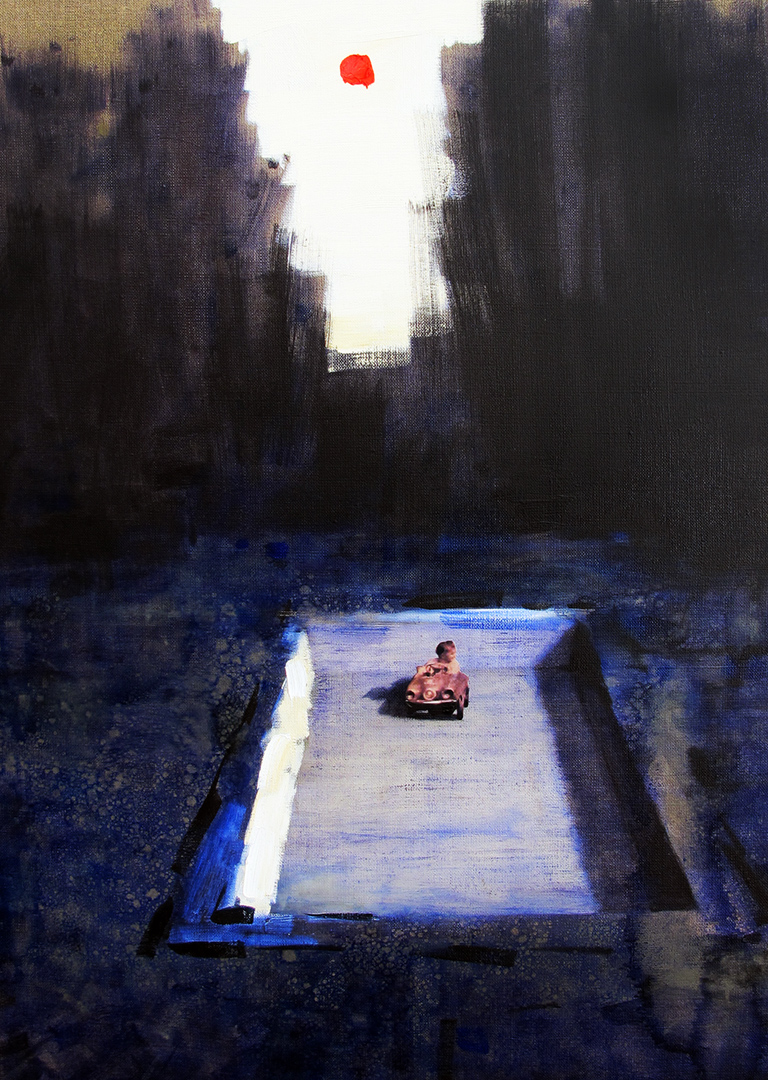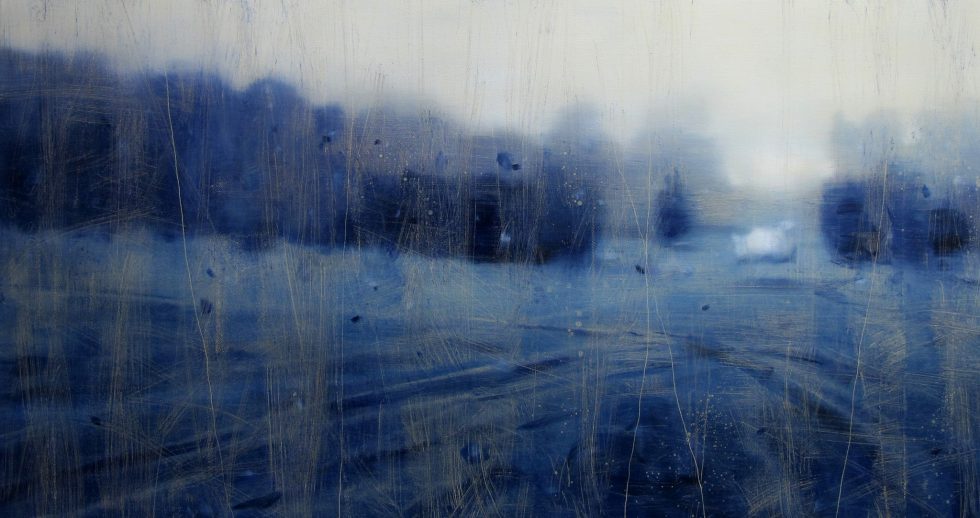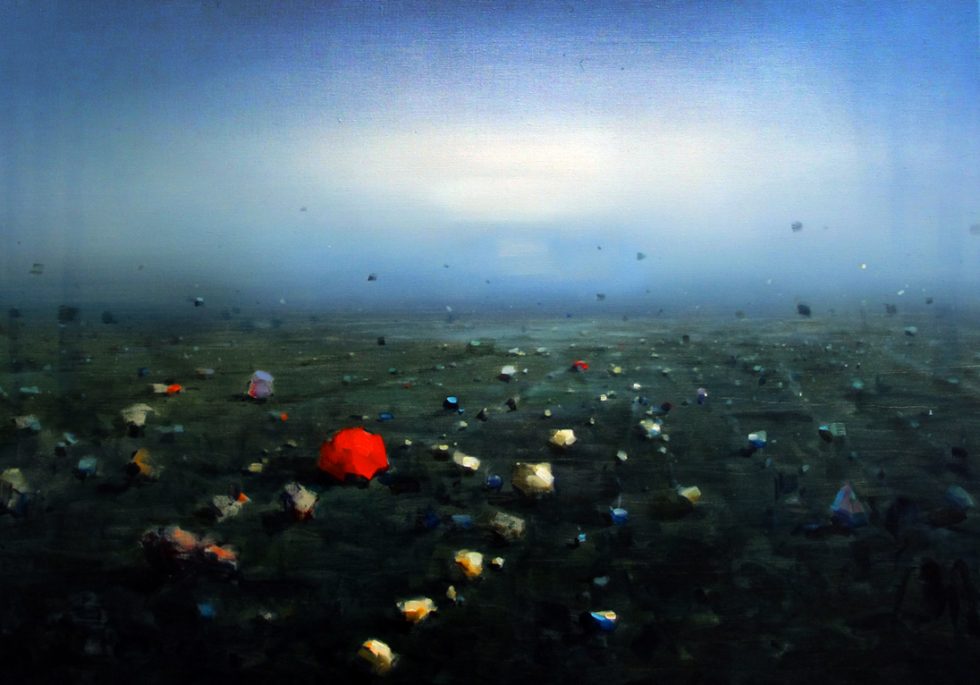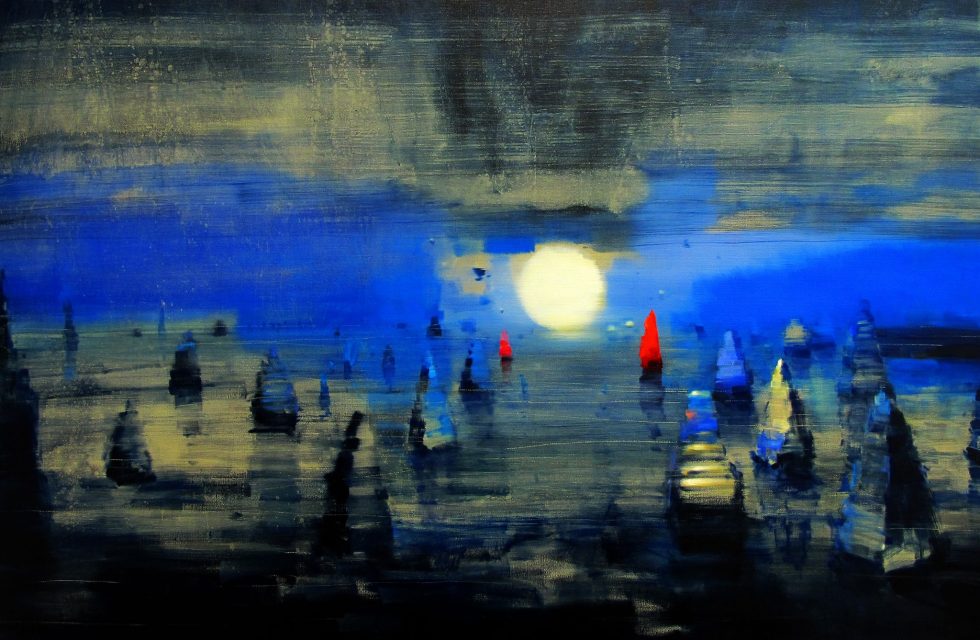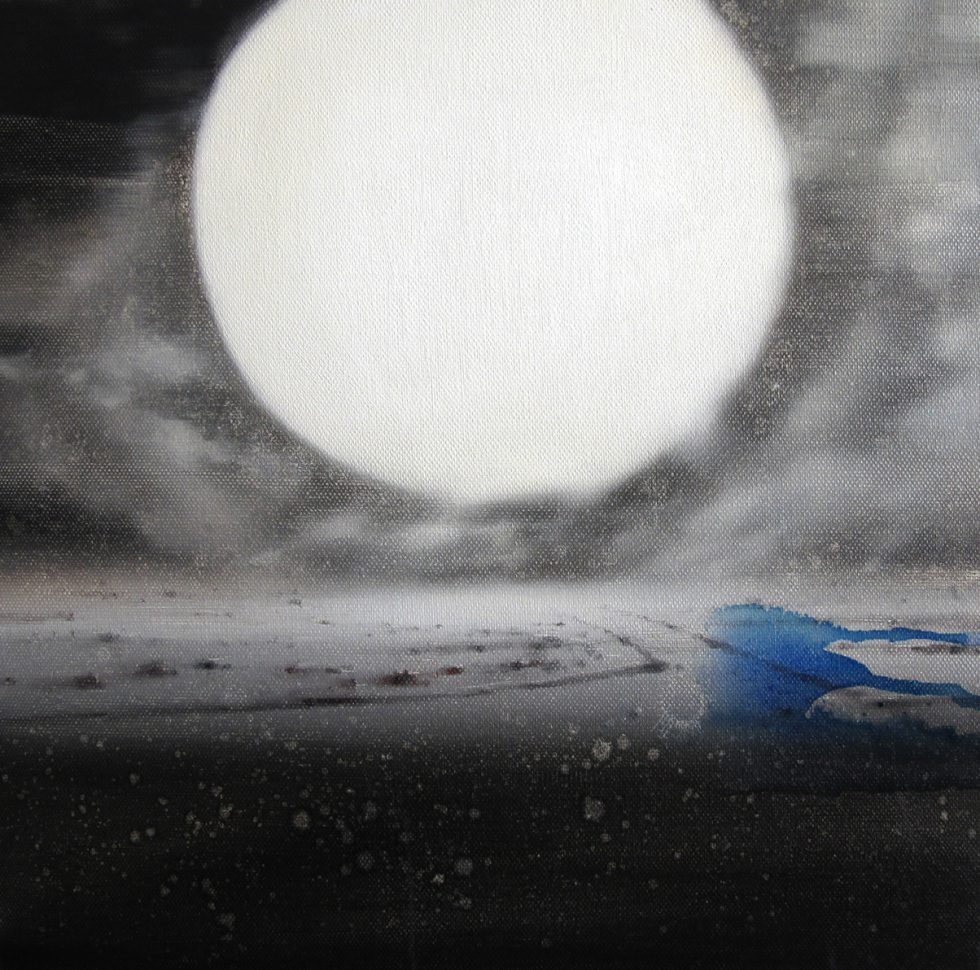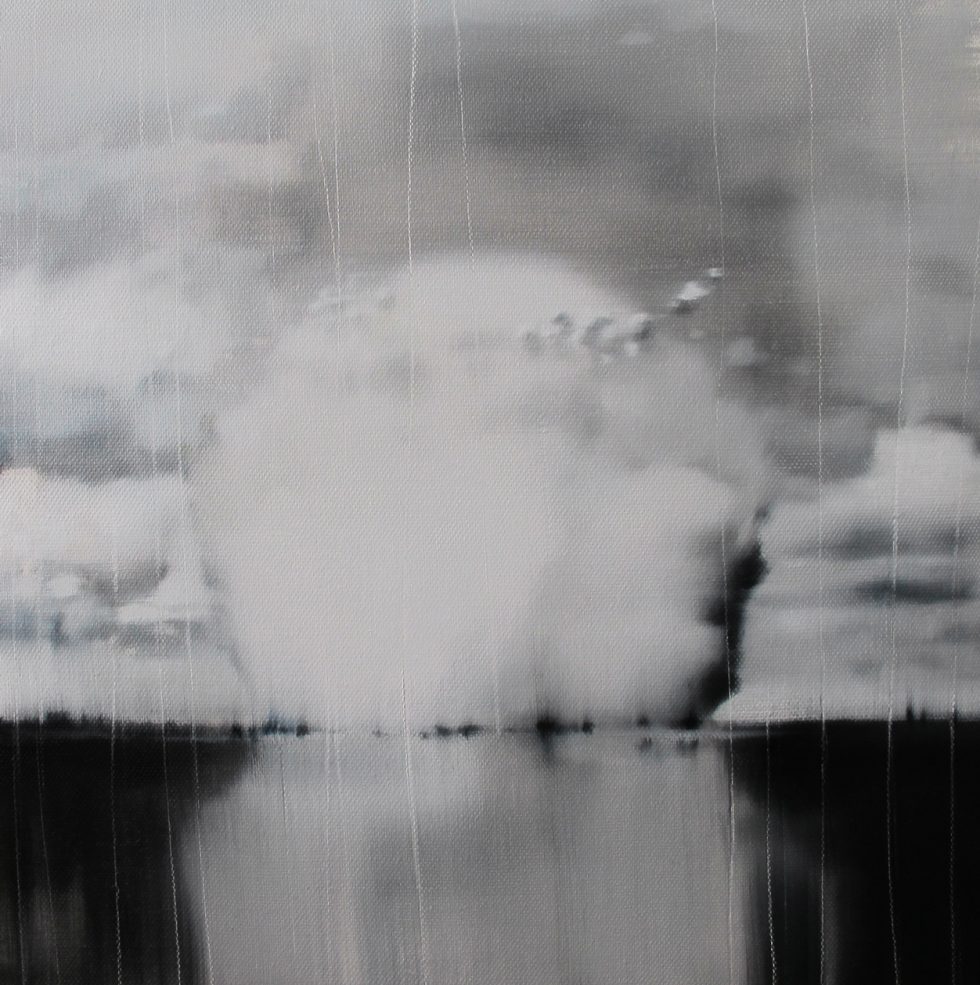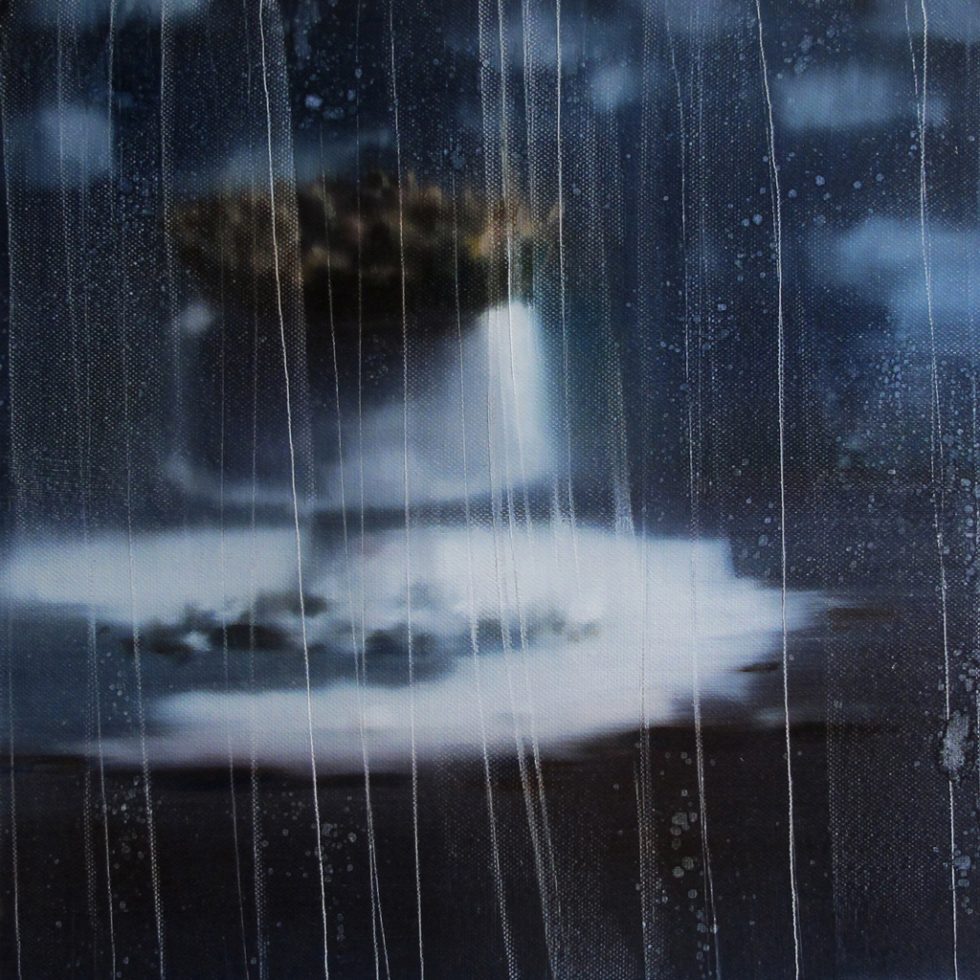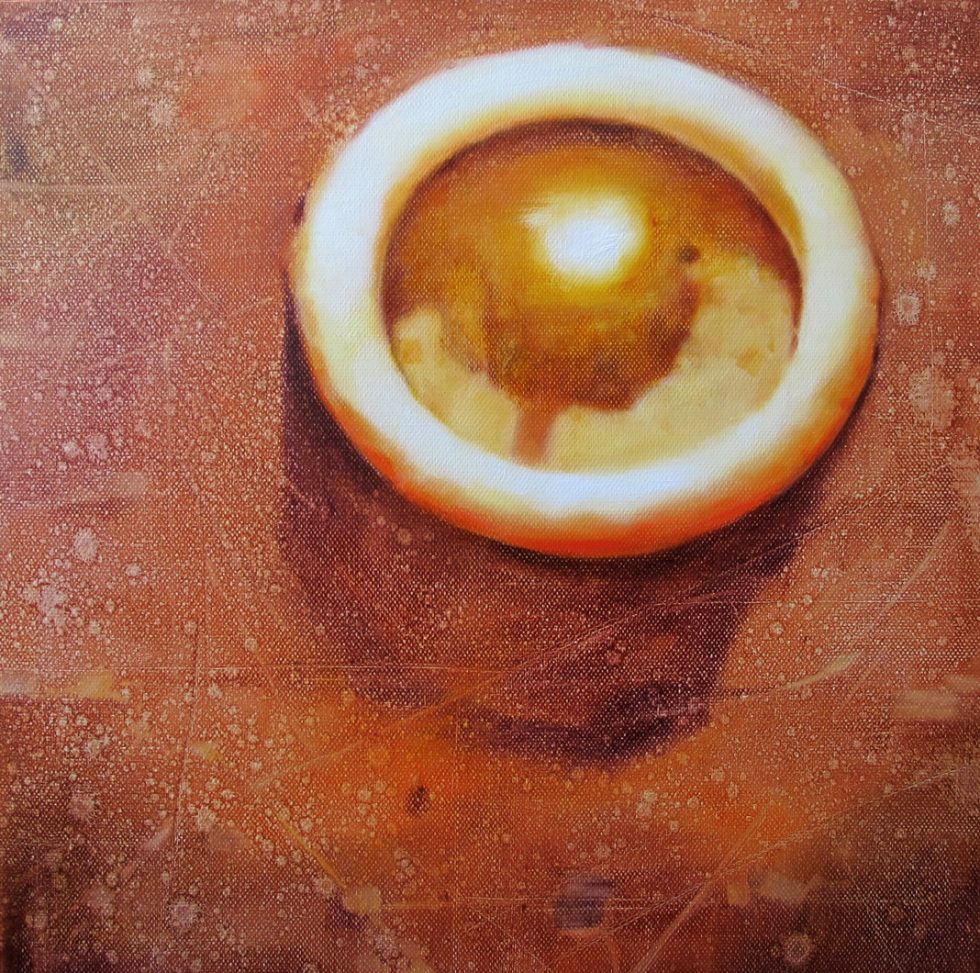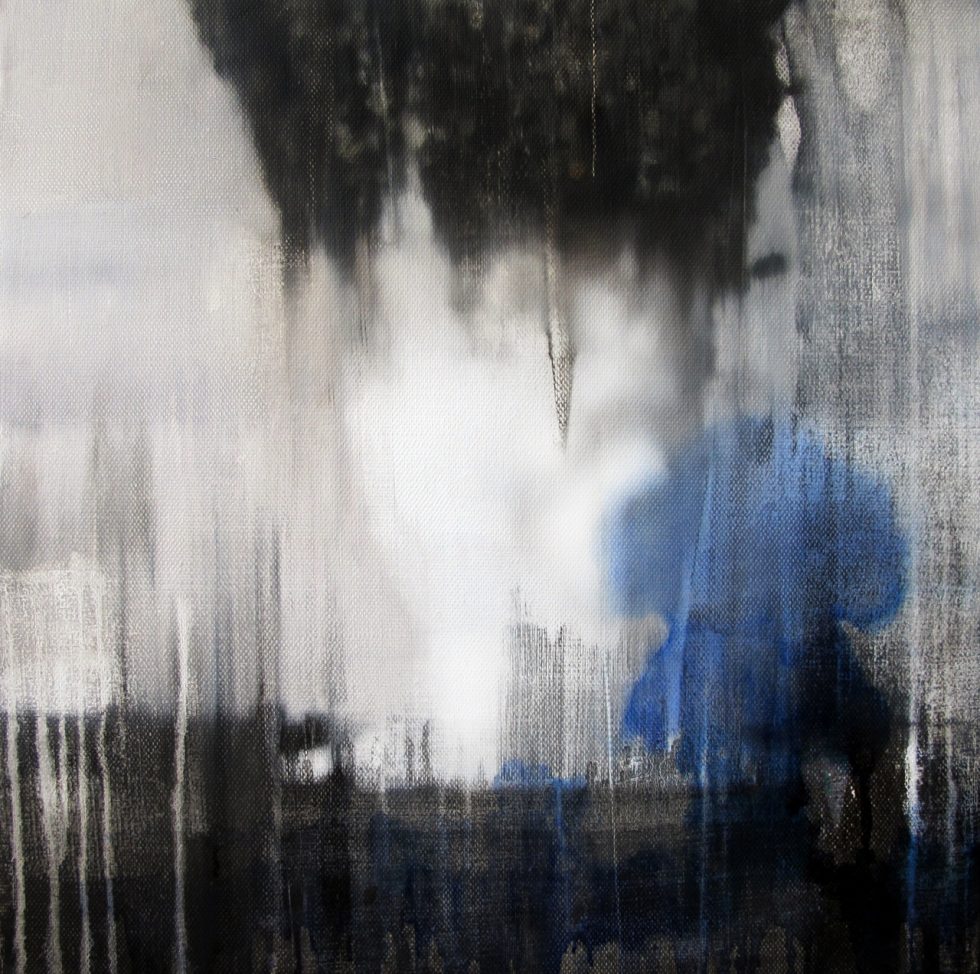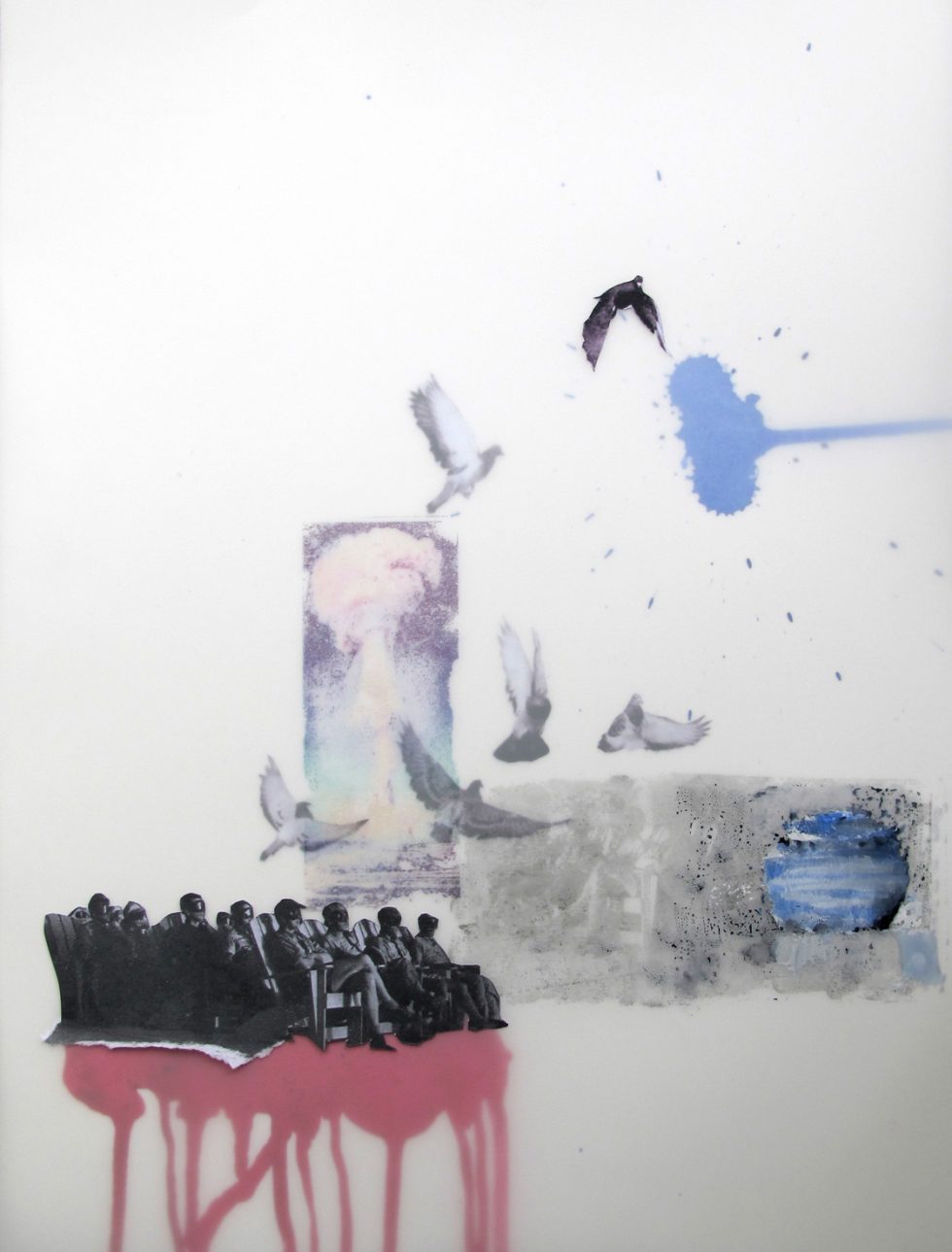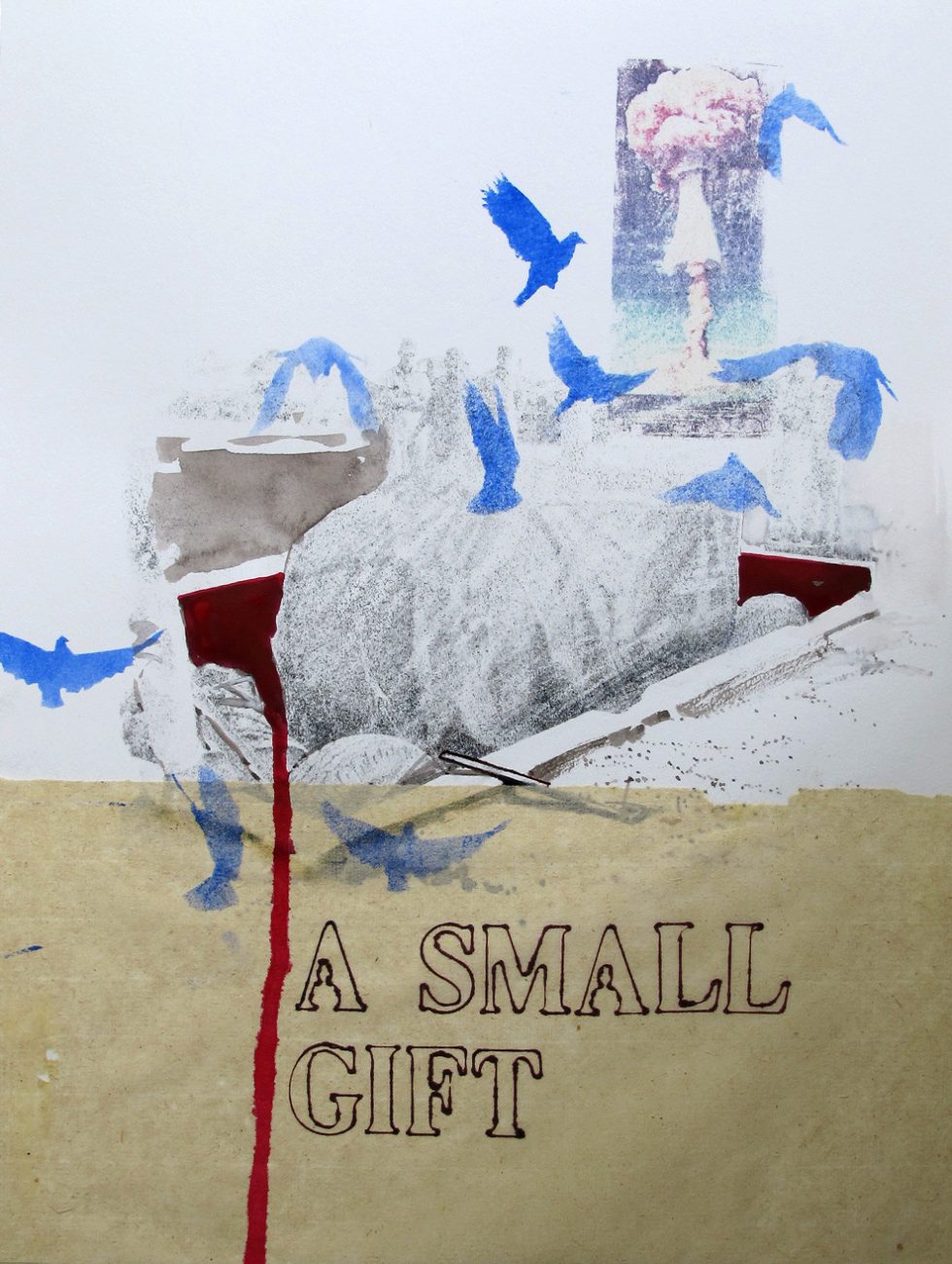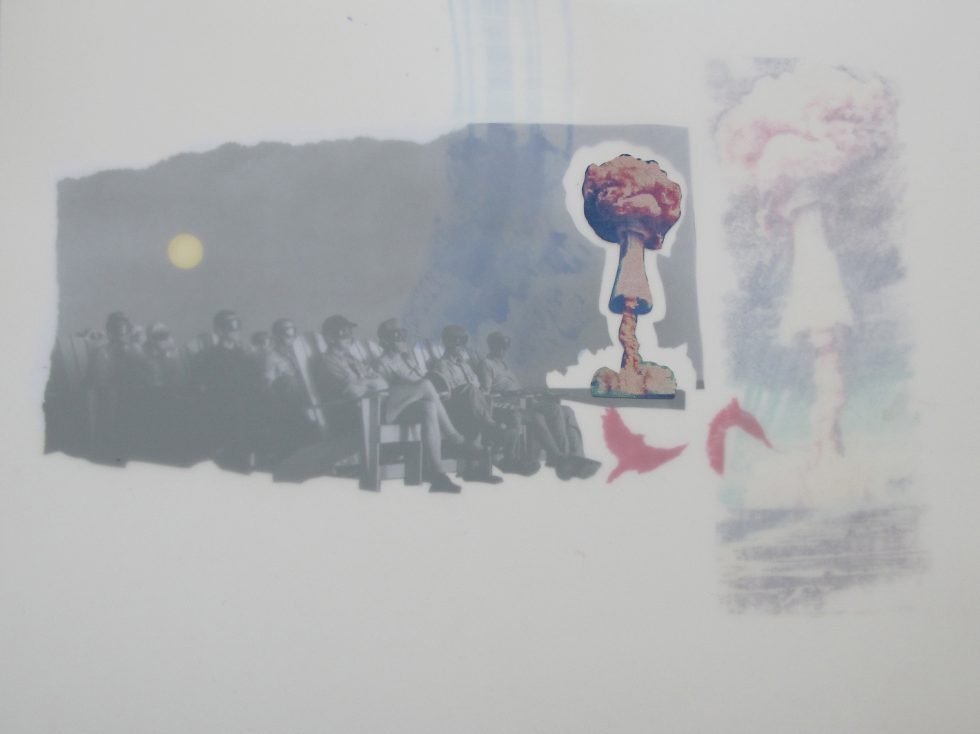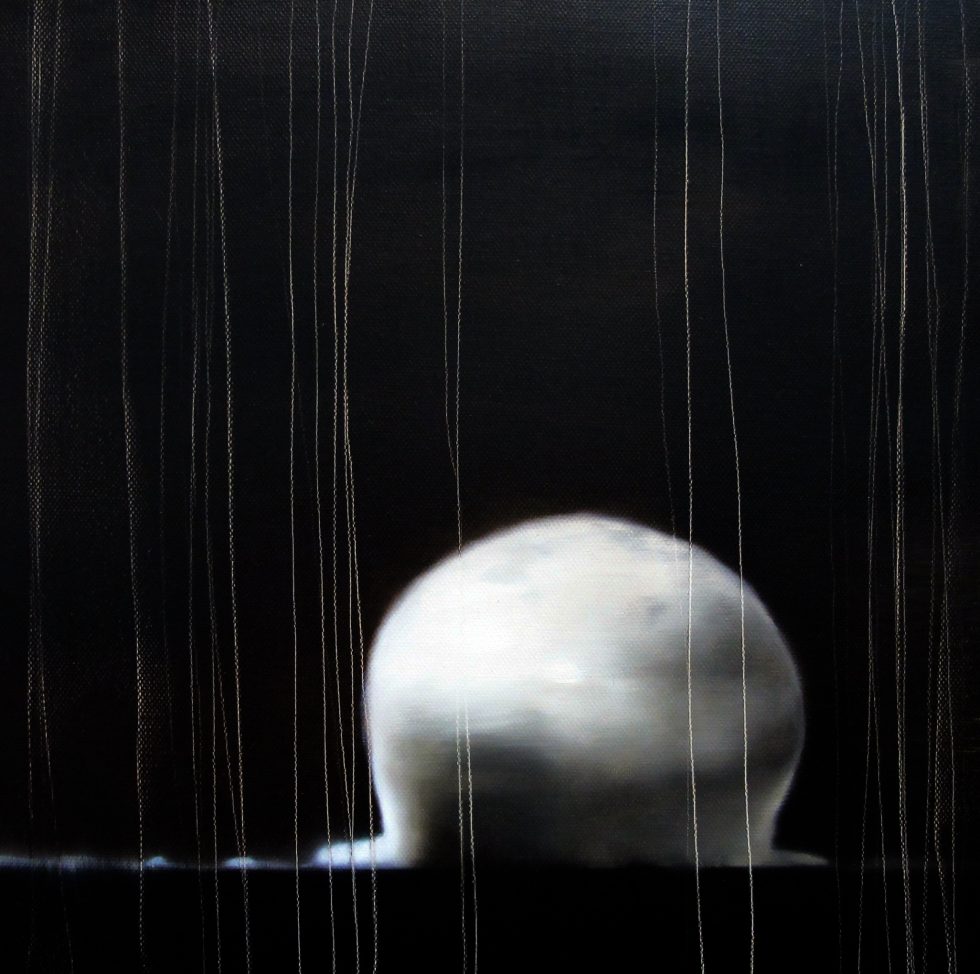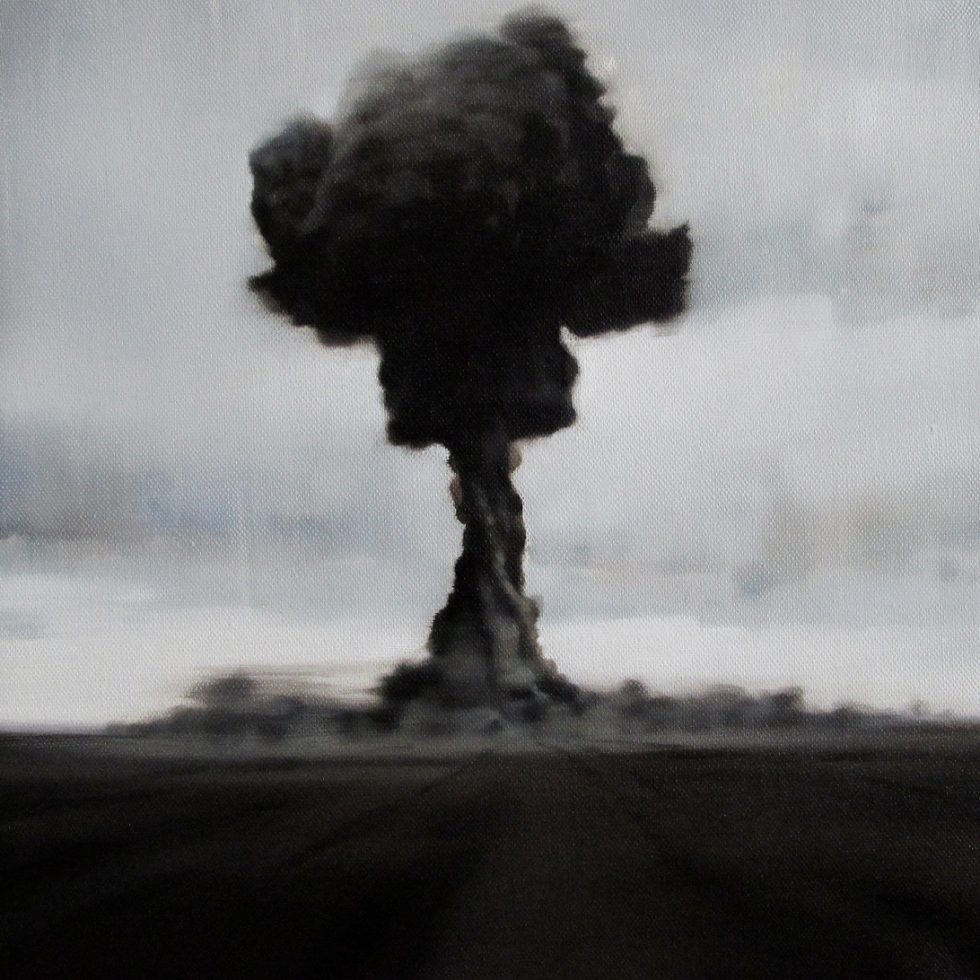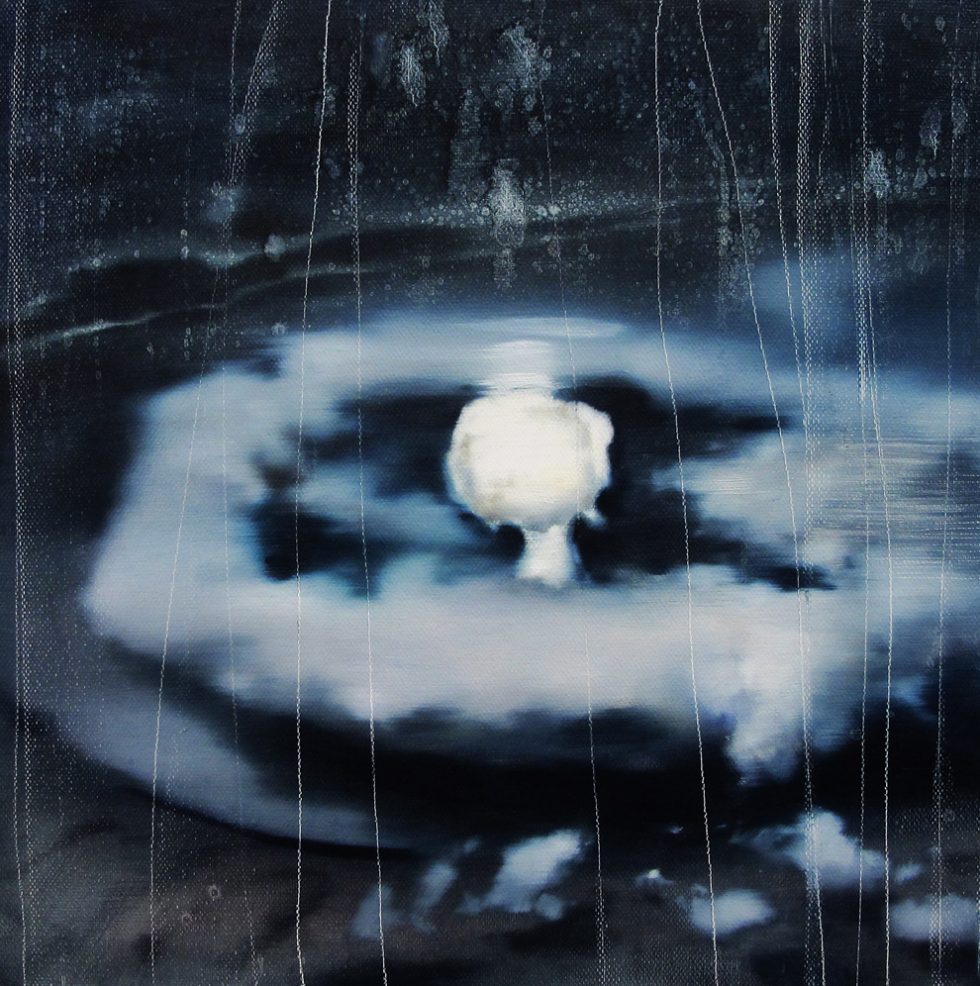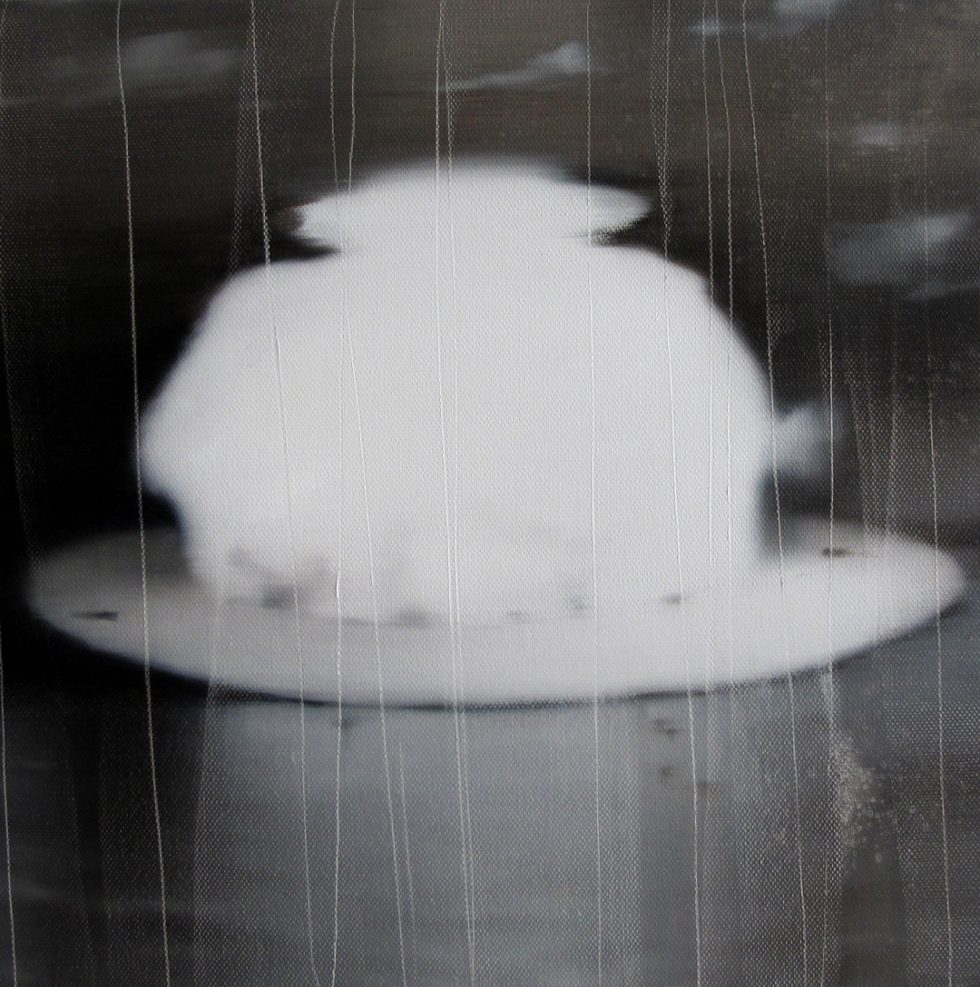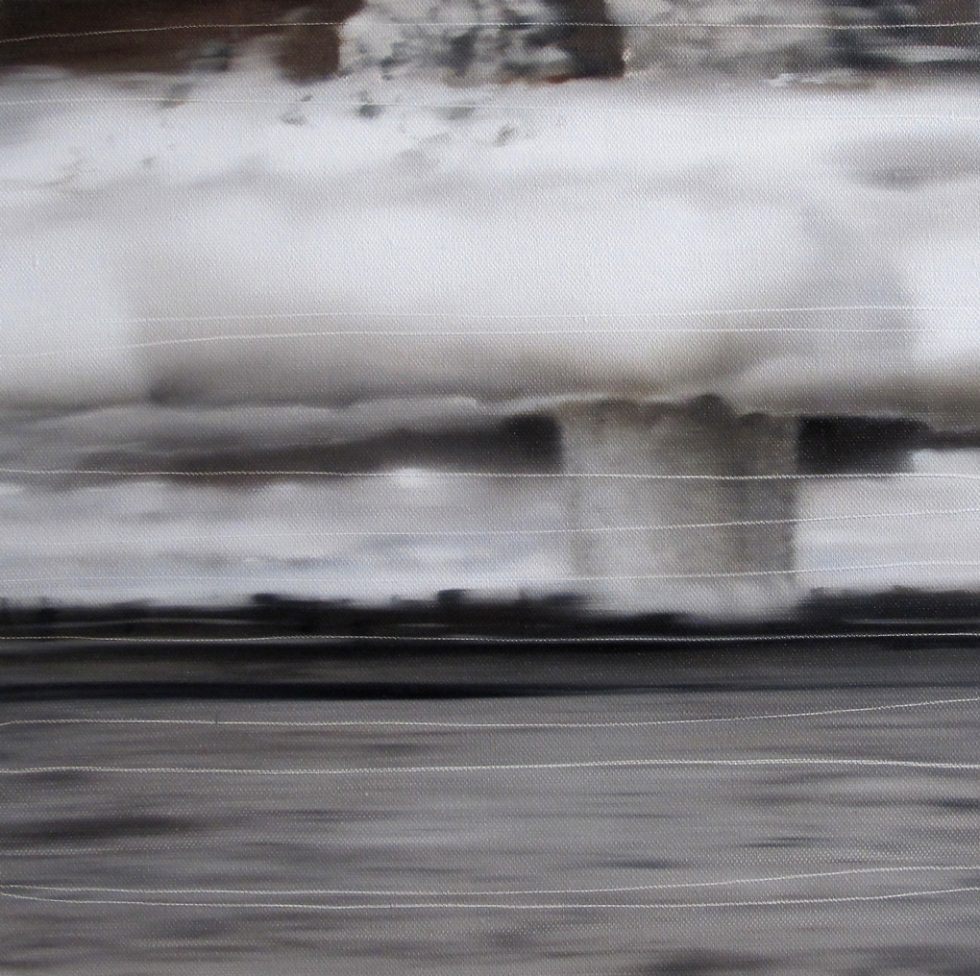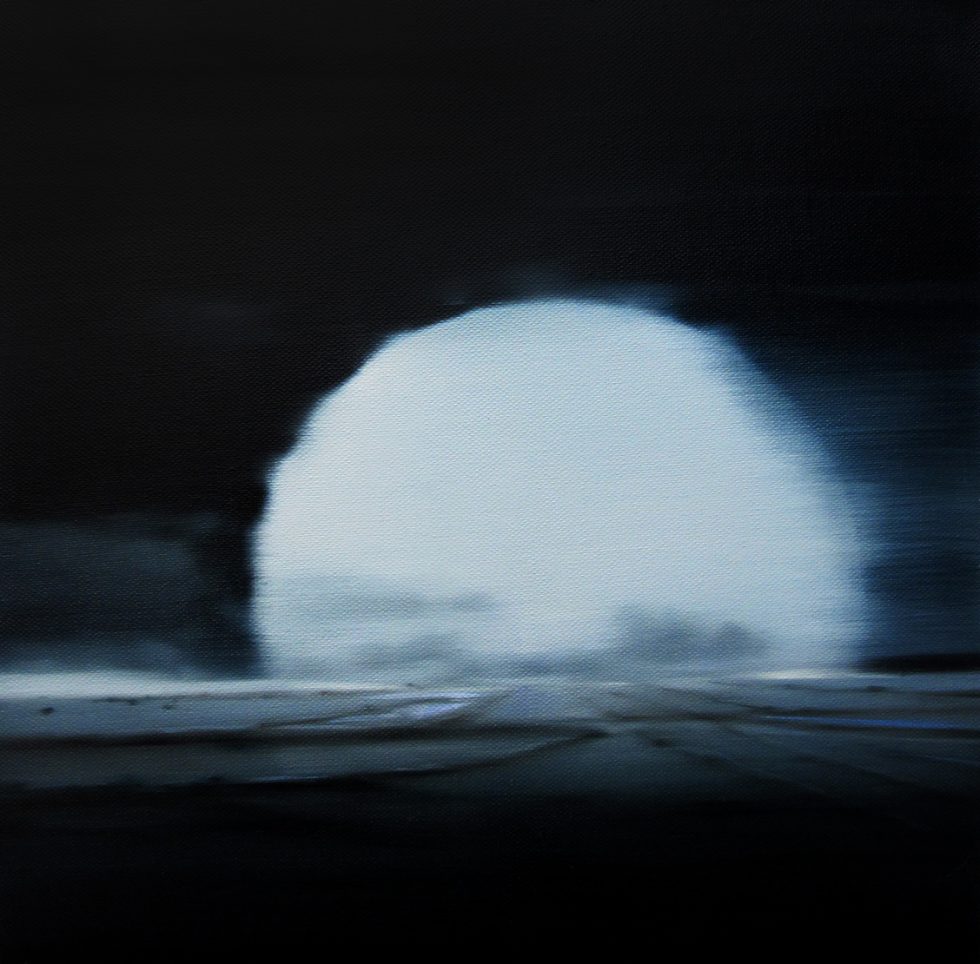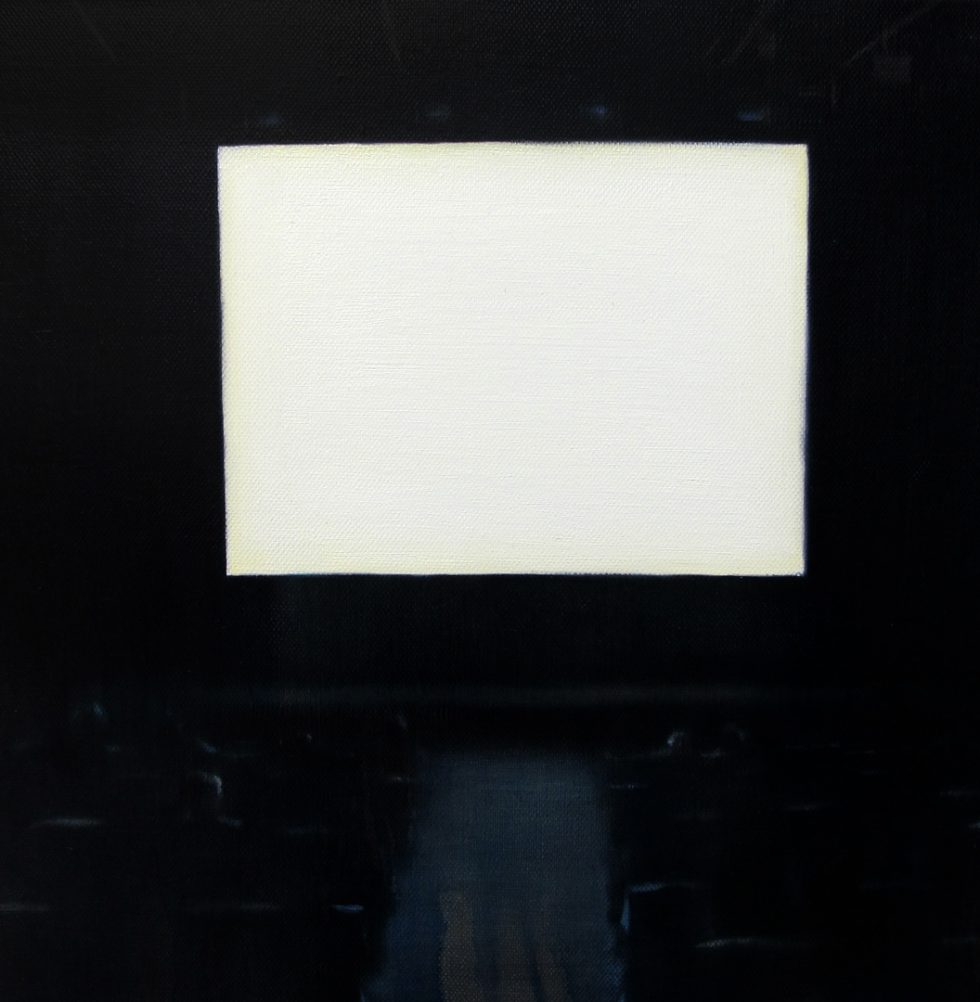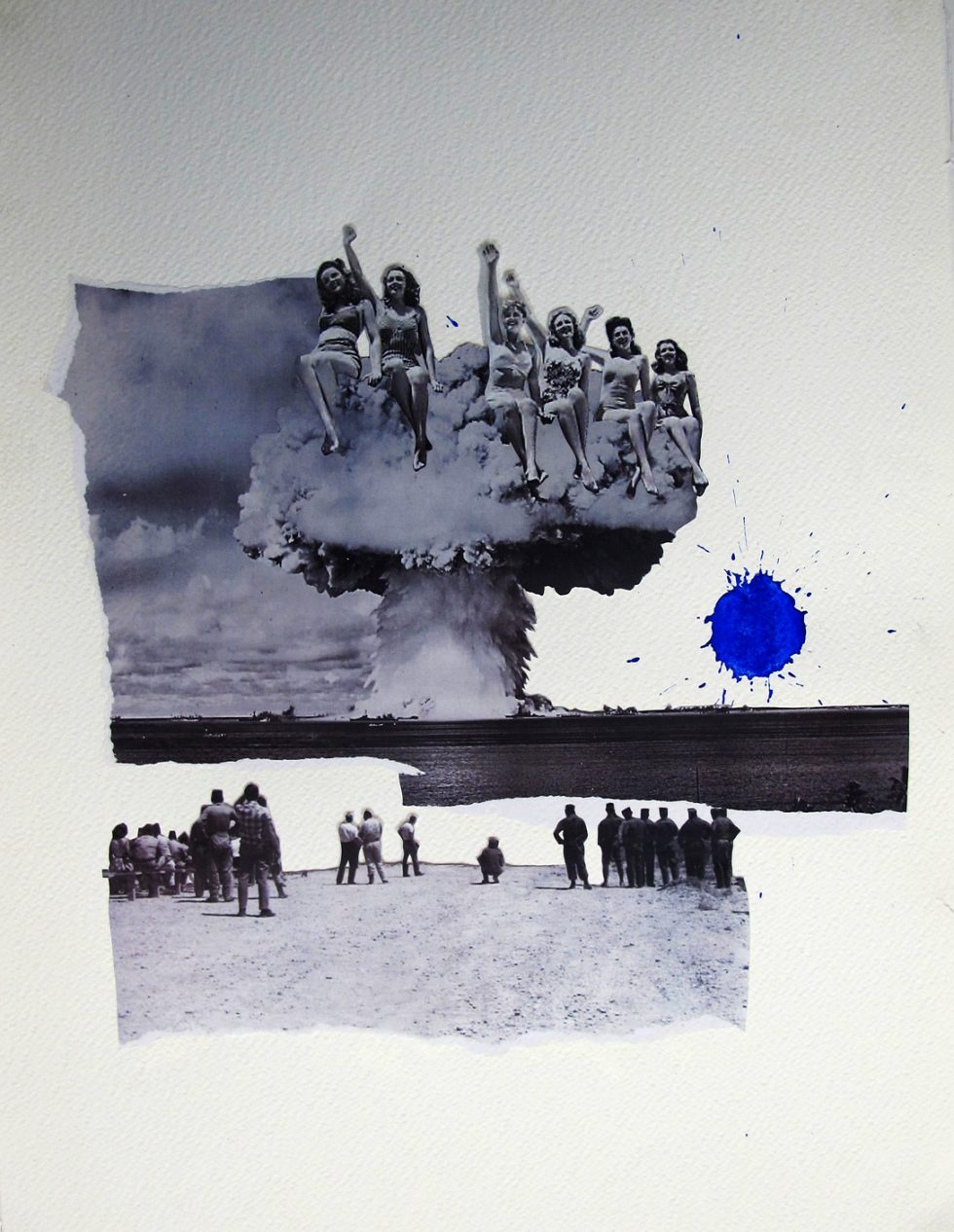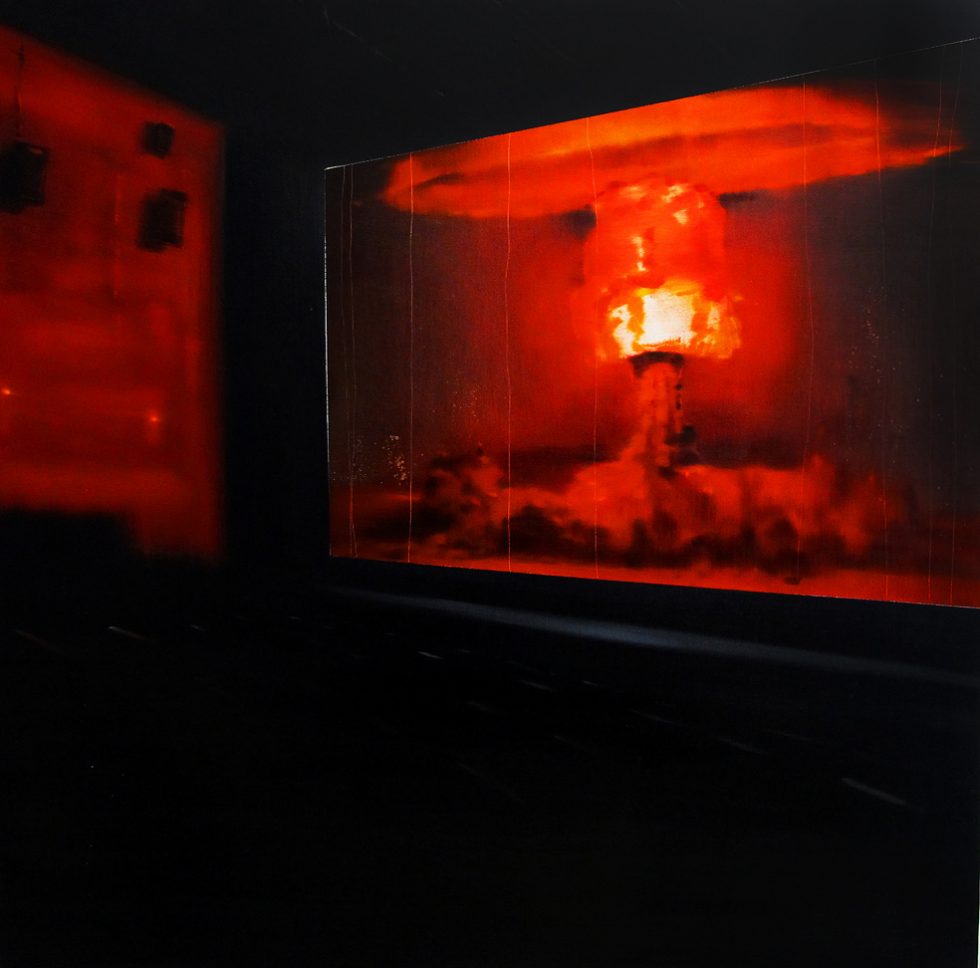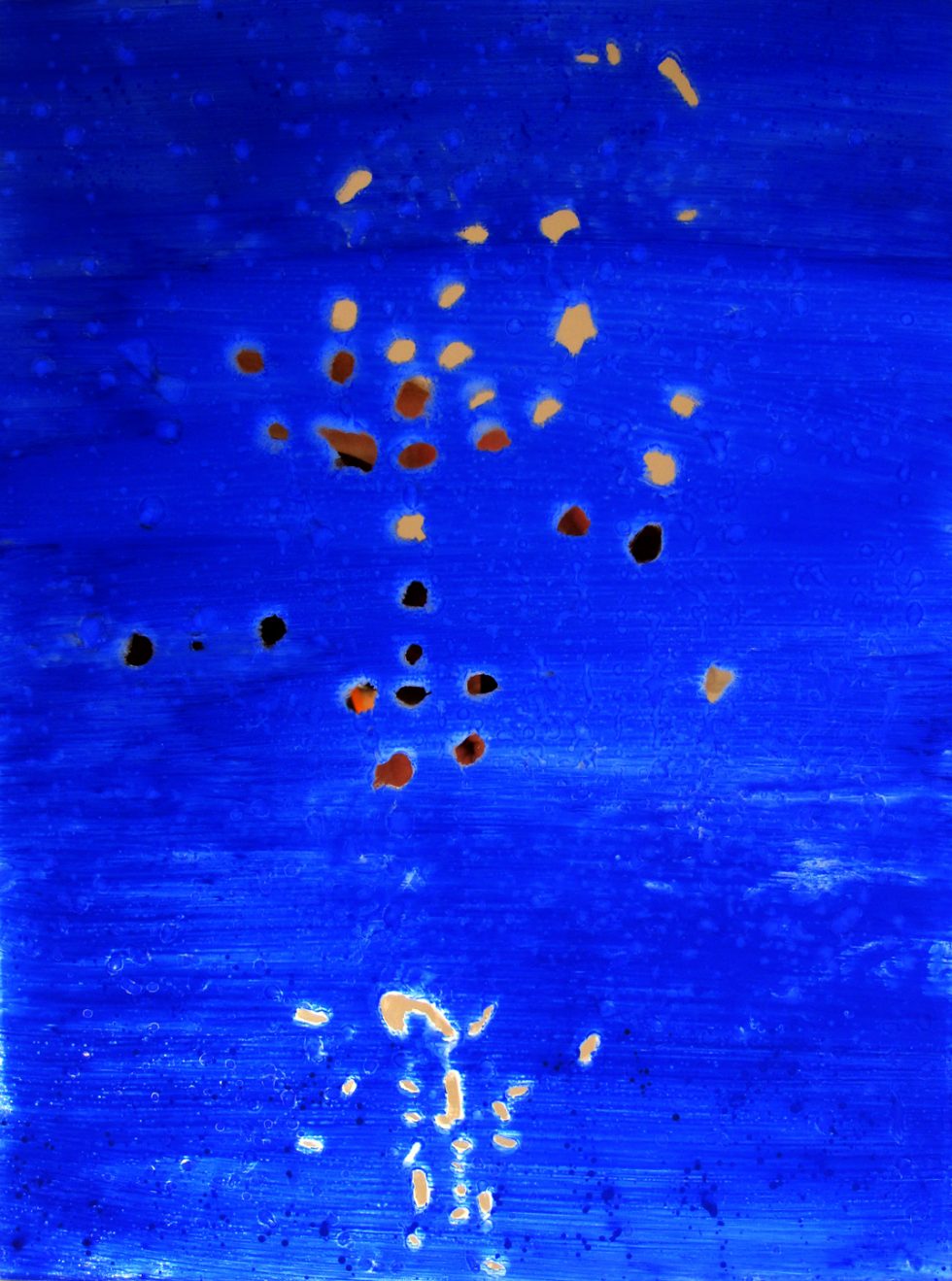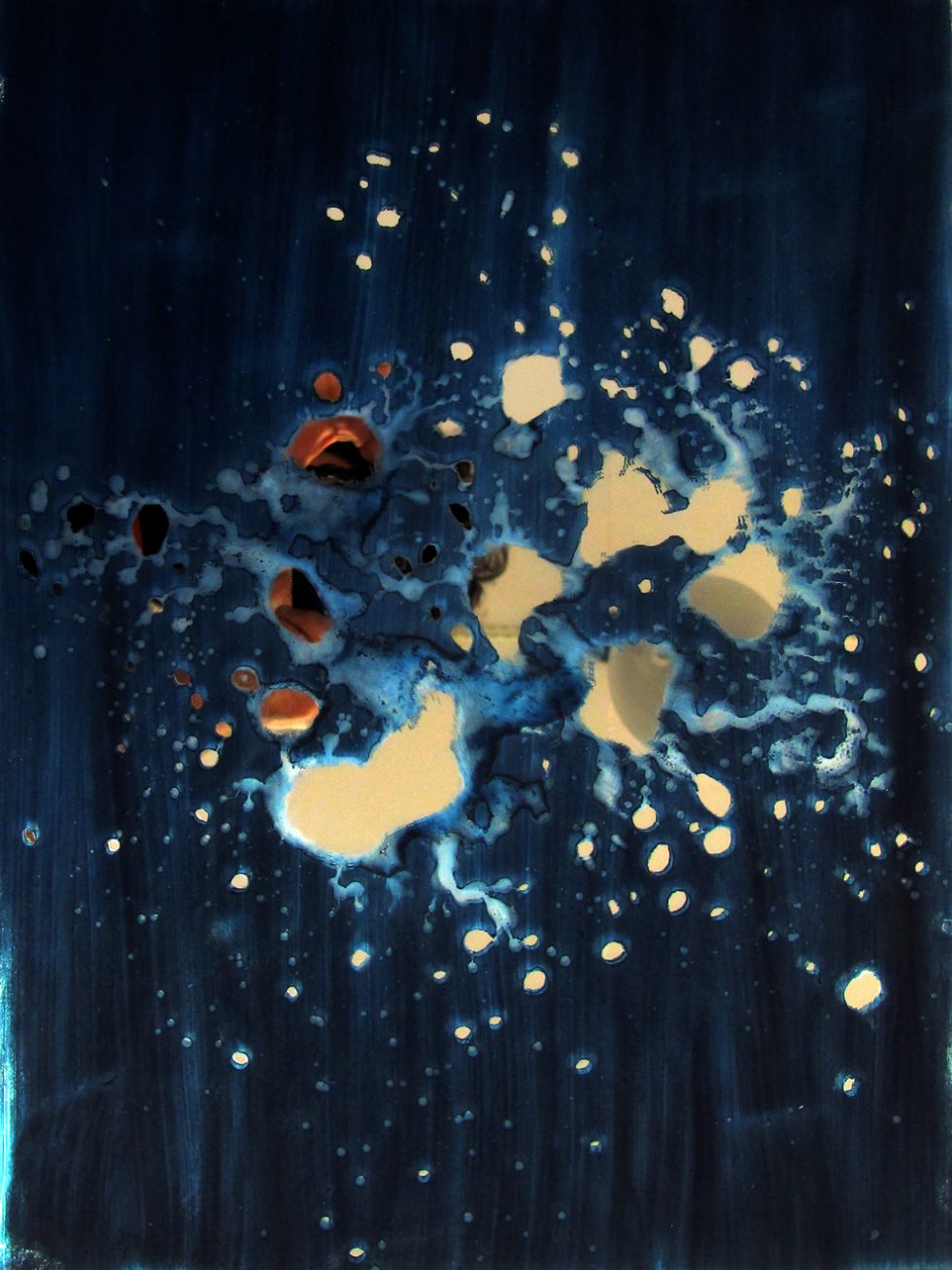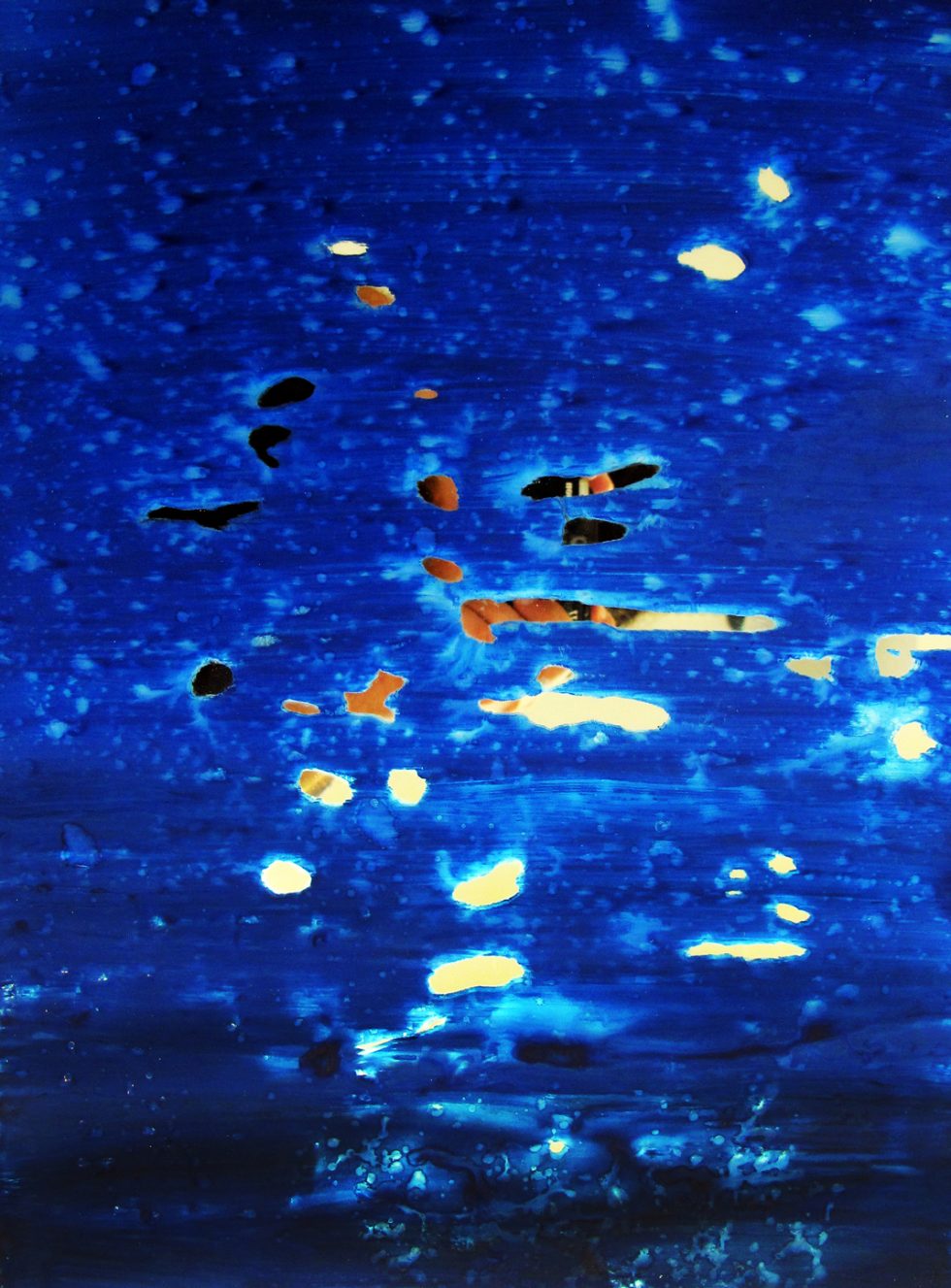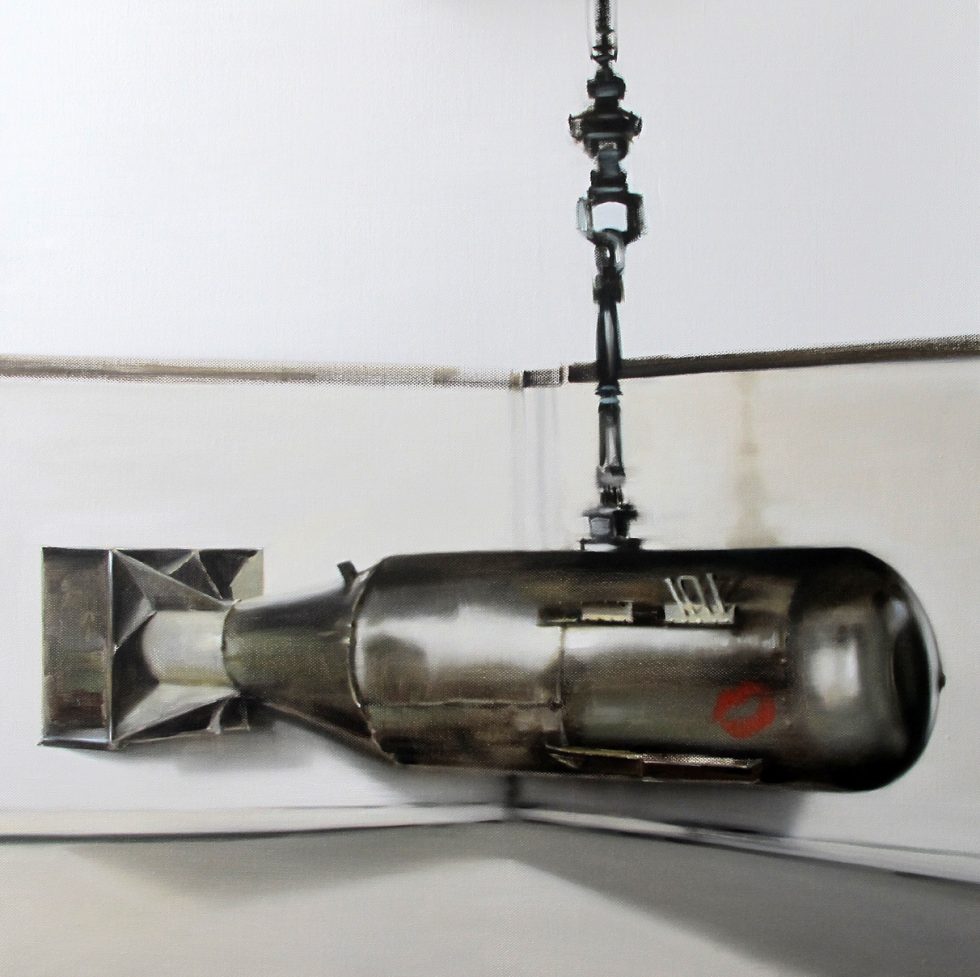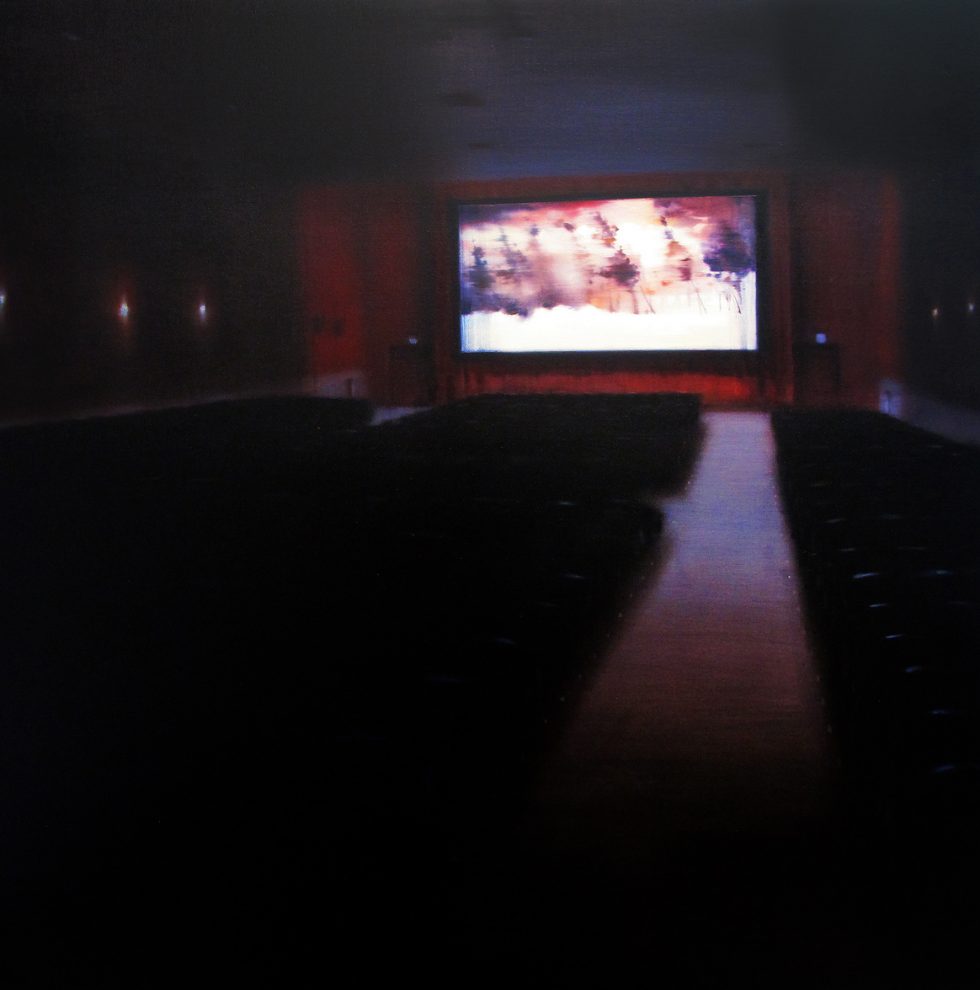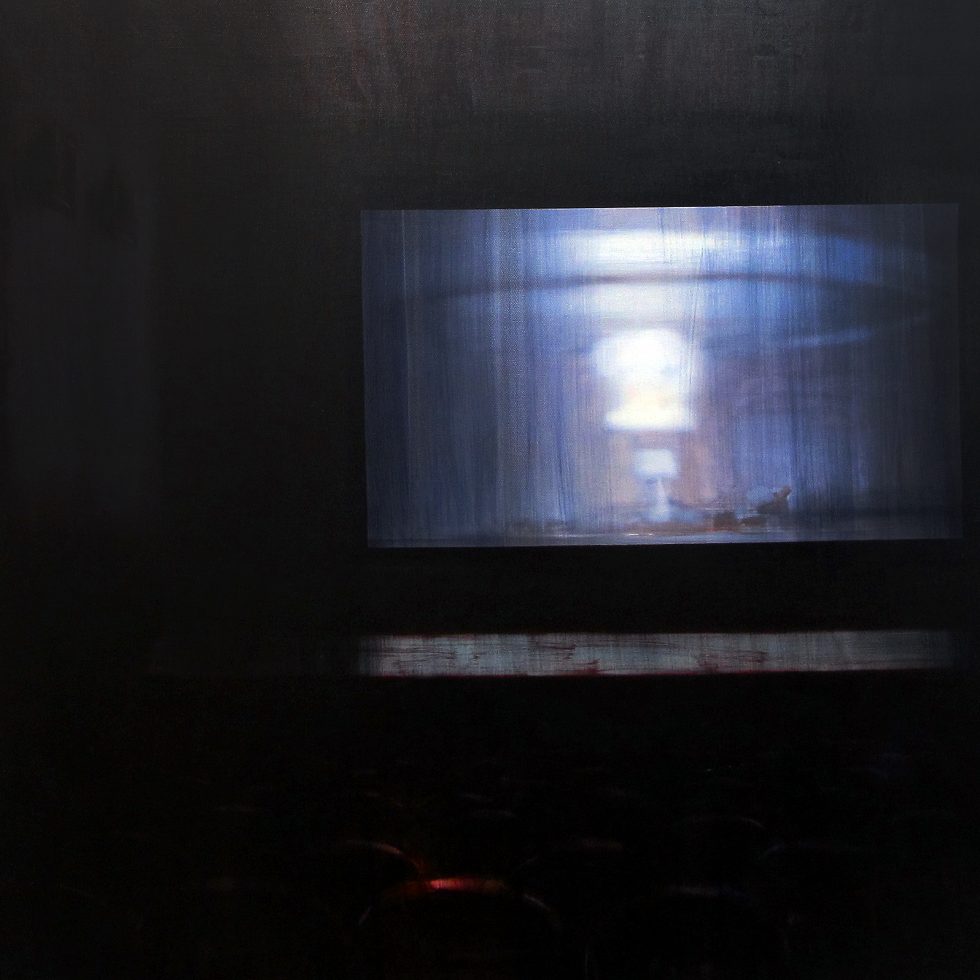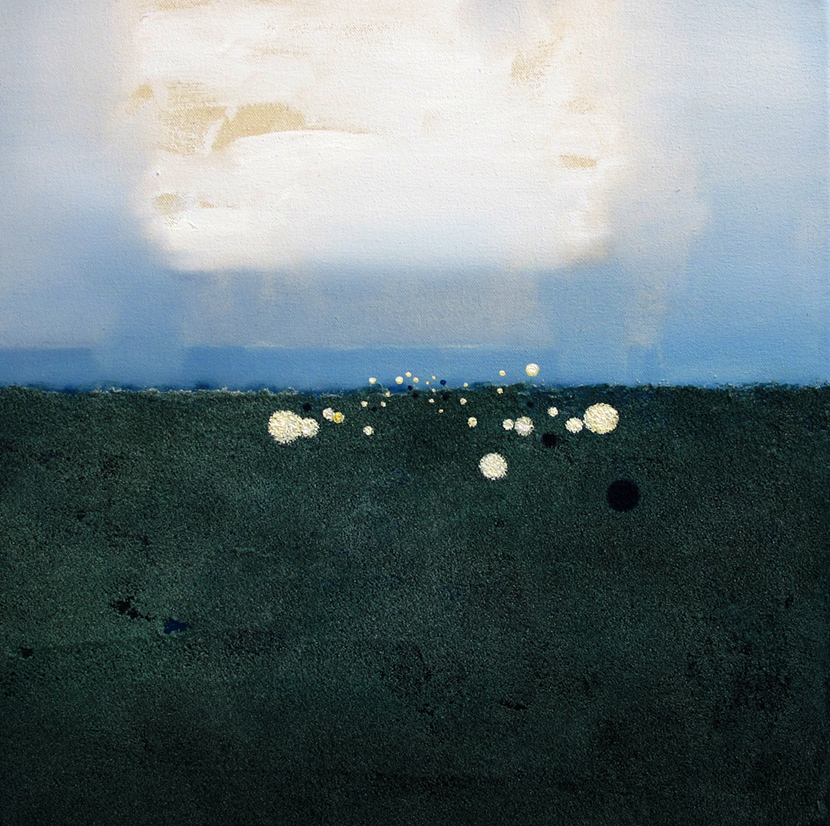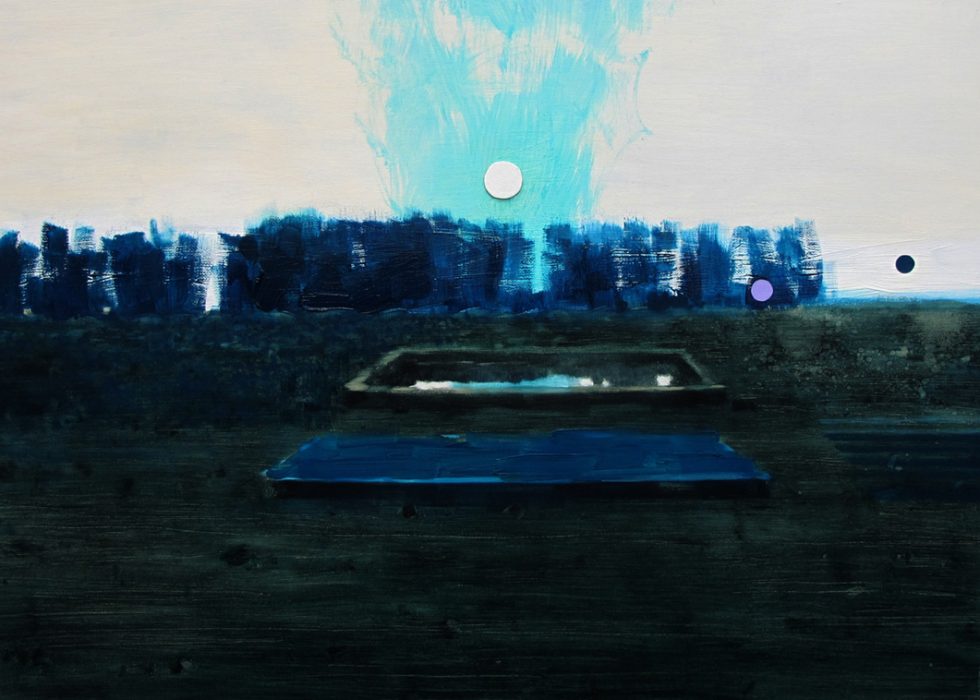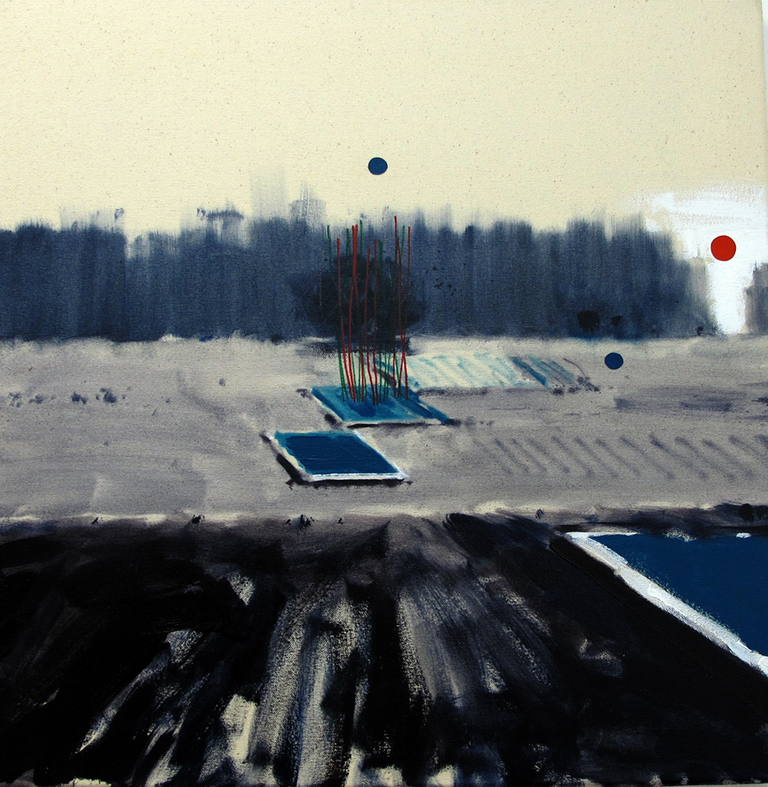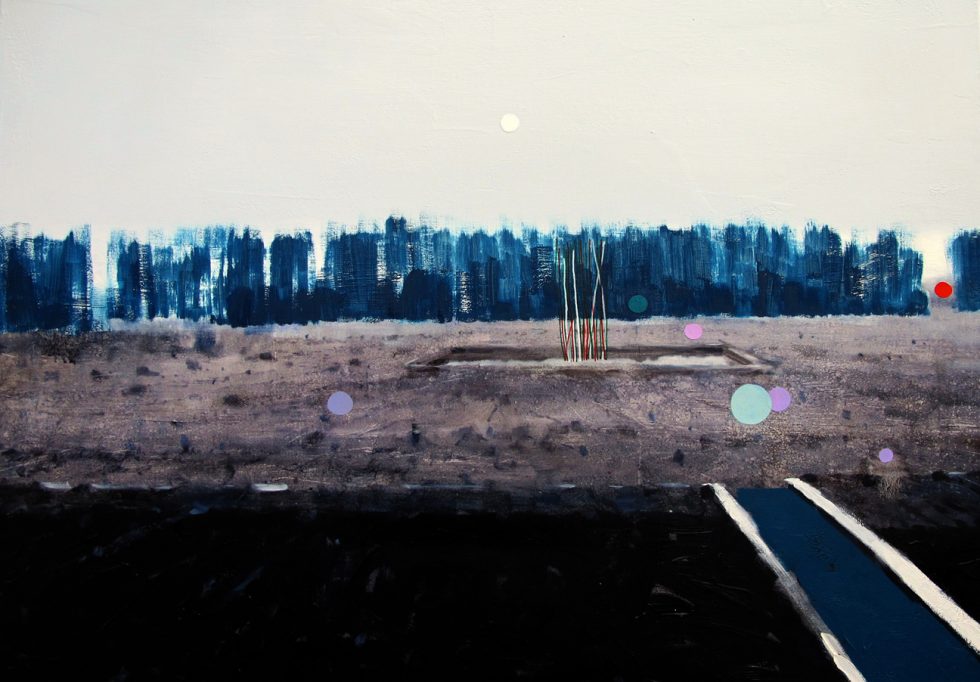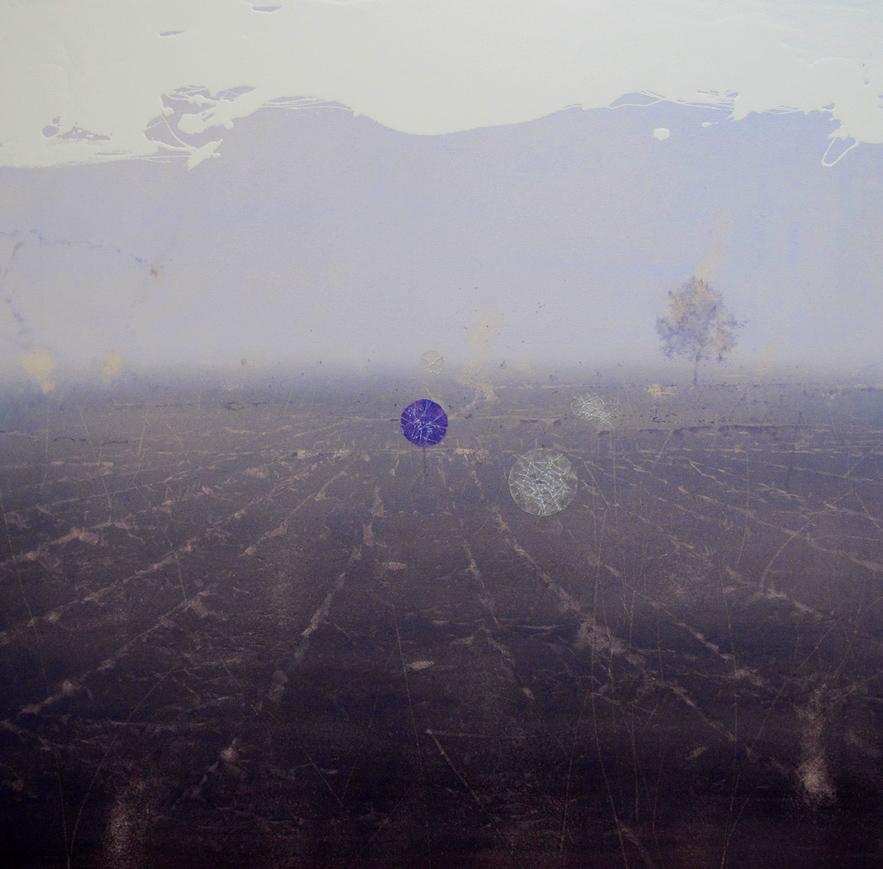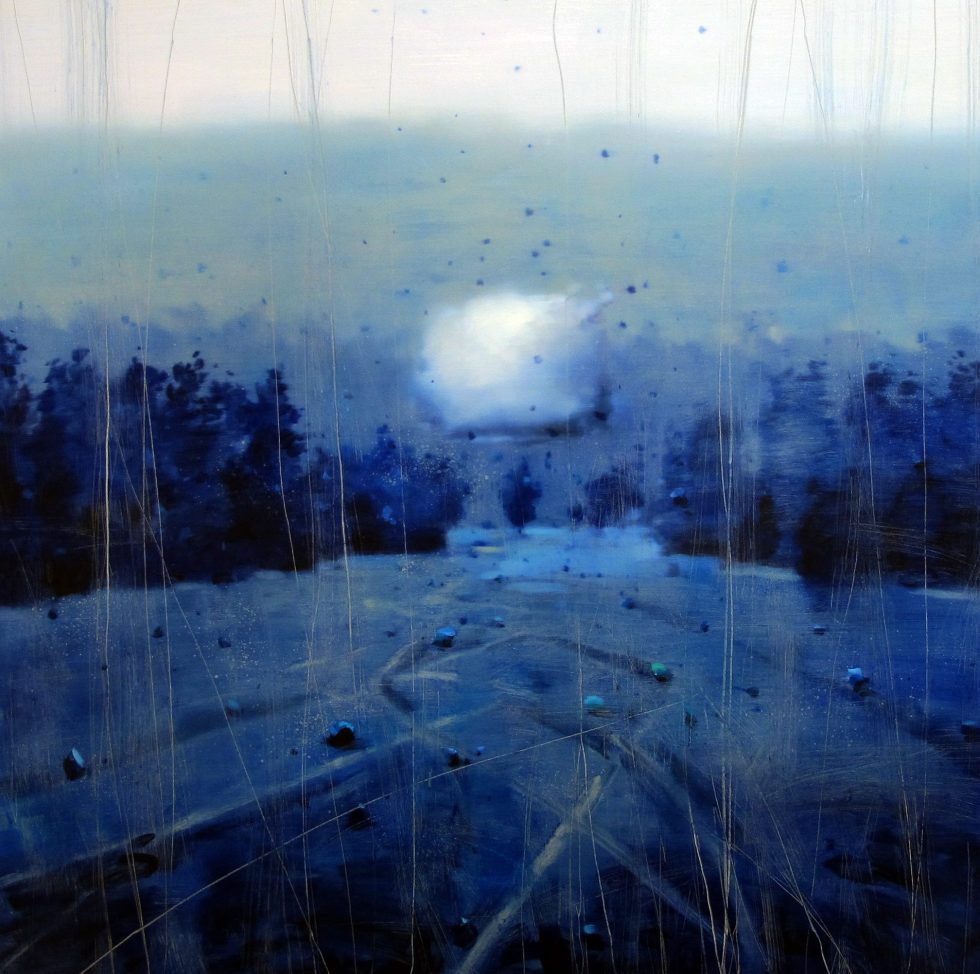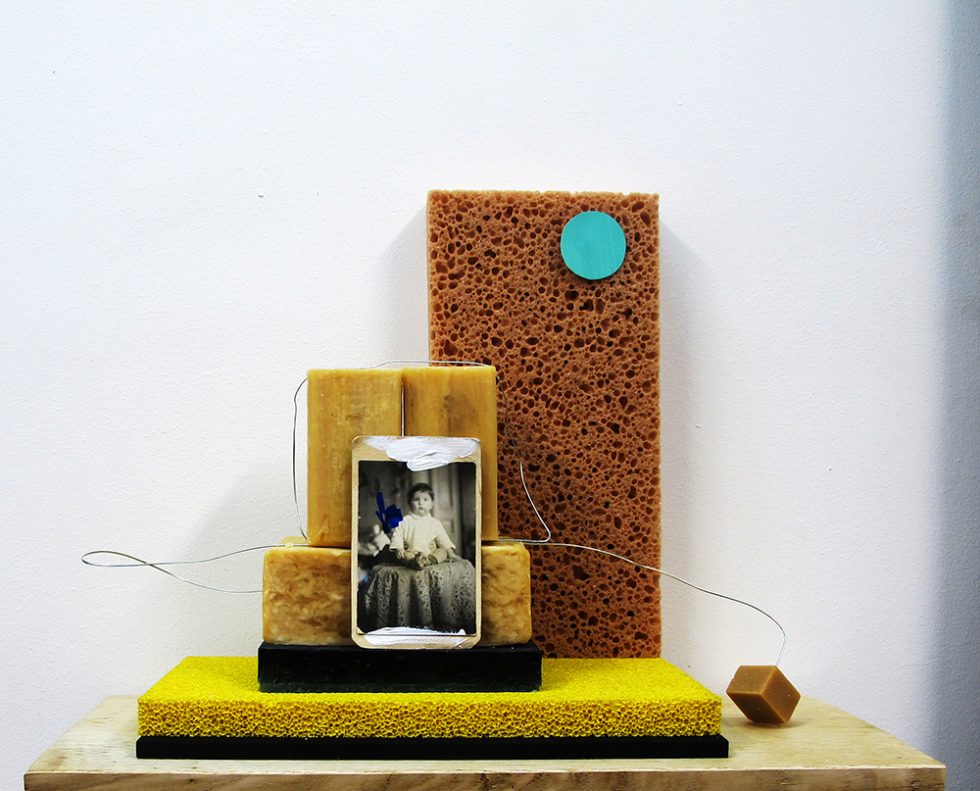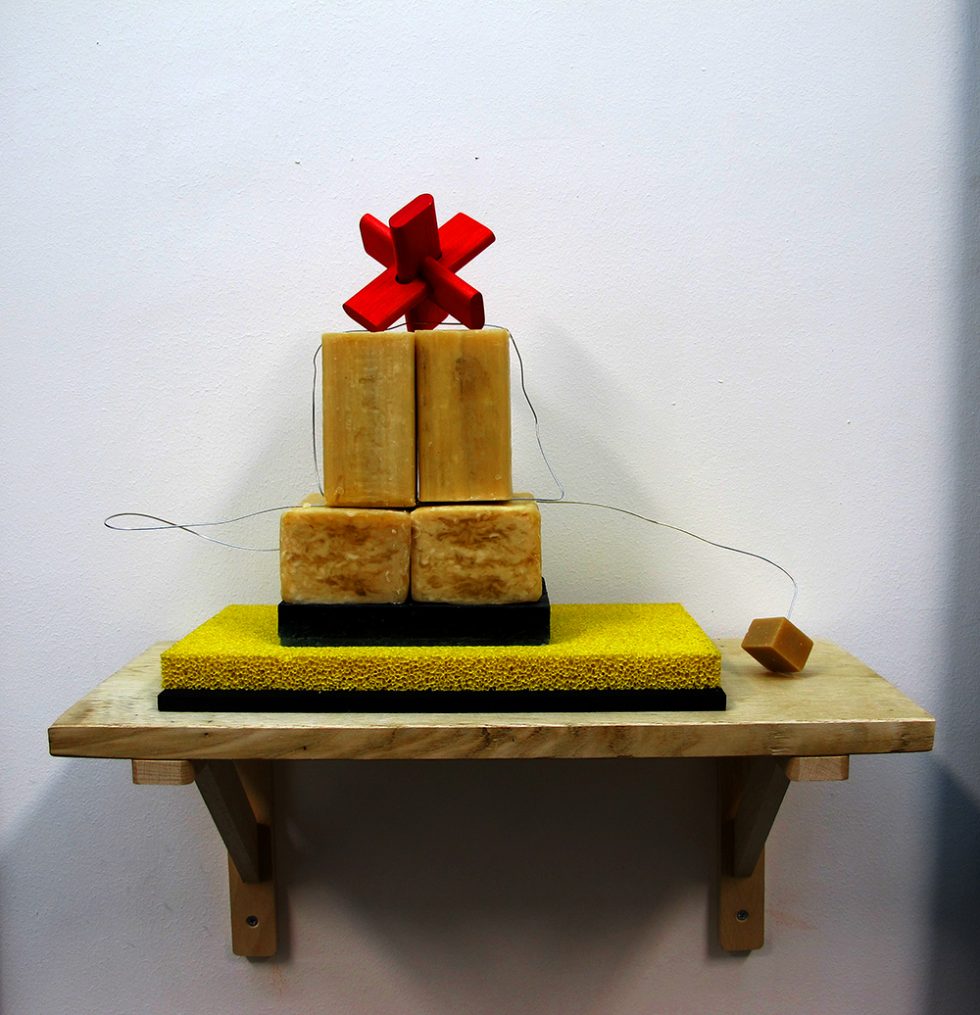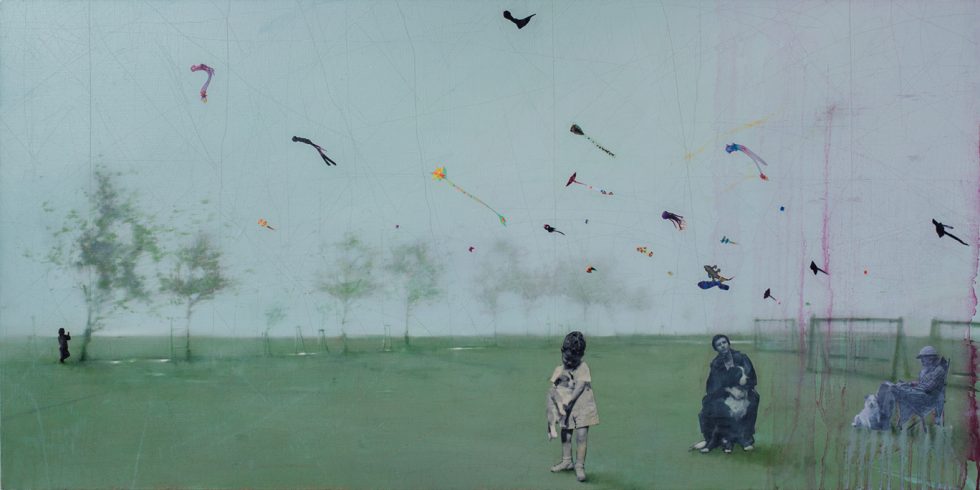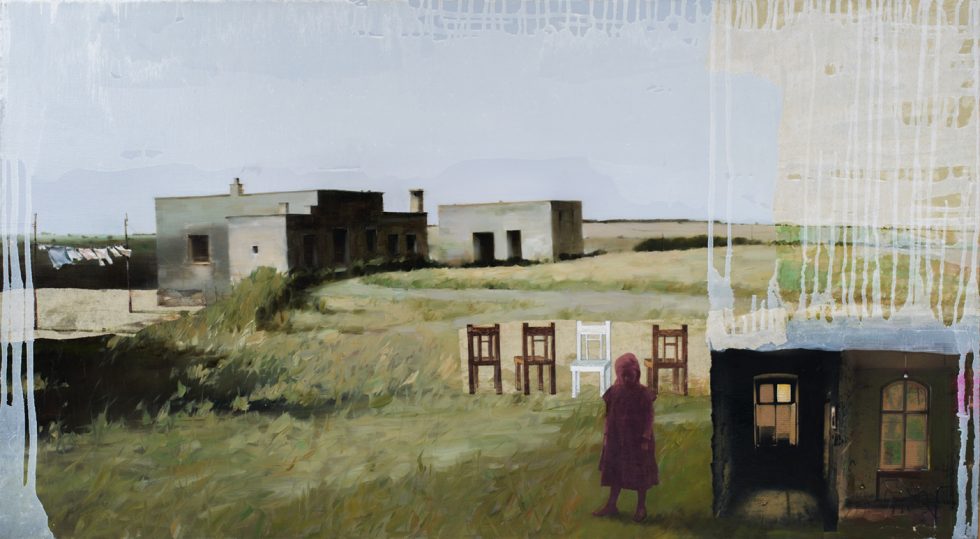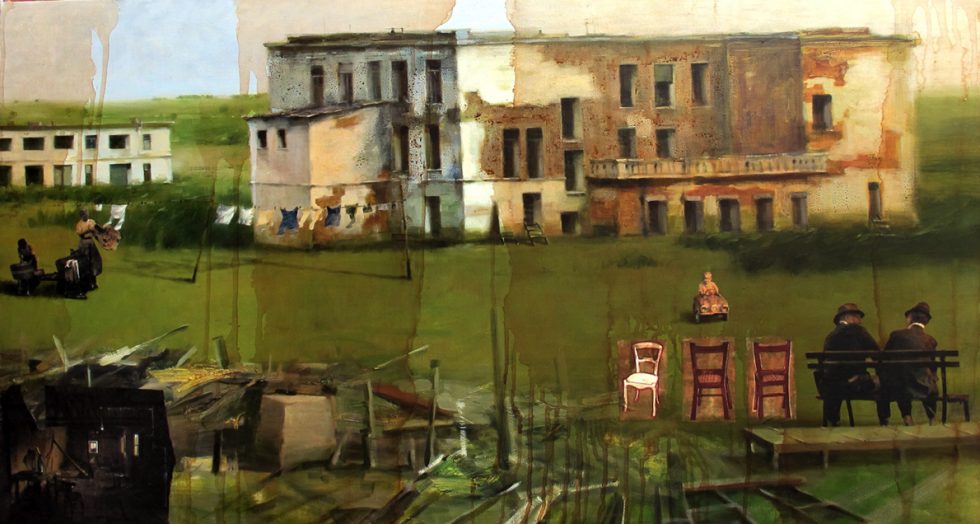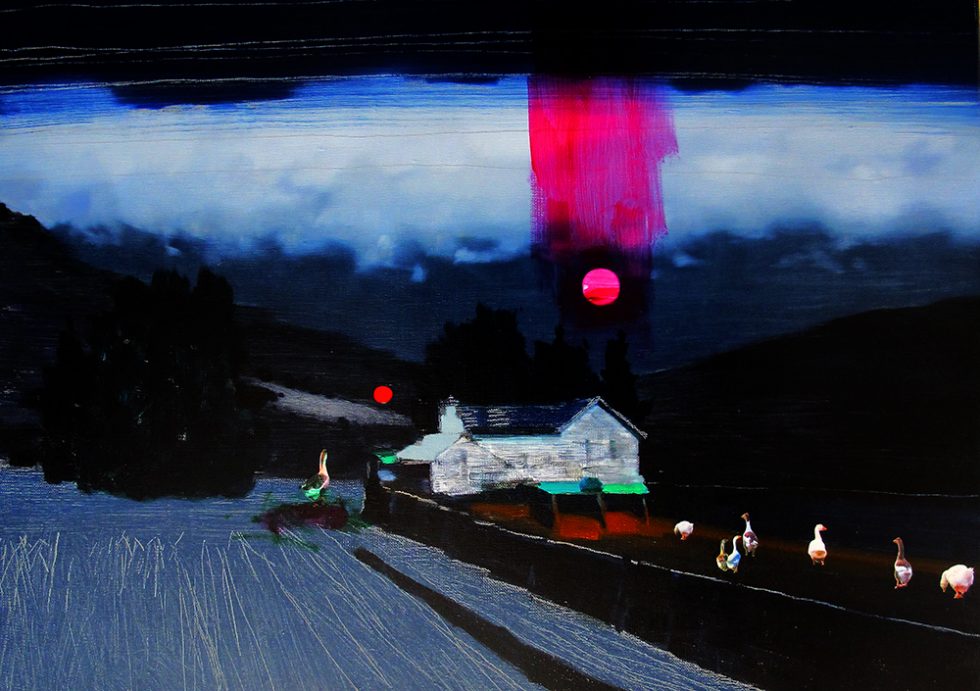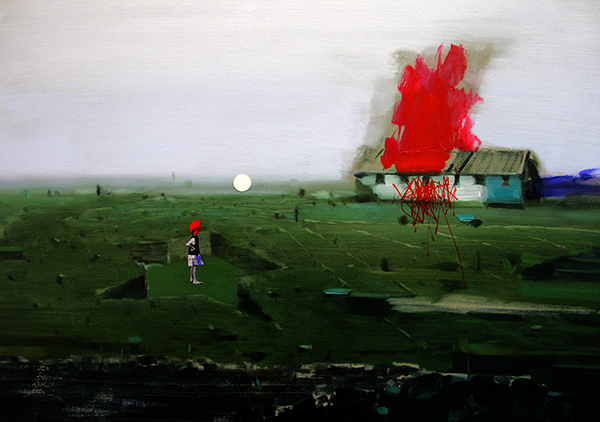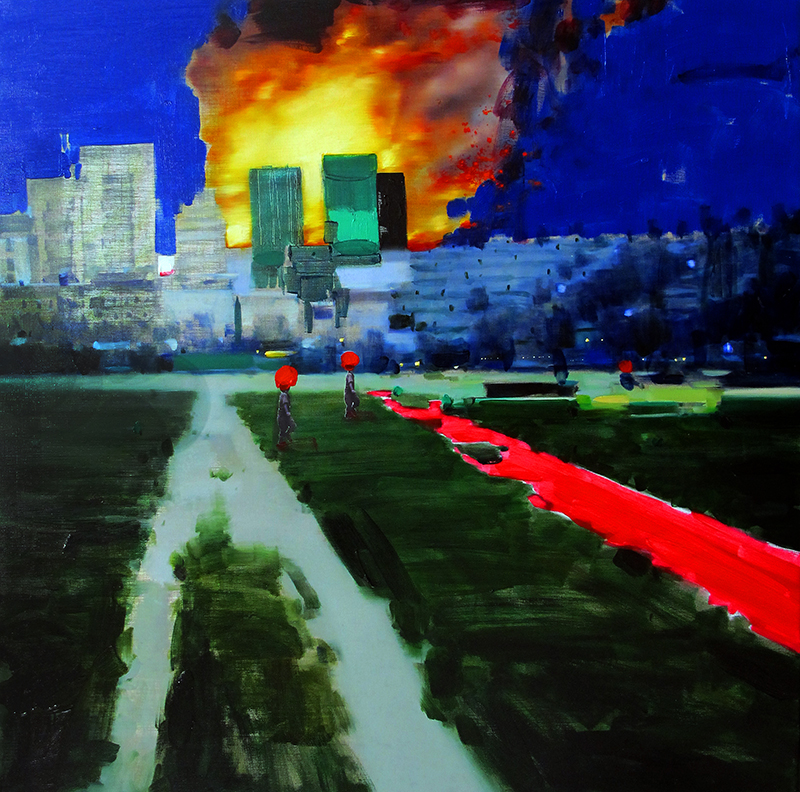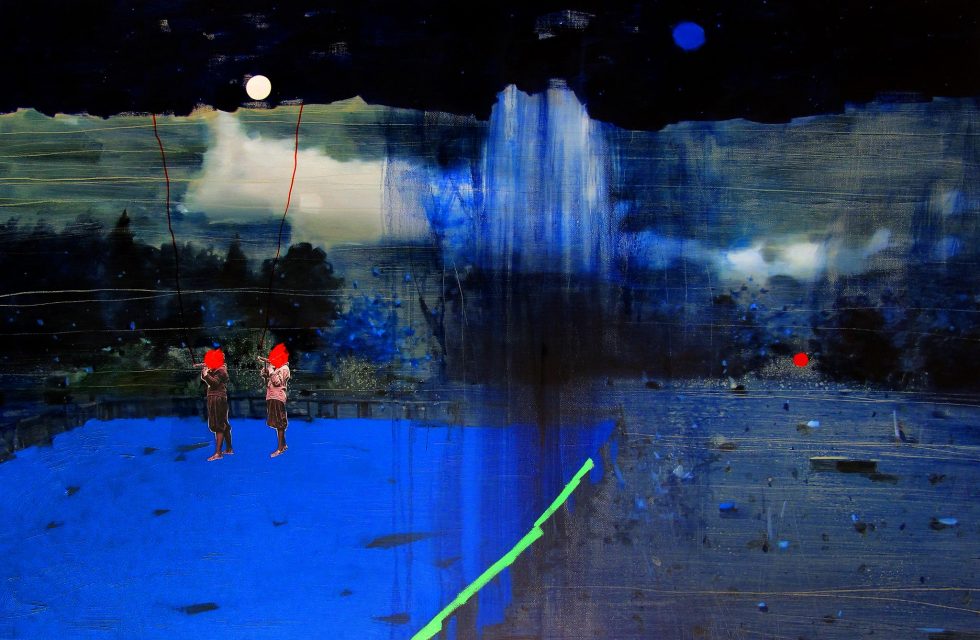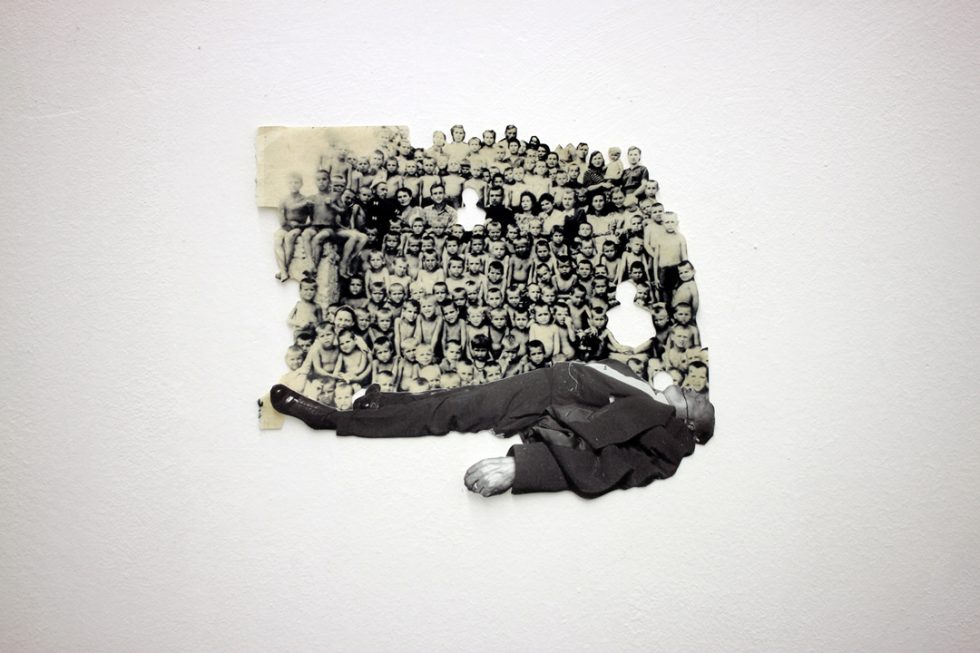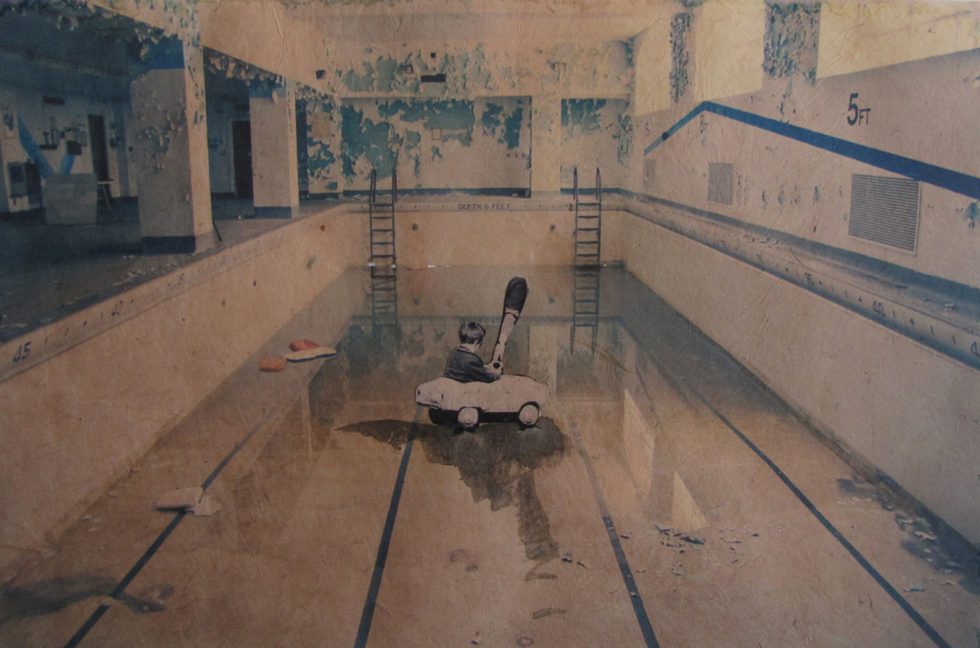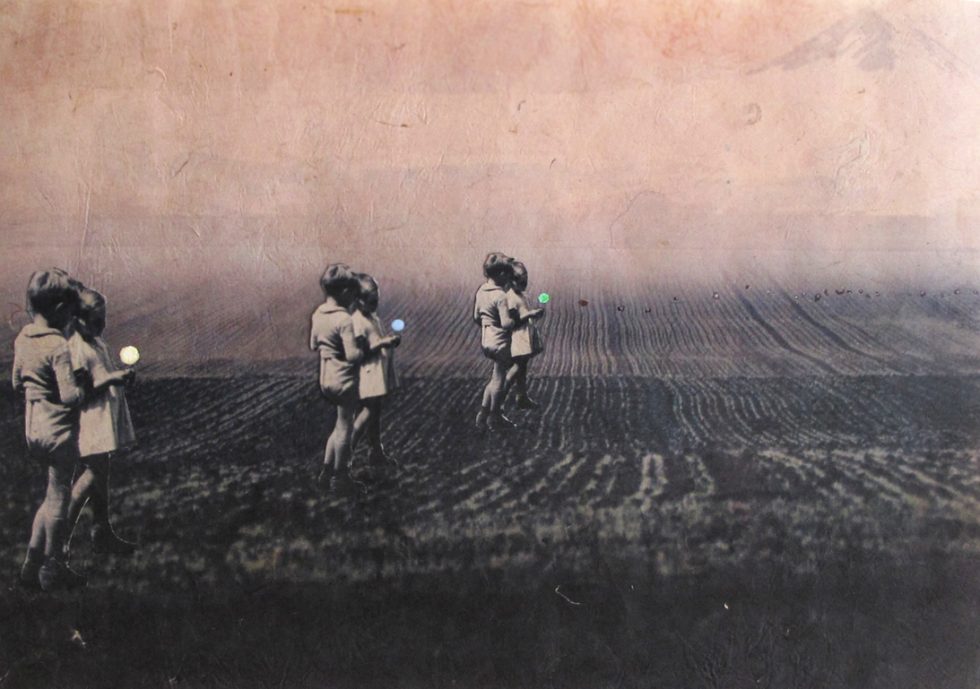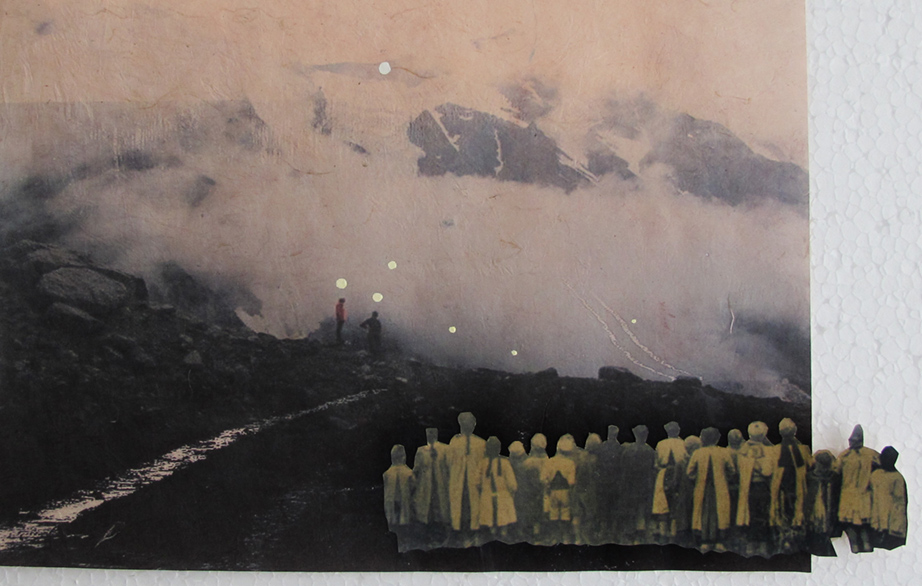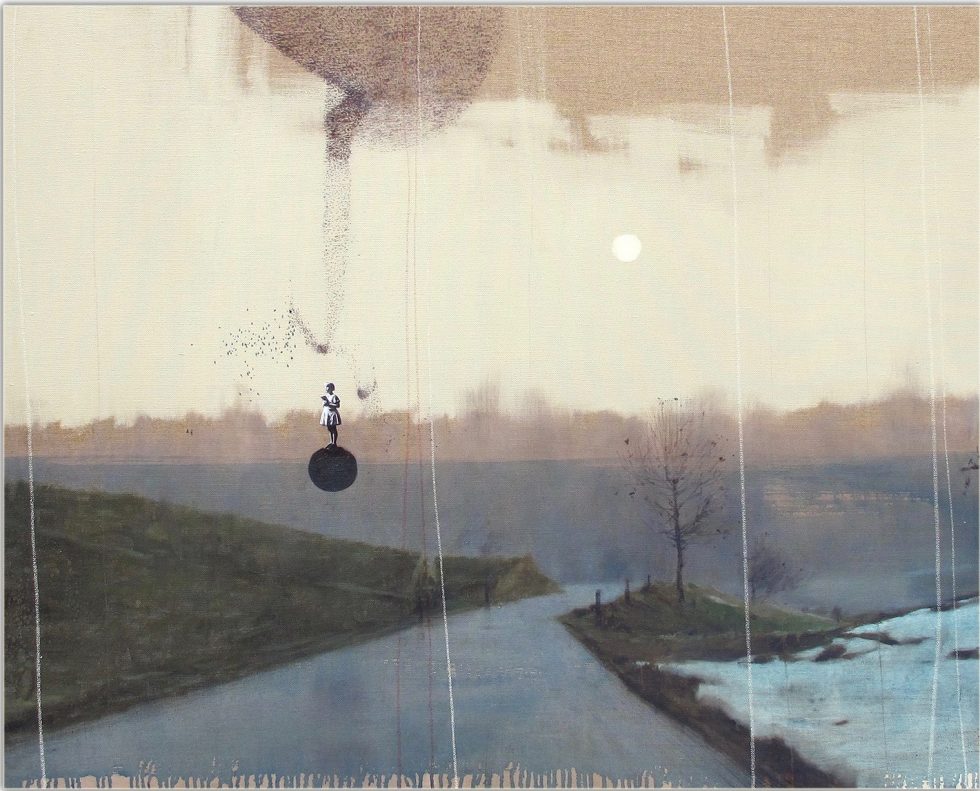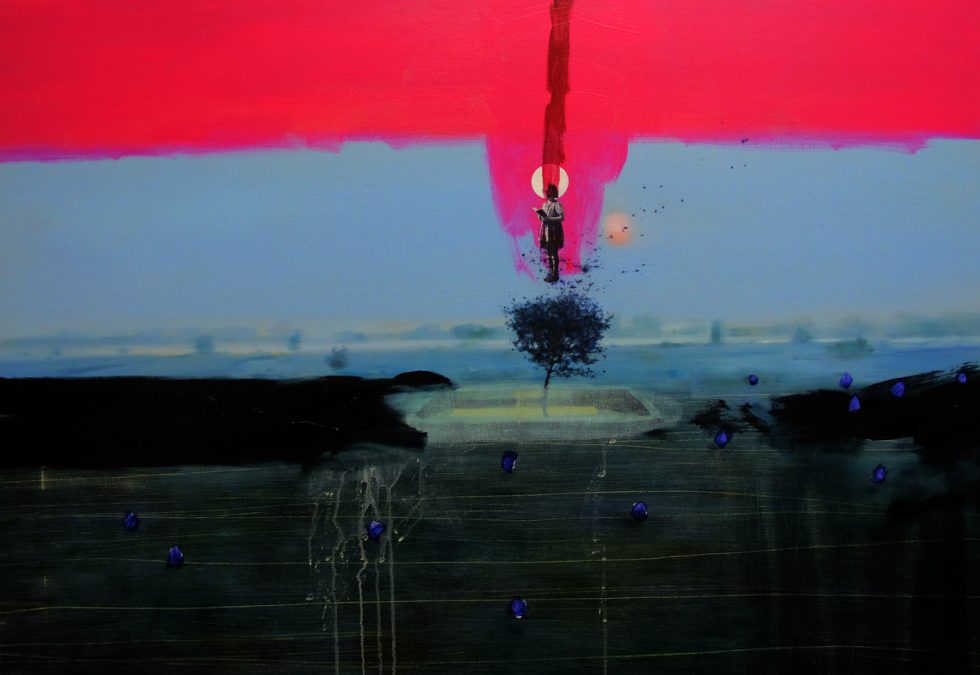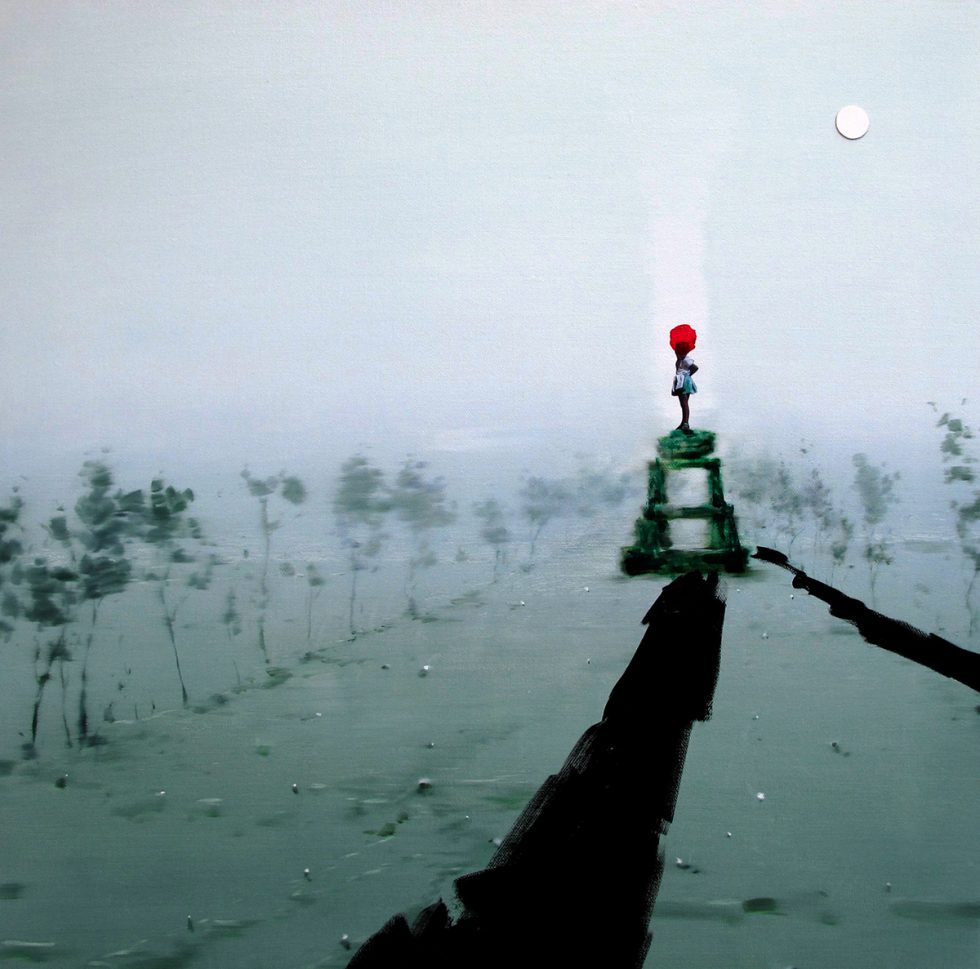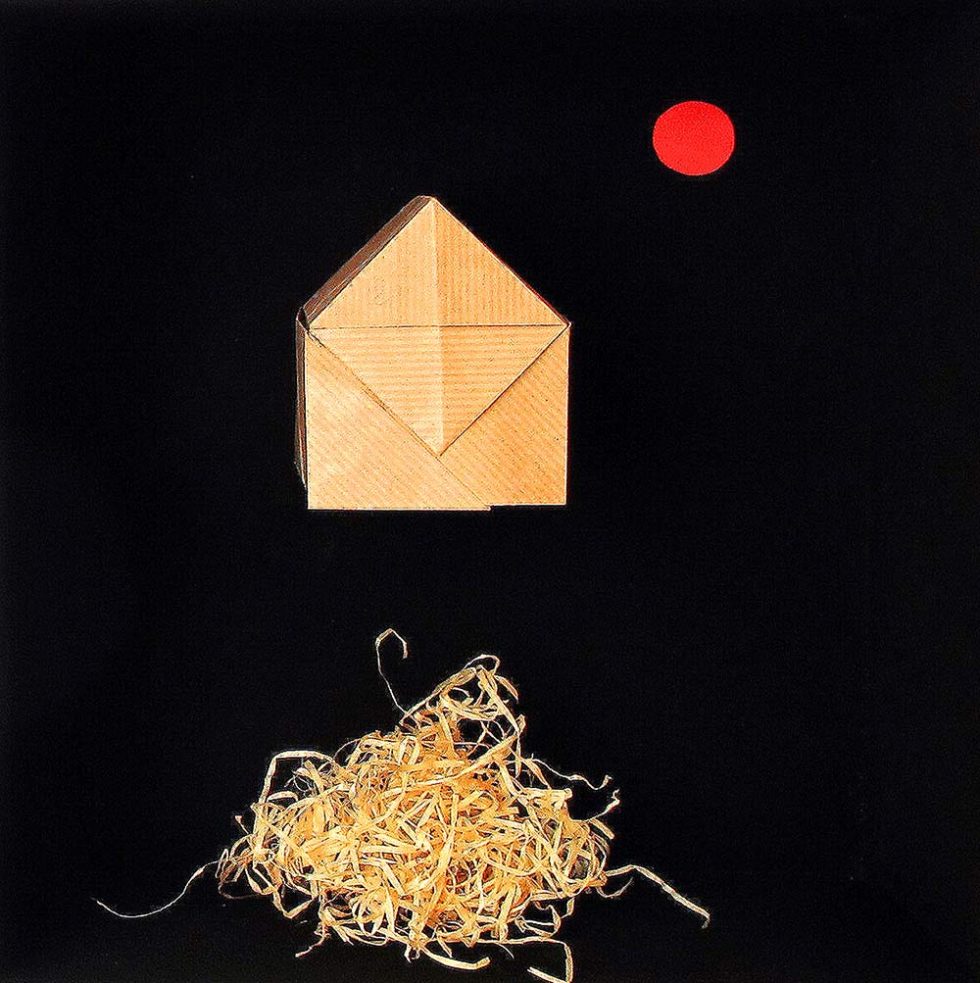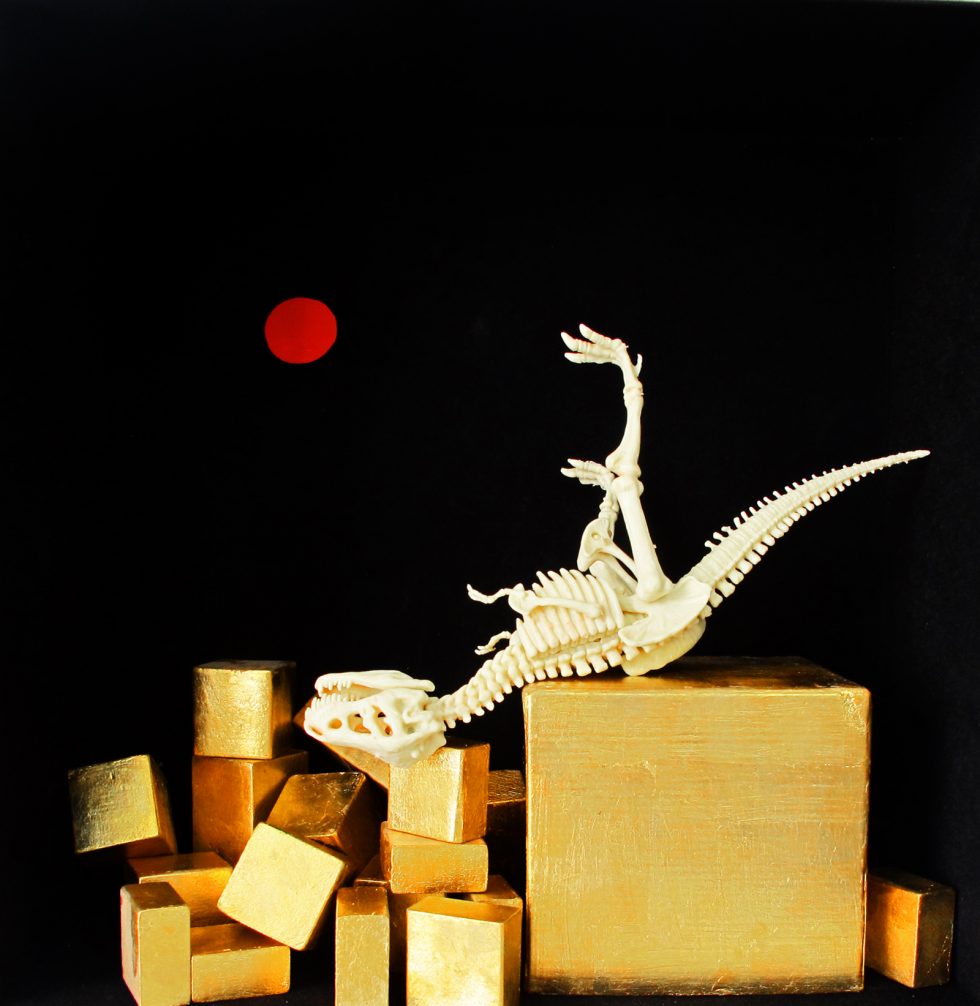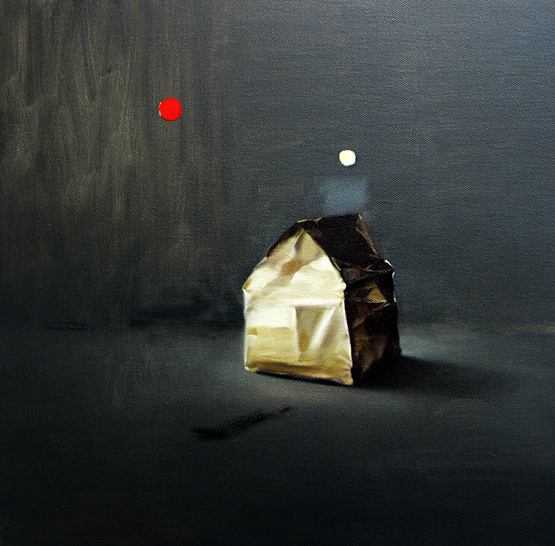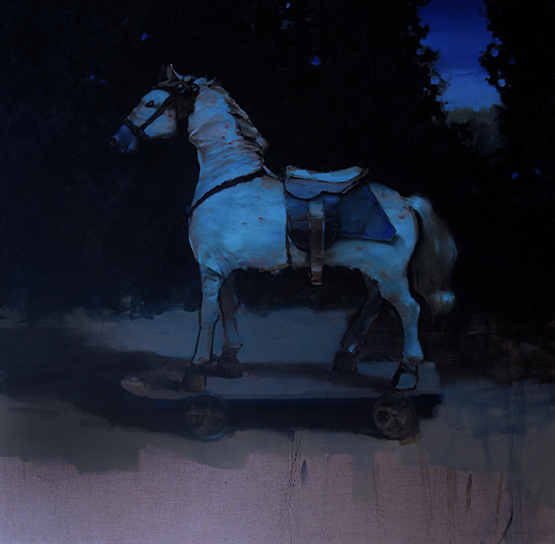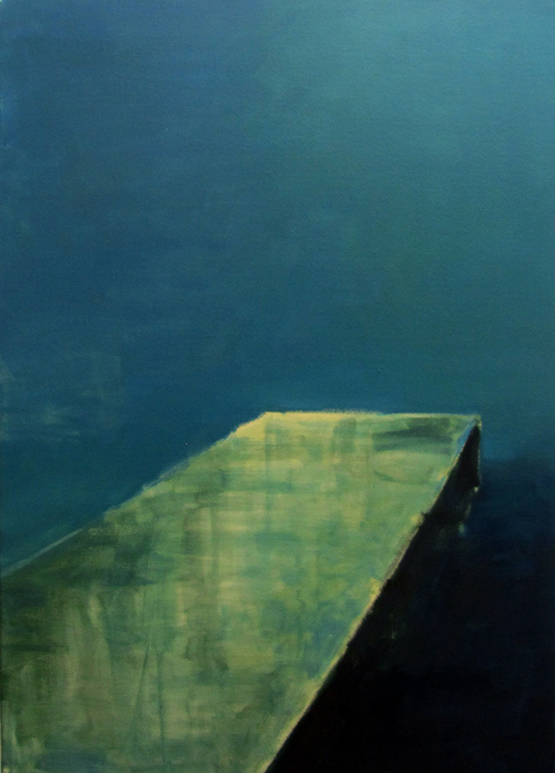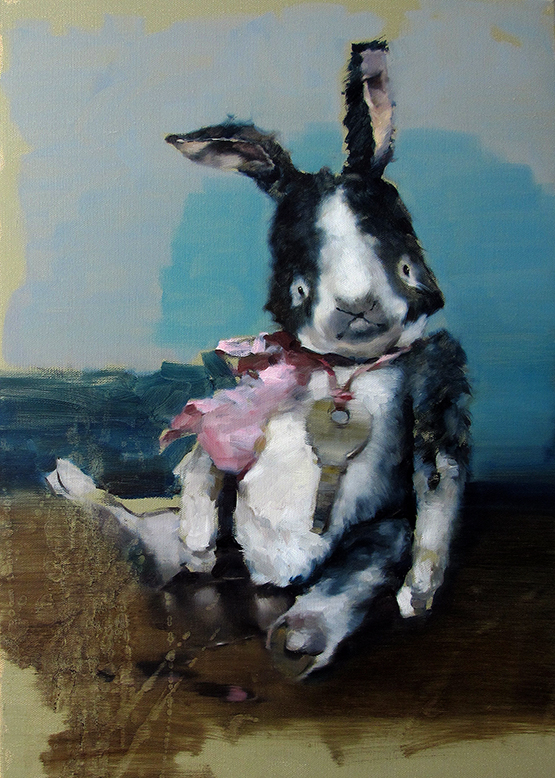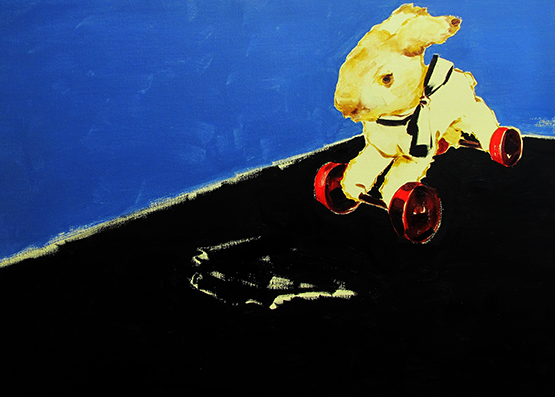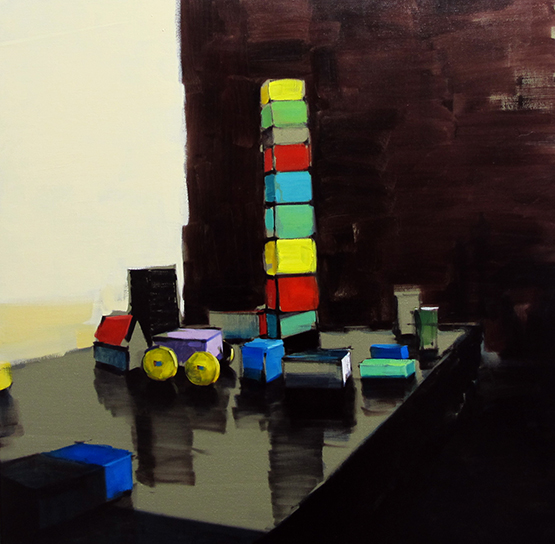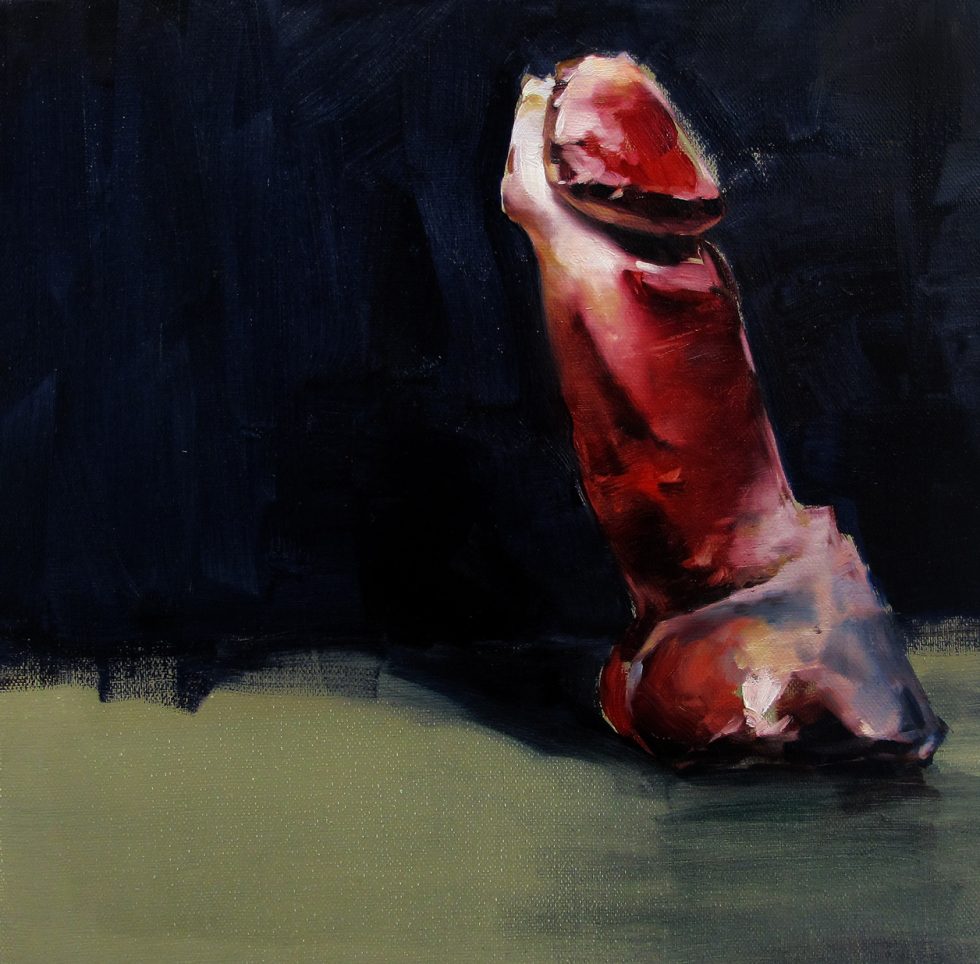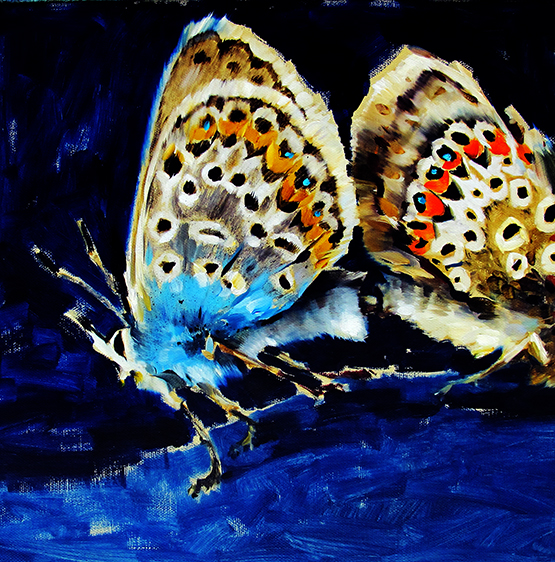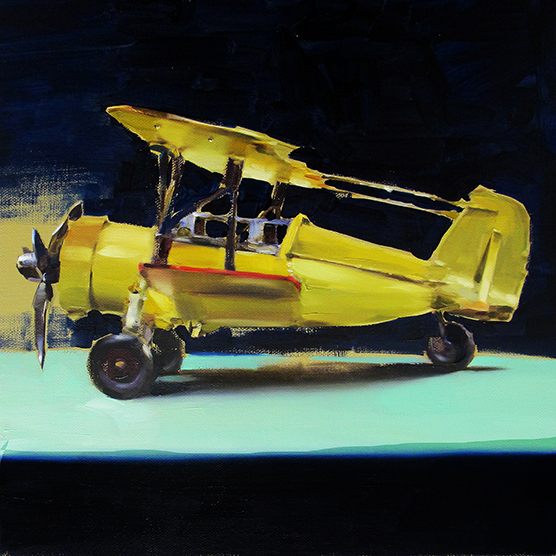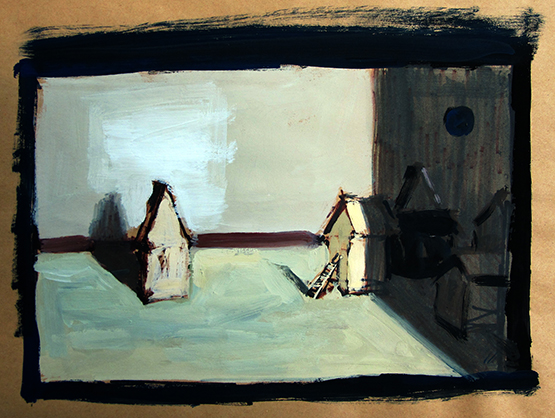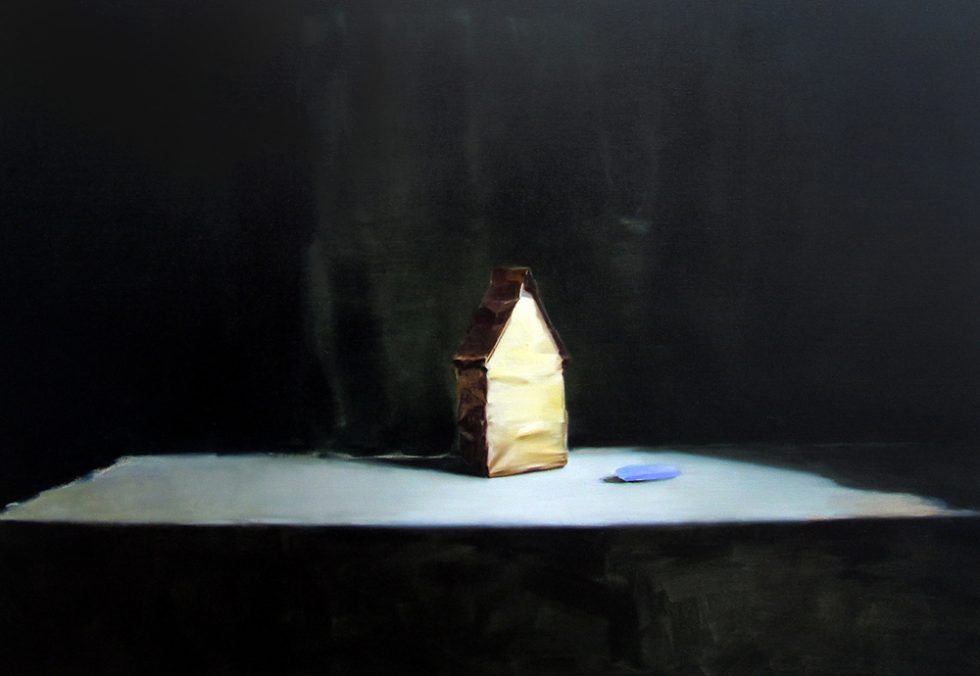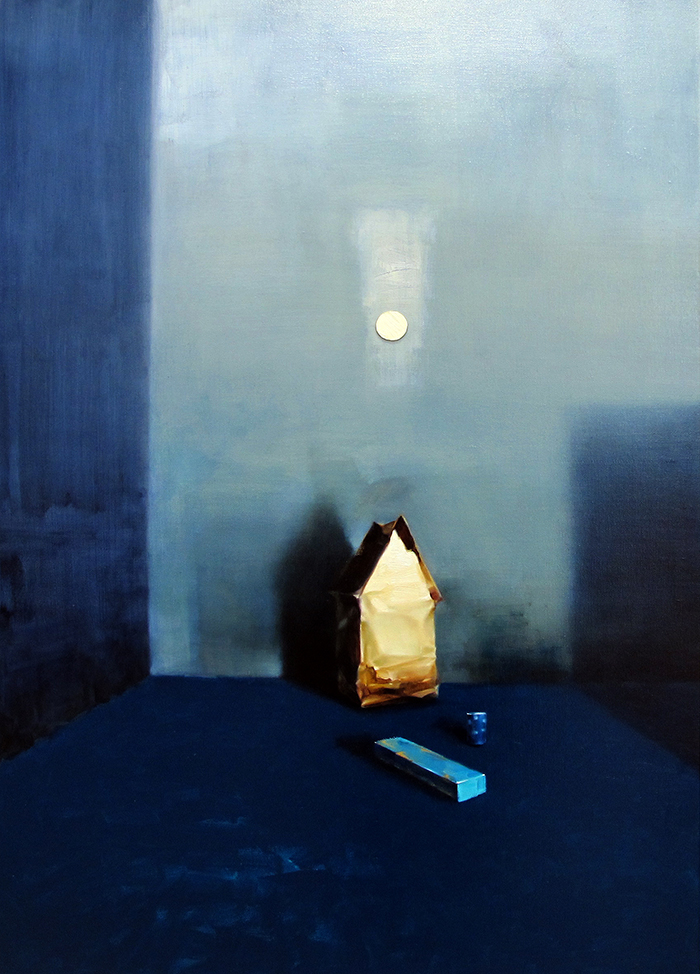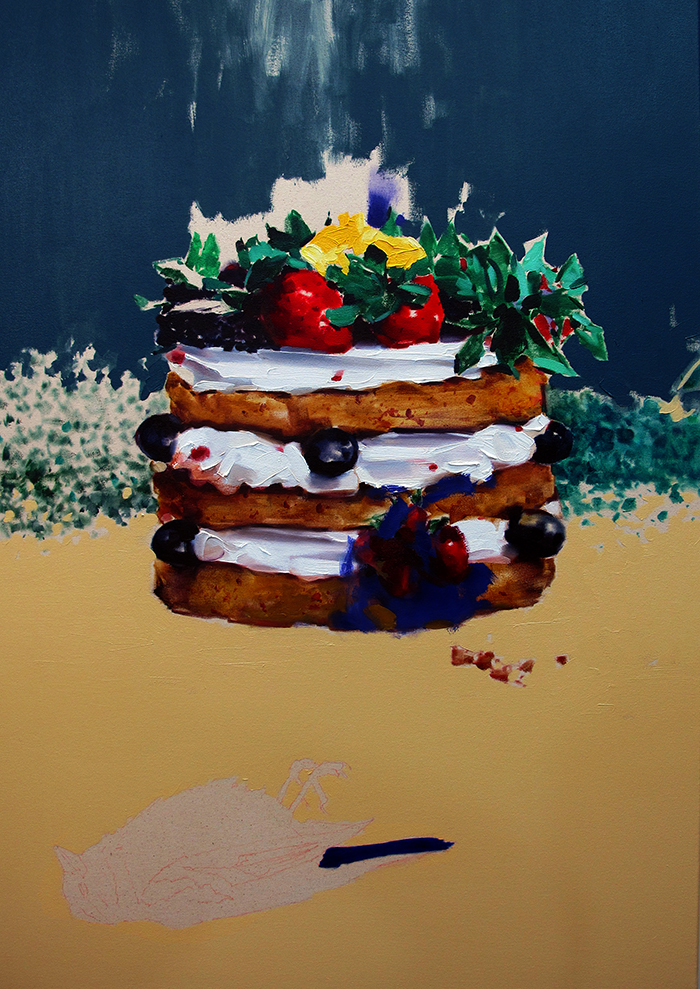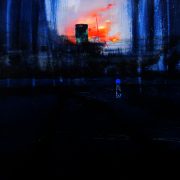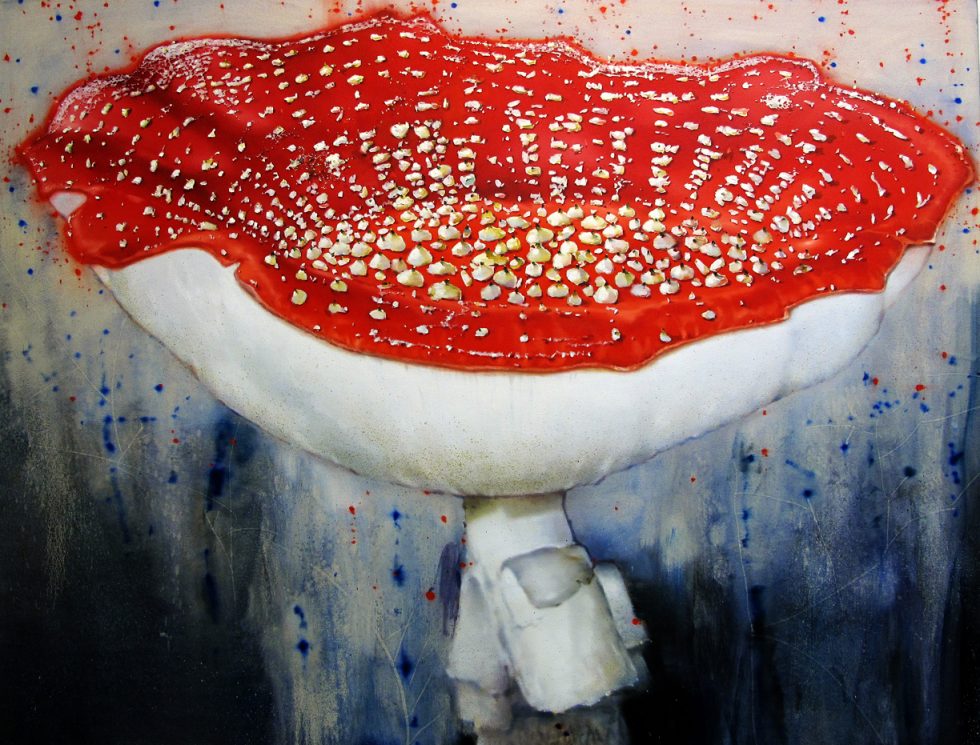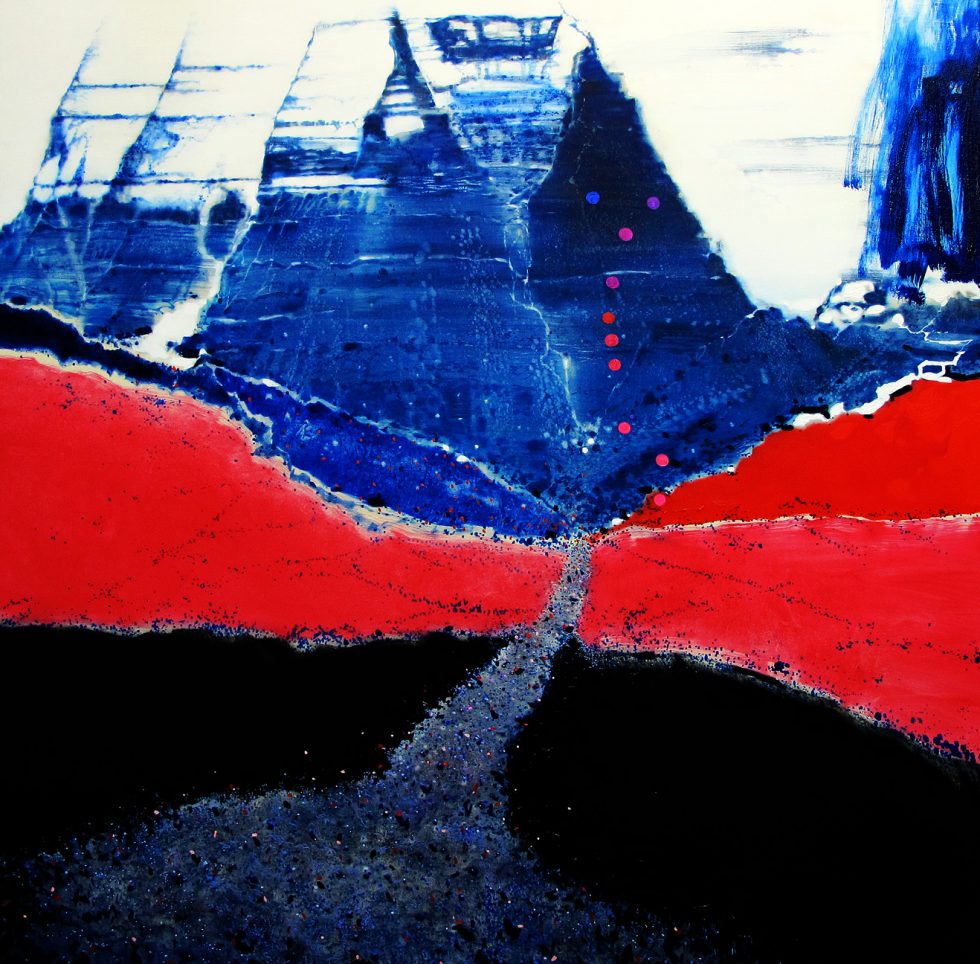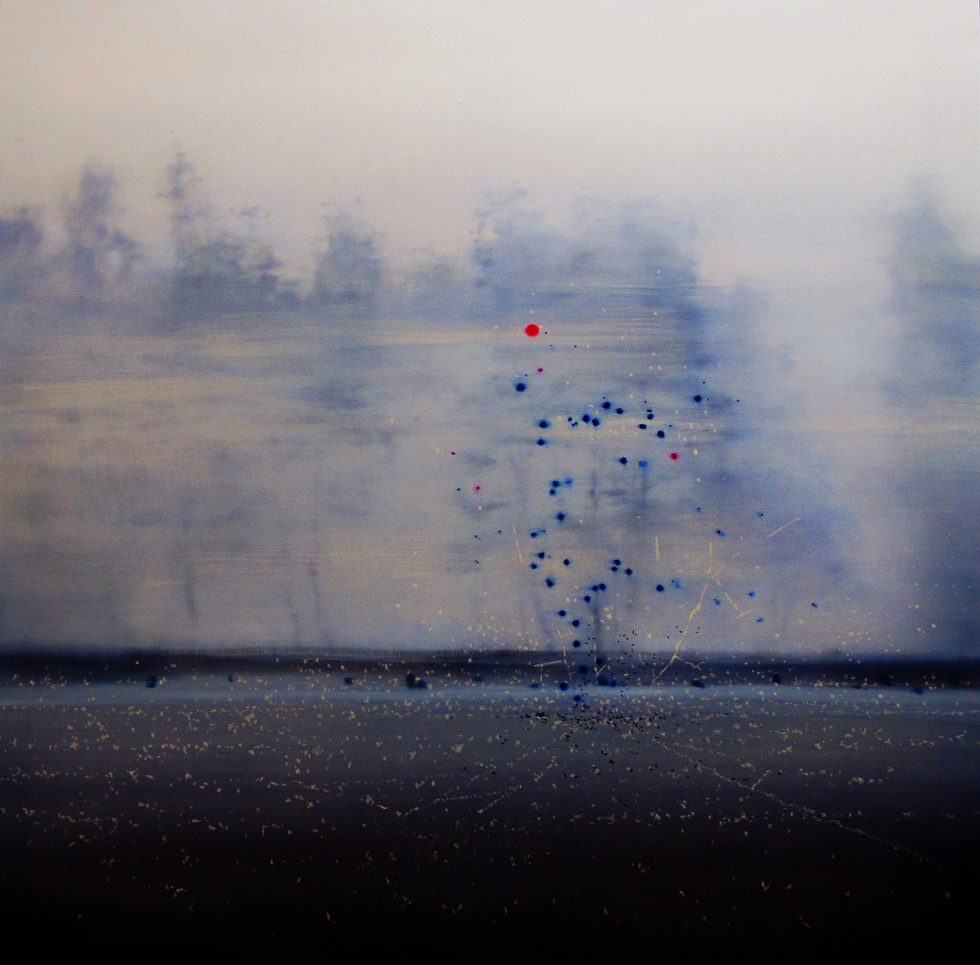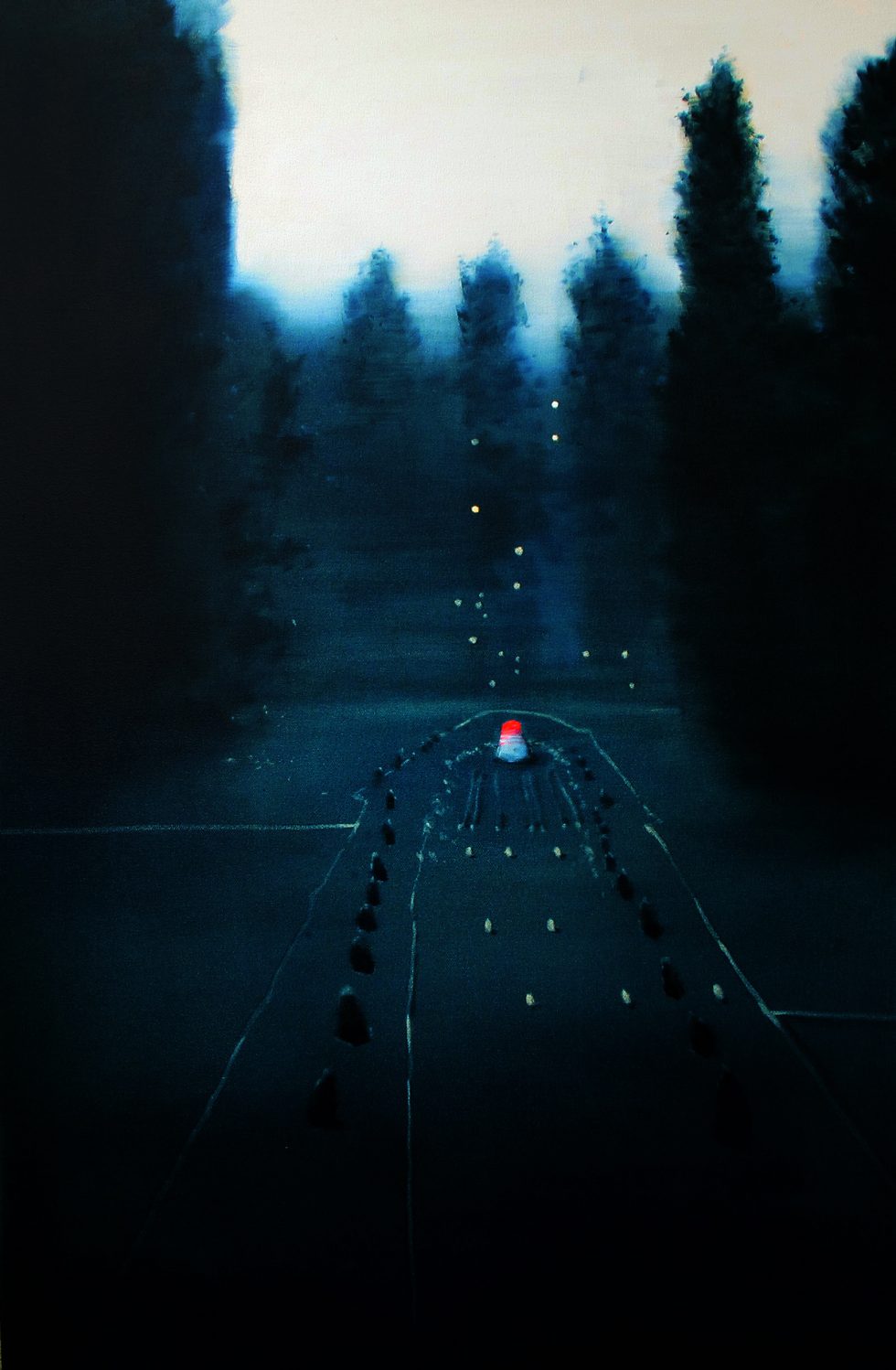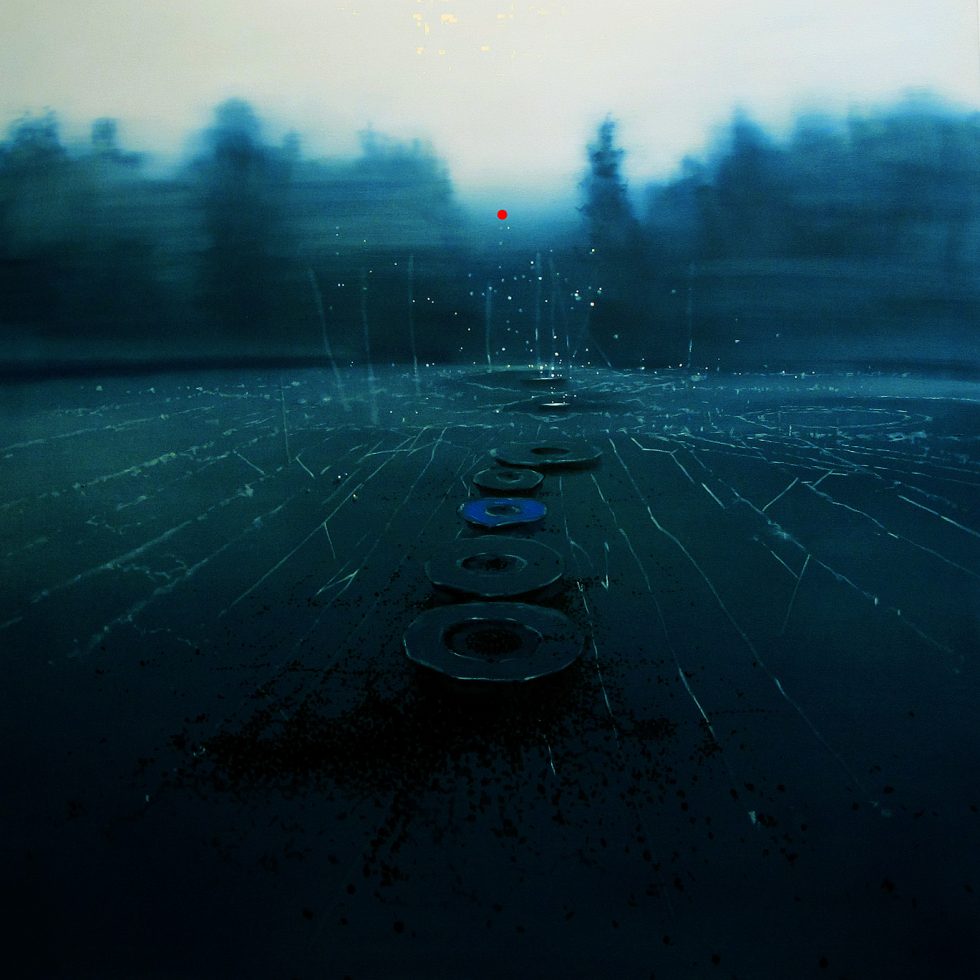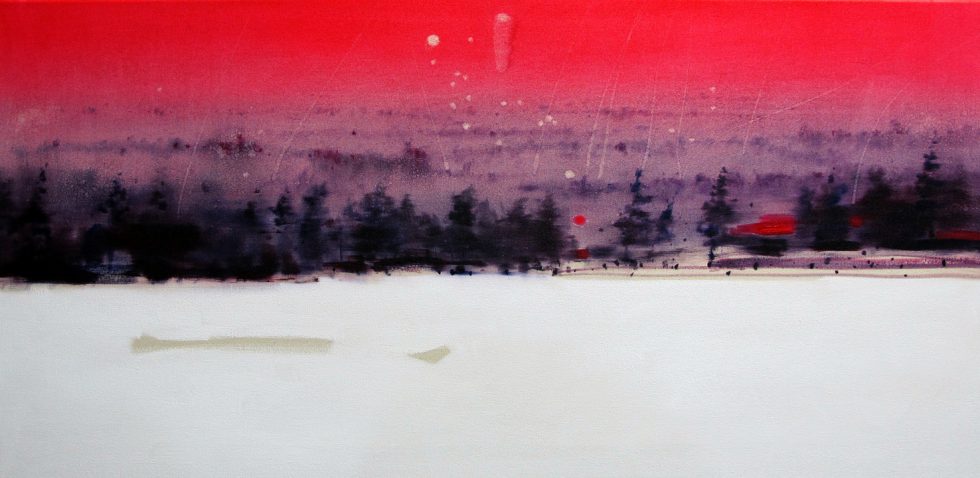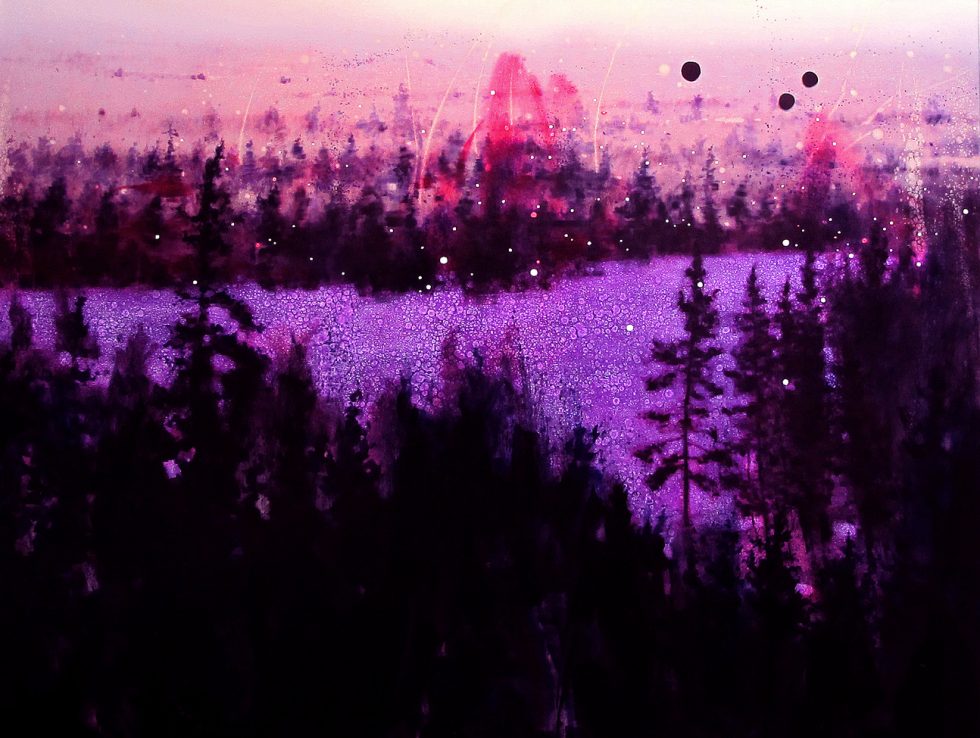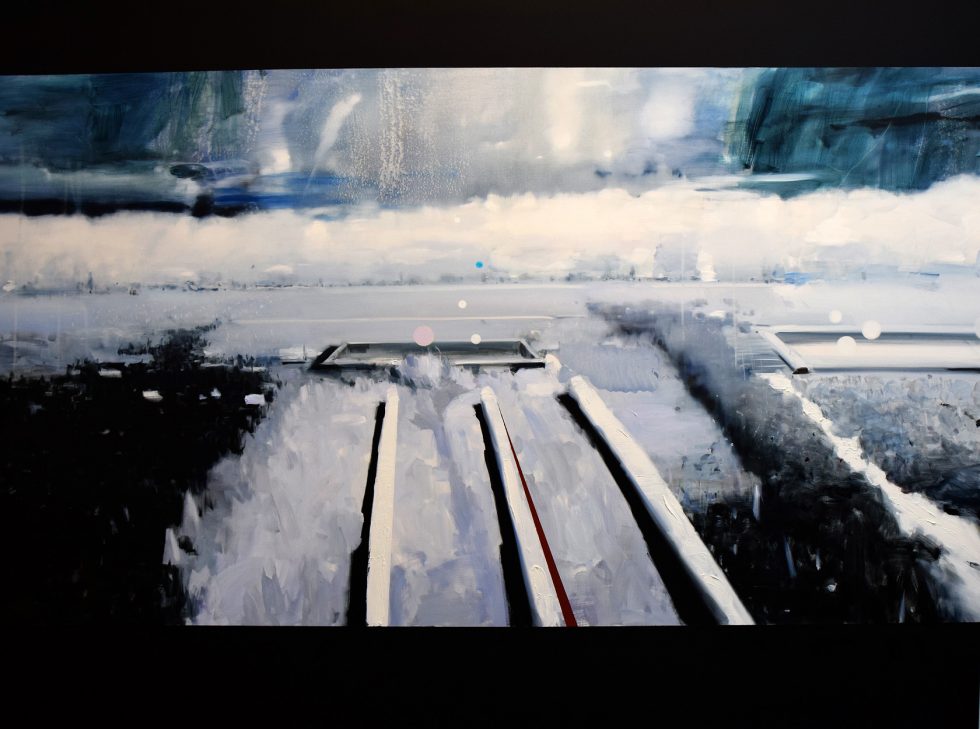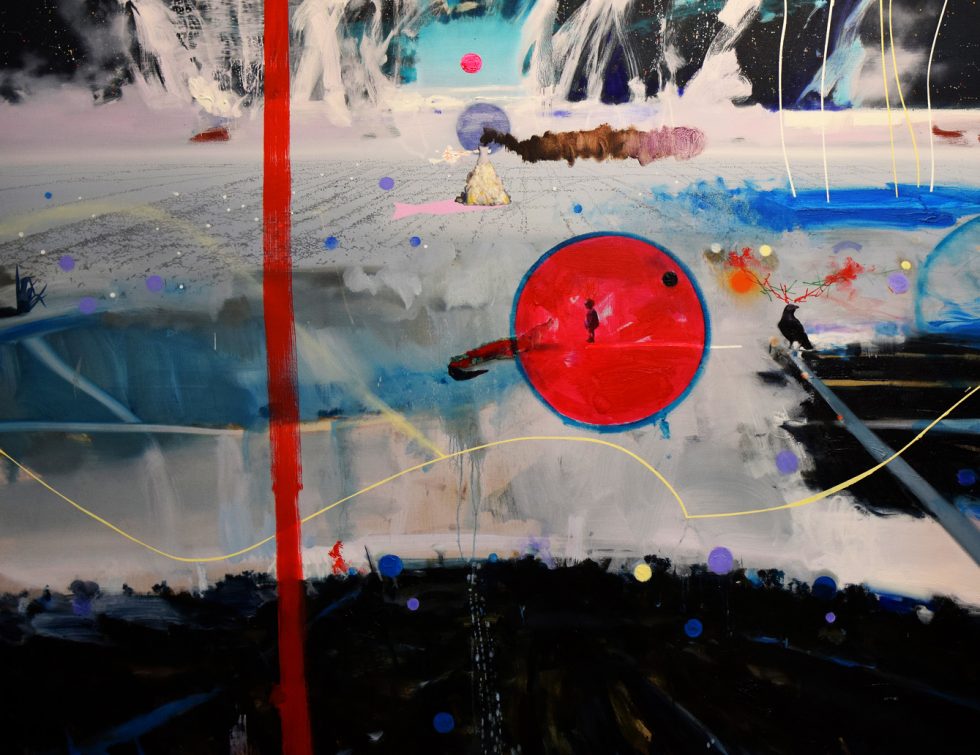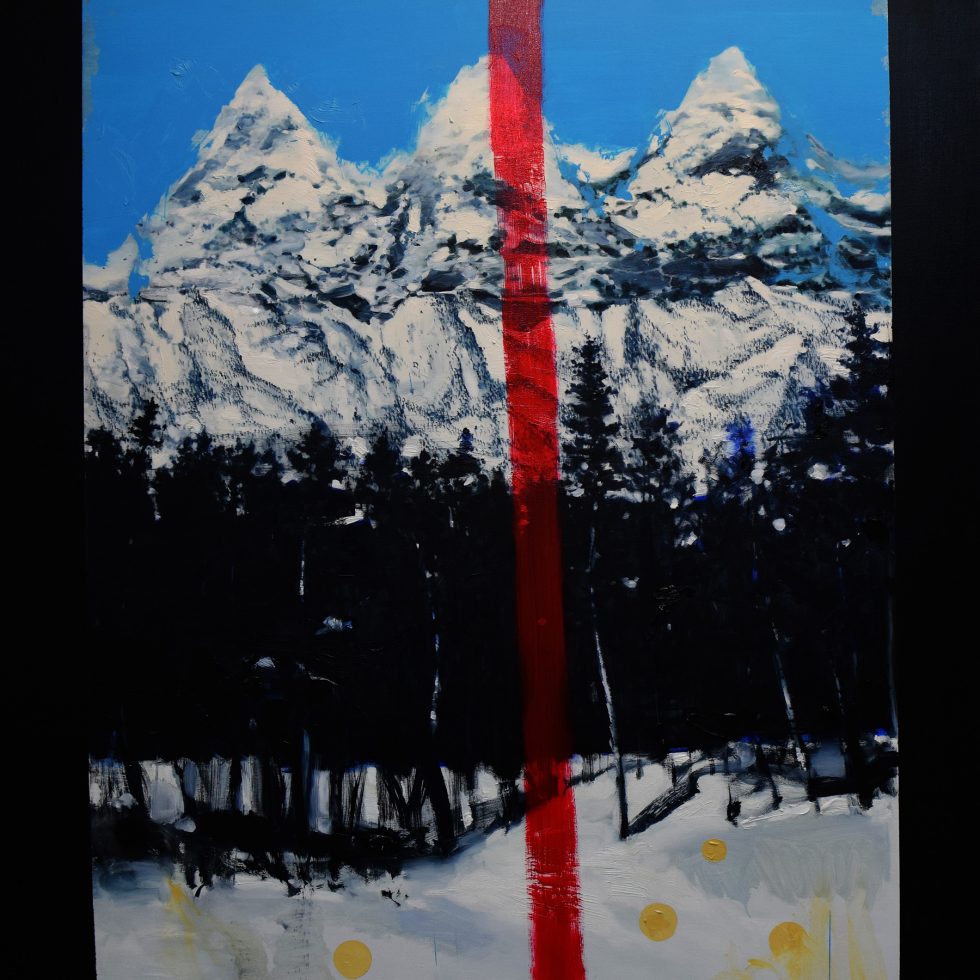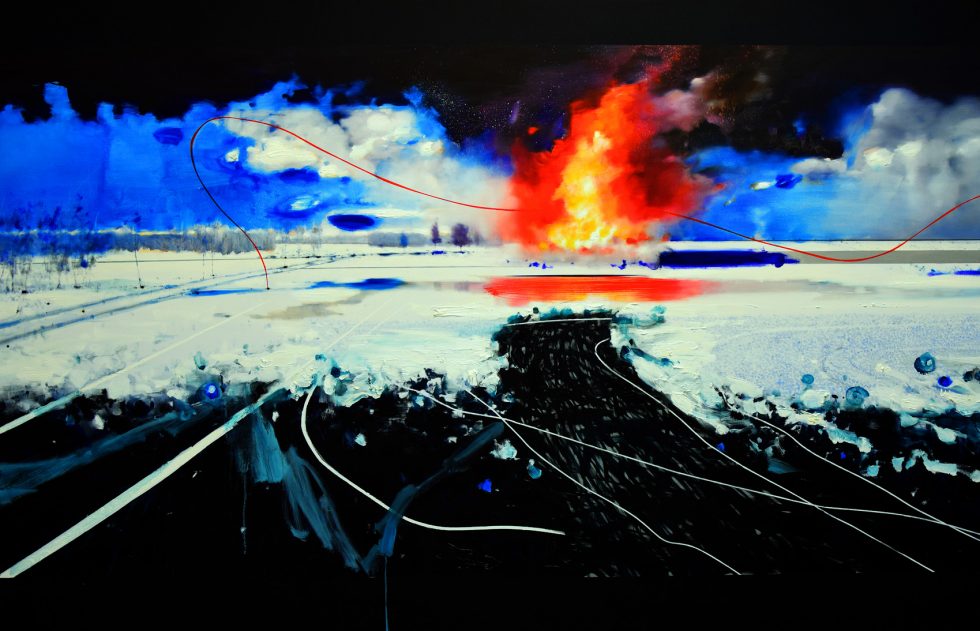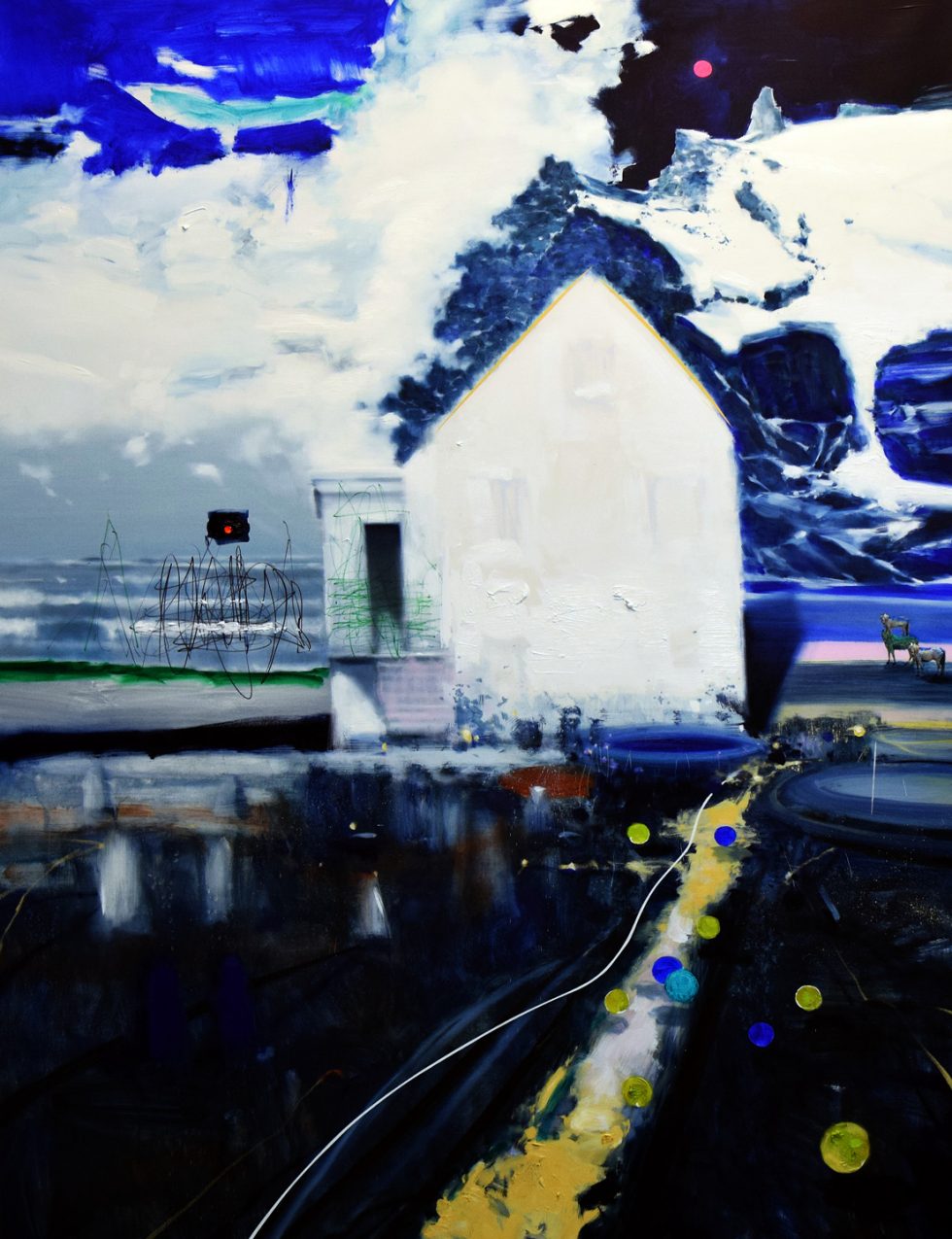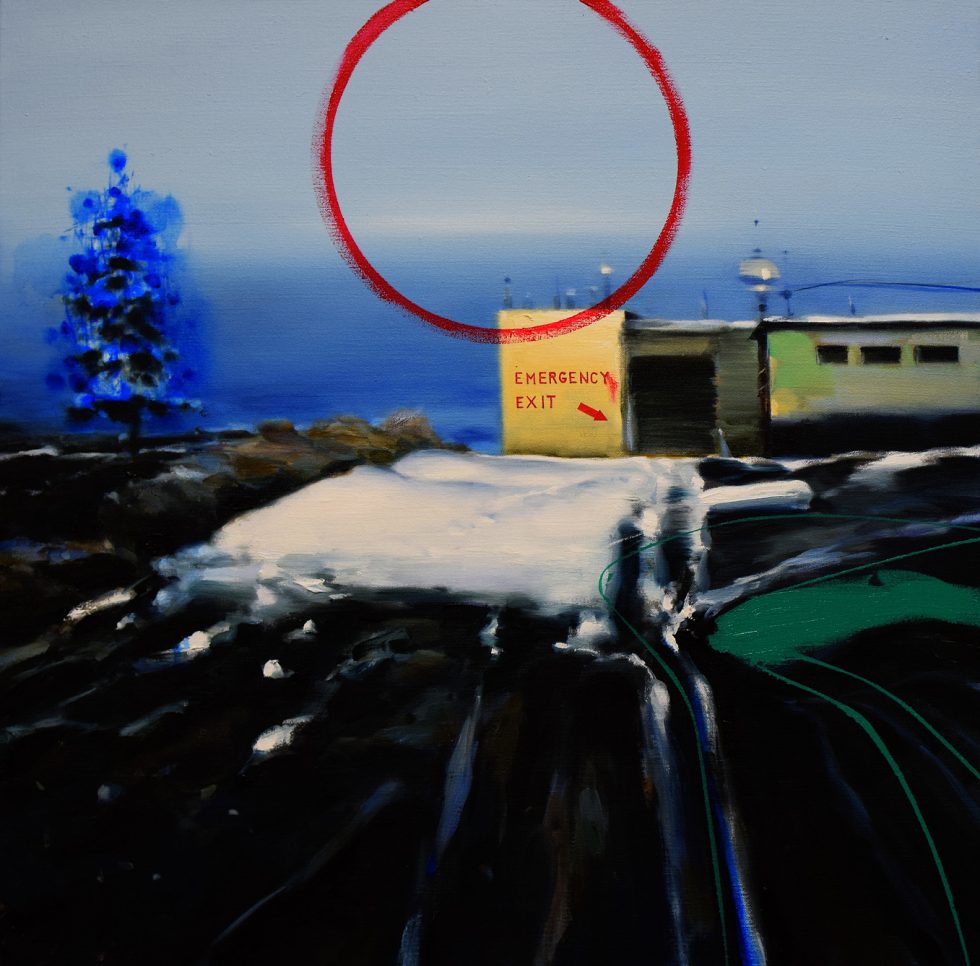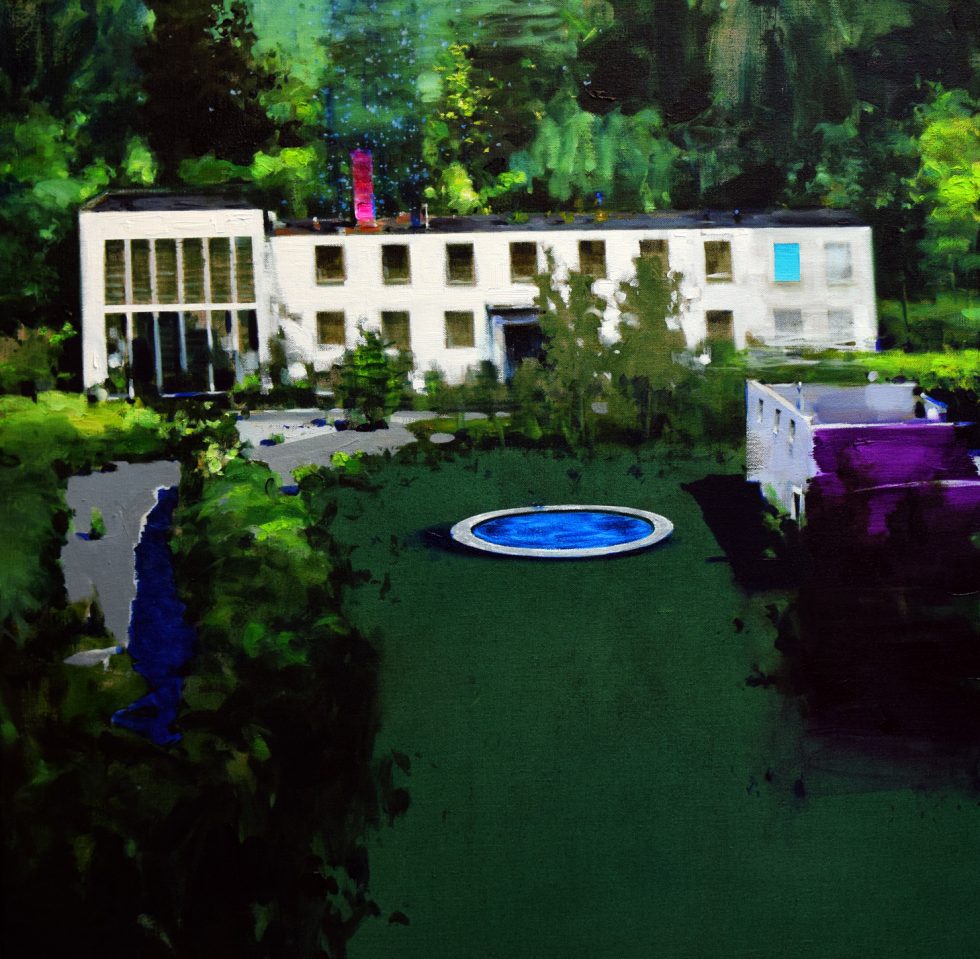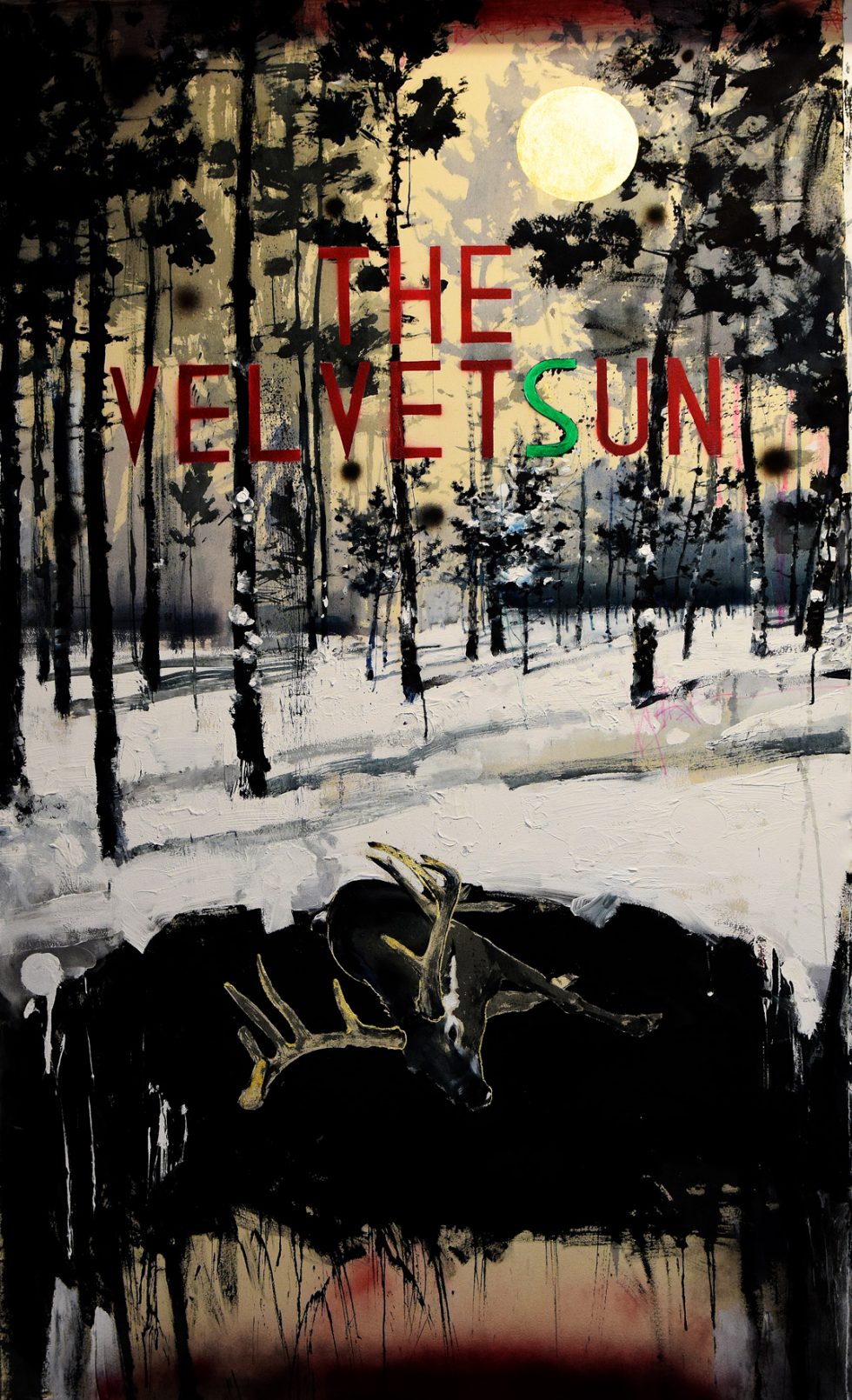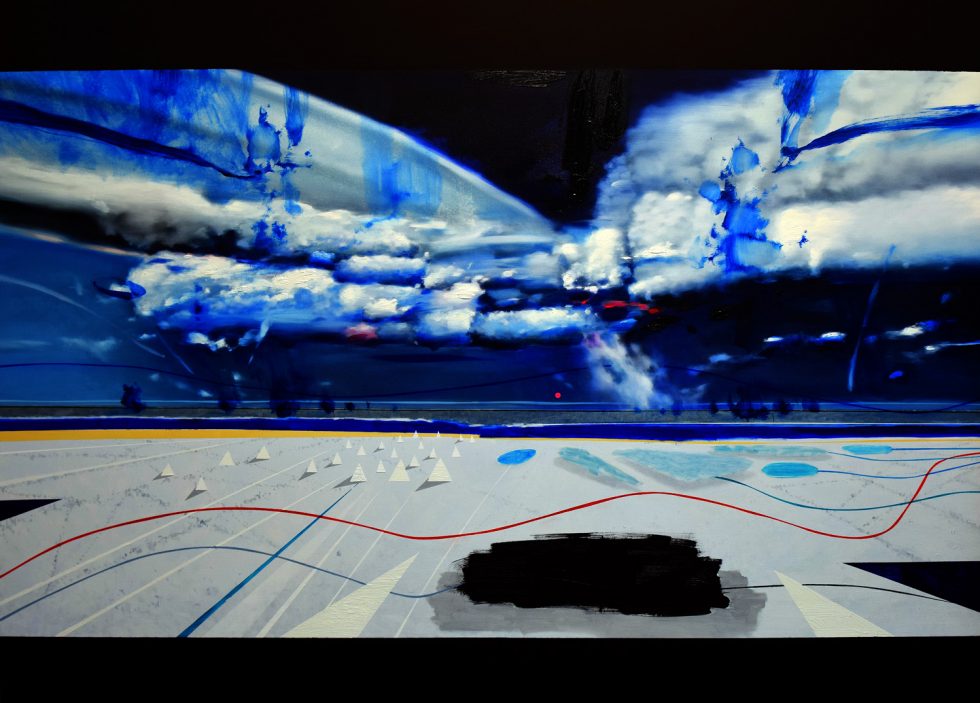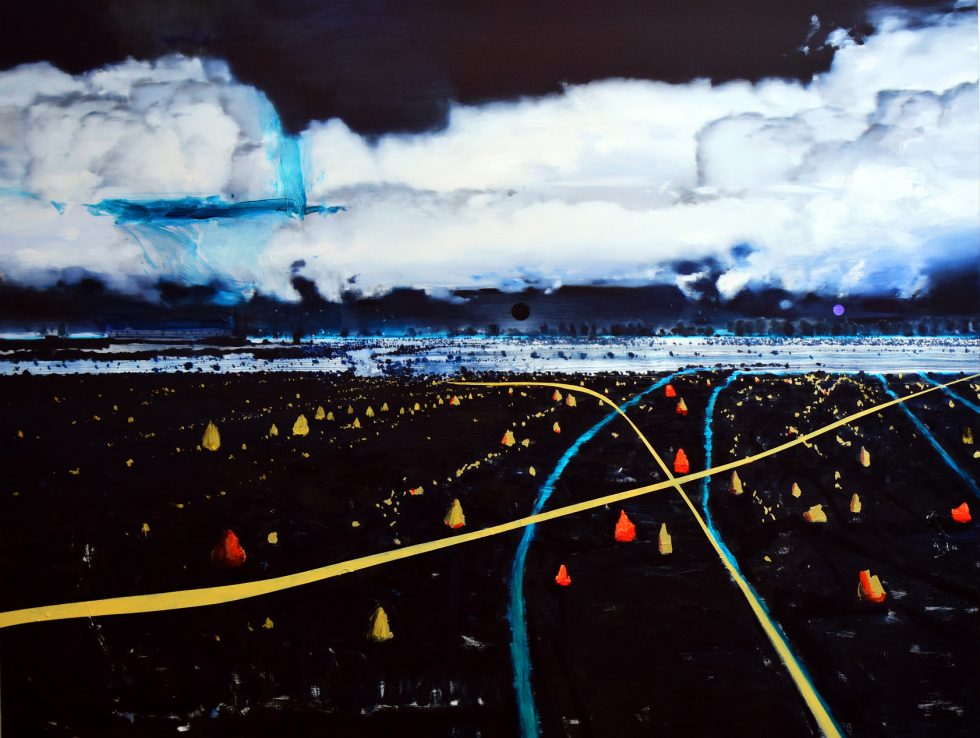Tato Akhalkatsishvili’s THE VELVET SUN _ curated by Domenico De Chirico | ERTI Gallery | SOLO_Project Partner
Never Sleep Upside Down
-
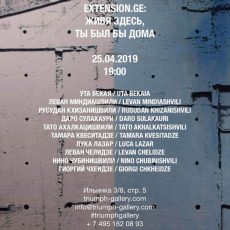 EXTENSION.GE. IF YOU LIVED HERE, YOU WOULD BE HOME
EXTENSION.GE. IF YOU LIVED HERE, YOU WOULD BE HOME EXTENSION.GE. IF YOU LIVED HERE, YOU WOULD BE HOME
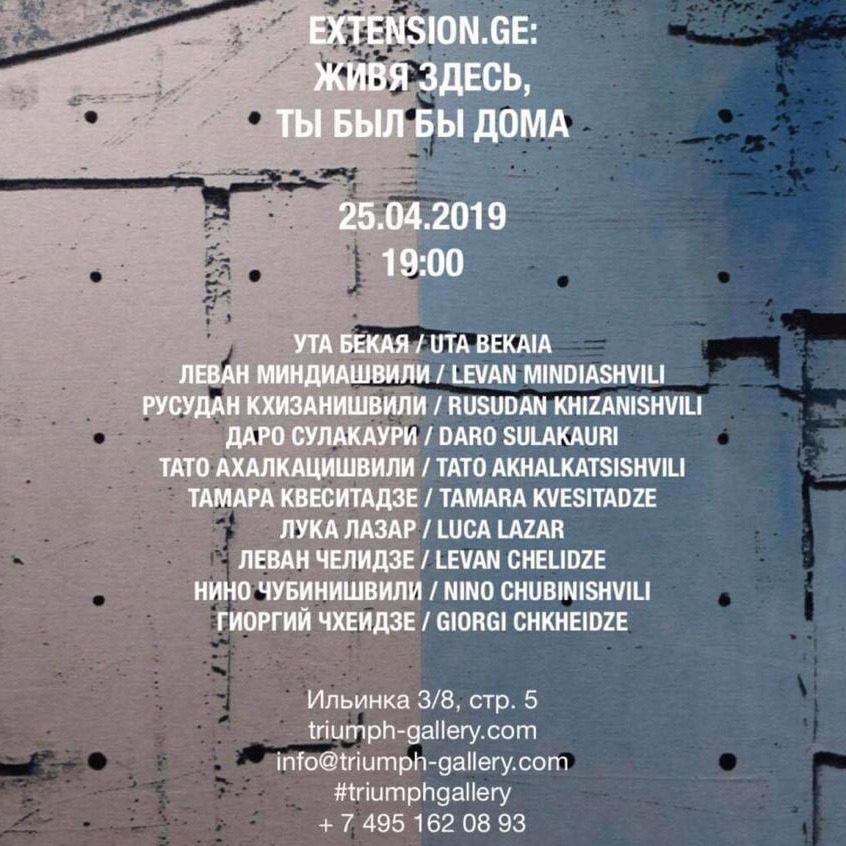
TATO AKHALKATSISHVILI, UTA BEKAIA, TAMARA KVESITADZE, LUCA LAZAR, LEVAN MINDIASHVILI, DARO SULAKAURI, RUSUDAN KHIZANISHVILI, LEVAN CHELIDZE, NINO CHUBINISHVILI, GIORGI CHKHEIDZE
Triumph Gallery in partnership with Ria Keburia Foundation, ERTI Gallery and Window Project, Tbilisi, presents the 11th edition of the EXTENSION project—If You Lived Here, You Would Be Home. In line with now traditional approach to exploring different national art scenes, ten Georgian contemporary artists, who represent various media and subject matters, are brought together by their interest in heritage and cultural memory.
Georgia has always existed at the crossroads, from the Ottoman Empire to the Soviet regime, from the Rose Revolution to the era of the new oligarchs. Having overcome a deep trauma, Georgia is now a vital link in cultural exchanges. In spite of many years of migration, regime change and economic turmoil, Georgians have managed to preserve their national heritage, avoiding the fate of “the cultural melting pot” that has befallen neighboring lands. This cultural depth and richness can be seen in the work of Georgian contemporary artists, who continue to explore their deep ties with tradition and cultural memory, even if working in cities all over the world. Georgia, with its special cadence of life, seems to have avoided the identity crisis that many other nations face today. With a slower pace to life and a tendency towards meditative contemplation, the atmosphere of this country lets you focus on actual values, reflect upon the changing present and consider alternative ways forward.
Extension.ge: If You Lived Here, You Would Be Home displays an overview of Georgian contemporary art by presenting artists with diverse background. All exhibition artists belong to the generation which is part of the new dynamic scene that looks beyond the geography of their national borders. Without ignoring their cultural identity and possessing particular experience of contemporary reality, these artists make a claim to international presence and benefit from their openness and desire for exchange.
Exploring transitional fluid state of historically accepted social forms and paradigms, the exhibition revisits the notions of place, identity and history. It doesn’t propose answers or solutions, but it does offer opportunities to closely examine artistic practices, storytelling and new perspectives. The profound intergenerational impact of postcolonialism, economic exploitation and ideology requires nuanced insights and experiential responses, which inevitably shapes the reality and brings about new artistic practices. Participants of Extension.ge: If You Lived Here, You Would Be Home are renegotiating the definitions of place and home in order build renewed links between the notions of memory, geography, identity.
-
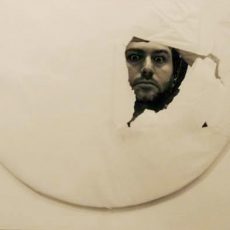 "IMAGE AND LIKENESS" – Exhibition at Moma Tbilisi
"IMAGE AND LIKENESS" – Exhibition at Moma Tbilisi “IMAGE AND LIKENESS” – Exhibition at Moma Tbilisi
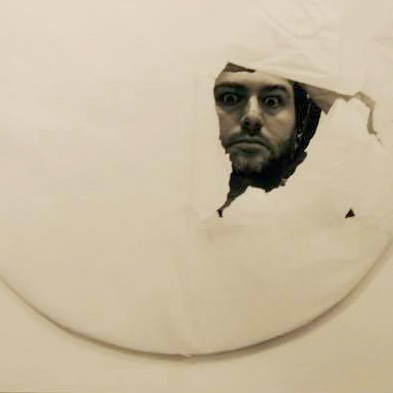
-
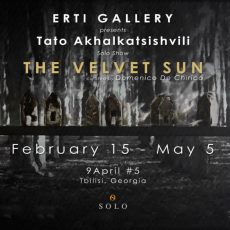 Tato Akhalkatsishvili solo show THE VELVET SUN. Curated by Domenico De Chirico
Tato Akhalkatsishvili solo show THE VELVET SUN. Curated by Domenico De Chirico Tato Akhalkatsishvili solo show THE VELVET SUN. Curated by Domenico De Chirico
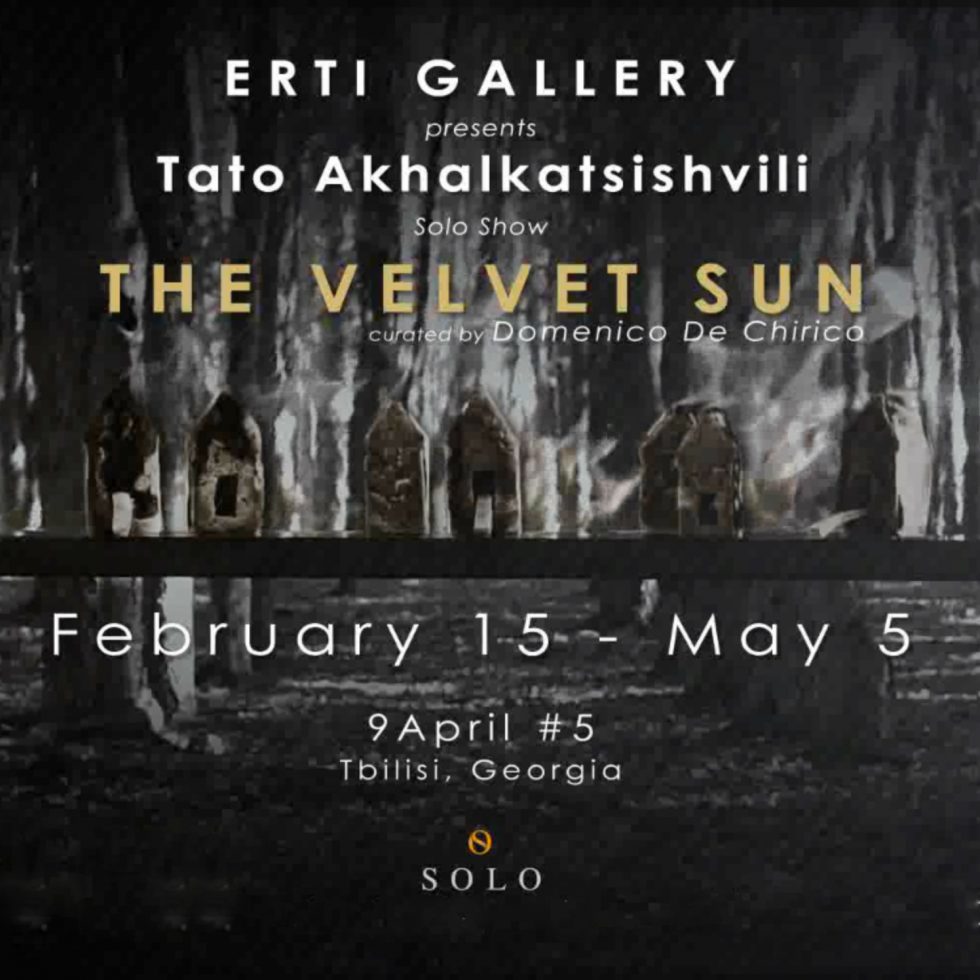
THE VELVET SUNCurated by Domenico De Chirico
February 15 — May 5
Project Partner : SOLO
Tato Akhalkatsishvili’s incessant research through his work is perpetually and deeply imbued with dreams whose aura influences over the present, in which the earth and its events transcend the limits of reality by placing themselves in inscrutable temporal systems. Akhalkatsishvili’s work is mainly artistic, but his experimentation also embraces other layers as well the exhibition.
The thread that joins all his works, and regardless of the expressive layer used by the artist, remains constant and every re-research through a visual trip reaches something never fully attainable, but revealing itself in its unattainability. Akhalkatsishvili aims to find that non-spatial point or that non-temporal moment, in which past and present meet each other and in which the psychological connections, together with our subconscious memory, are connected to the actions performed in the present or actions fulfilled everyday at the moment of choosing, having their roots in complicated hereditary things. Surely, such research is viscerally linked to the sociological and political dynamics that are significant to the most recent history of Georgia and the post-Soviet countries and particularly, the relationship between these nations with ambiguous present and almost intangible future. His attention focuses on the way of life of the nations involved and оn the most extreme political dynamics in terms of regime.
The title of the exhibition refers to different historical moments, but not so completely, as these moments are connected because of various reasons and changes, as times are united and the worlds of generations meet each other. Promising force of the Sun, brilliance of which is nevertheless given by the reflections of its deep fabric, has turned into troublesome and often difficult realities, always directed towards the growing world, in which past experiences can rely on the most prescient visions.Thus, such a diverse interest finds its way within the landscapes of altered outlines, through an imaginative level, in which one can glimpse figurative elements of real events and above all, one feels the emotional strength relative to what one is looking at.
That expressive feature that characterizes the art works of Tato Akhalkatsishvili takes completely symbiotic connection with his researches, as if the lines and colors are speaking a language made of personal memories, which is universal at the same time. Those bright and almost overwhelming colors that sometimes seem to tremble have something in common with the fire, whether they are colors corresponding to this element or other shades of colour and thereby, they imitate the movement of some kind of dance, which now exists and then vanishes away, being different all the time. These forms seem to point on a movement that does not exist, but to which they fiercely yearn, over such desire for a movement, in which the images of yesterday and today are enveloped together and in which the consciousness takes shape in its wonderful and complicated reality.
-
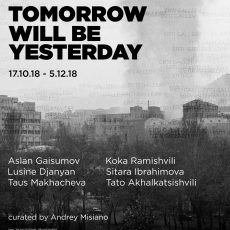 Tomorrow Will Be Yesterday | Group Show
Tomorrow Will Be Yesterday | Group Show Tomorrow Will Be Yesterday | Group Show
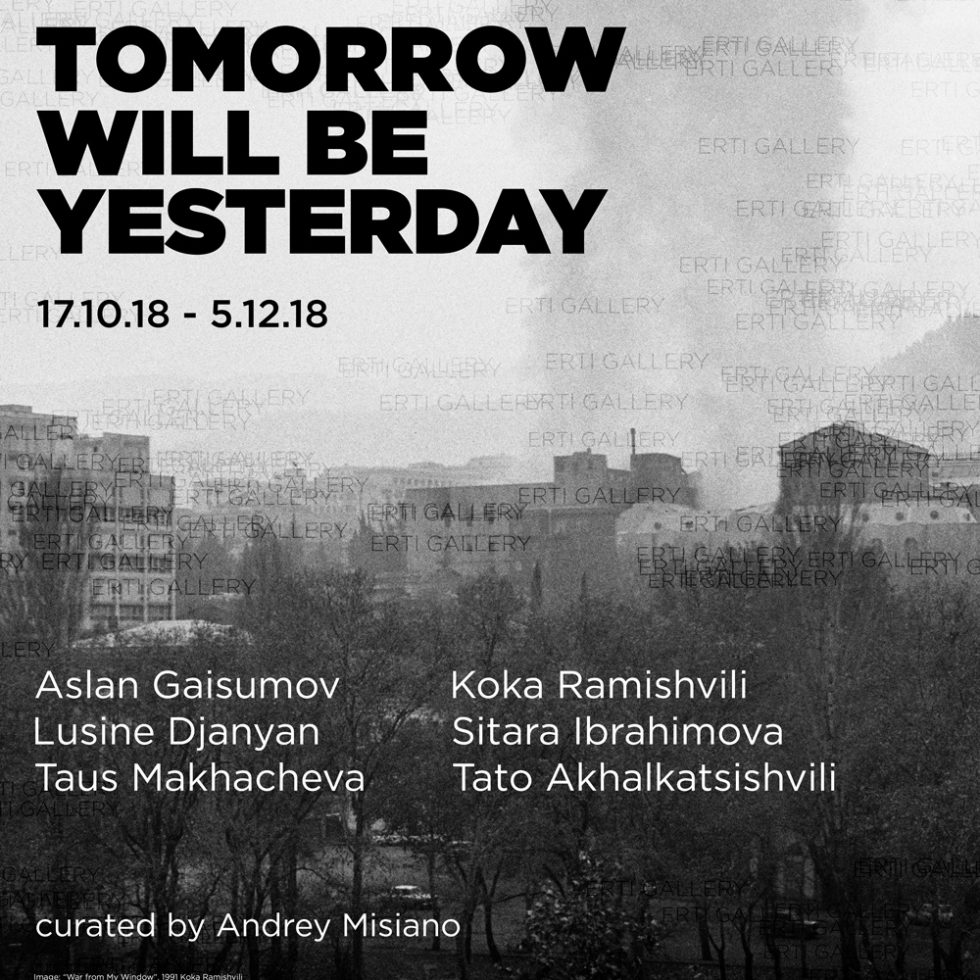
Tomorrow Will Be Yesterday
Curator: Andrey MisianoERTI Gallery presents the exhibition Tomorrow Will Be Yesterday, which is based on a study of the work of a broad group of artists whose origins are inextricably tied with the Caucasian region. This is the third in a series of exhibitions1 devoted to the contemporary art scene in the Caucasus. The range of themes of the first two exhibitions included the loss of home, forced migration, the politics of identity, and history after the “end of history.” The present exhibition mostly focuses on history, geopolitics and ethnic strife in the region. It examines the experience of individuals and whole nations confronted with historical cataclysms and change.
The exhibition opens with Types du Caucase (2013 — present) by the Dagestani artist Taus Makhacheva. This work is a collection of postcards from the Russian Empire depicting different Caucasian tribes and religious groups according to all the rules of exoticization. It is noteworthy that the original captions were written in the two languages (Russian and French) spoken by the elite of the time.
The works of the Swedish-based artist Lusine Djanyan and the Azerbaijani artist Sitara Ibrahimova examine the arguably biggest (and still unresolved) ethnic conflict in the Caucasus: the Nagorno-Karabakh dispute. Originating in the Early Modern Period, this conflict flared out twice in the 20th century during the disintegration of the Russian Empire and the breakup of the USSR. Djanyan’s Ires (2014) consists of sewn-together blankets with images of several genera- tions of the artist’s family, alluding to the hot phase of the conflict during the Perestroika. The “ires” is a special cut of a precious fabric that is applied to the upper part of a blanket. Many Ar- menian refugees that left Azerbaijan in 1988 wrapped their belongings in a bundle made of such fabric. Ibrahimova’s photo series Lost in Karabakh (2009 — present) is also connected with the material world of people that went through the catastrophe of war. Ibrahimova photographs the belongings of people that disappeared during the conflict. Rather than imposing a specific plot or complex narrative on the viewer, this series of images simply shows a quiet world of things that will never serve their owners again. Tato Akhalkatsishvili’s new work “Tomorrow will be yesterday” 2018, treats a special type of conflict that takes place in human memory. Although his goal is to generalize collective images, he starts with his personal memories of a childhood, of a country that has long since disappeared (and perhaps had never existed in the first place), and of the areas and collisions of history that have still not been evaluated in a clear-cut fashion and continue to be revised and discussed.
The disintegration of the Soviet Union led to the outbreak of several armed ethnic conflicts in the Caucasus and Central Asia. The most severe and protracted among them was the Chechen War. At the exhibition, the Chechen artist Aslan Gaisumov presents his collection of Postcards (2015) issued during the short period between the two wars during the existence of independent Ichkeria (1996-1999). They have one remarkable feature in common: instead of scenic landscapes or brightly lit skyscrapers that are usually depicted on postcards, they show views of war-ravaged Grozny.
In addition to ethnic conflicts on the territory of the former USSR, a civil war broke out in Georgia in 1991-1992. At the peak of the fighting, Koka Ramishvili photographed the skirmishes in the center of Tbilisi from his window. The video project War from My Window shows the war in an intentionally quiet and subdued way, highlighting the mix of the eternal and the temporal that marked the moment. The work contains no national, territorial or political messages, simply depicting the same landscape during twelve days of (invisible) war.
Makhacheva’s Landscape thematically unifies the exhibition without touching upon any of the sore spots of the history of countries and republics. Introducing the dimension of the landscape into the exhibition in a witty manner, it consists of a spatially arranged series of noses of different Caucasian peoples. There are several folk sagas in Dagestan, about men, who have lost their noses. In the Avar language the word “мerlep” means both “mountain” and “nose”, demonstrating how strongly the mountain-dwellers identify with the mountains. Together they symbolize the Greater Caucasus mountain range — a territory whose history has been troubled for over two thousand years already.
1 Untitled… (Native Foreigners), Garage Museum, Moscow, July 7 — August 10, 2014; Life from My Win- dow, Laura Bulian Gallery, Milan, October 19, 2017 — January 26, 2018.
-
 Never Sleep Upside Down
Never Sleep Upside Down Never Sleep Upside Down
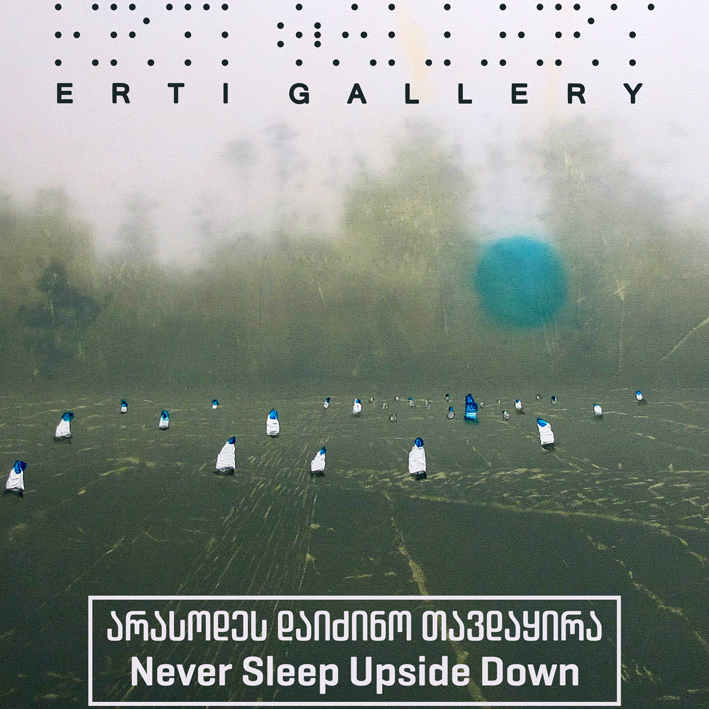
The exhibition presents multimedia installation, which gives the association of galaxy.
A mankind is the only creature on earth, able to perform the act of looking at the sky with defining it in various content and motivation. For every individual “looking upwards” is related to intimacy and often indicates to having the sort of skill feeling infinity, inaccessibility, hope and deep sensibility, which is often doomed or forgotten by life routine. The text “Never ask me, what I am doing on the roof of the house” underlines mystical feelings, which artist experiences in this case.
Multimedia installations and canvases – landscapes with blurred horizons with mystic and surrealistic moods – depicts private transcendental feelings and psychological conditions, which usually accompanies the issues of existentialism and the search for the blurred future, which itself is an utopia.
A mushroom is a multifunctional organism on earth. One of the sort of it is “Amanita Muscaria”, which has the effect of losing fear of anything, getting crazy and having some hallutinations. Historically It is known, that the people of north used to drink particularly this mushroom bullion before the war, and afterwards the victory was becoming inevitable.
Installation “AMANITA MUSCARIA” is the condition of a man, freed from any kind of fear, with a dualistic and utopian opportunities, when there are no boundaries, trajectory or any route… -
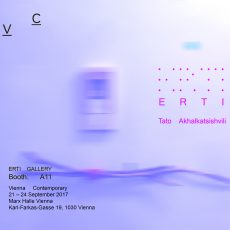 ERTI Gallery is delighted to present artworks of Tato Akhalkasishvili at Vienna Contemporary 2017, which will take place at Marx Halle, September 21-24
ERTI Gallery is delighted to present artworks of Tato Akhalkasishvili at Vienna Contemporary 2017, which will take place at Marx Halle, September 21-24 ERTI Gallery is delighted to present artworks of Tato Akhalkasishvili at Vienna Contemporary 2017, which will take place at Marx Halle, September 21-24
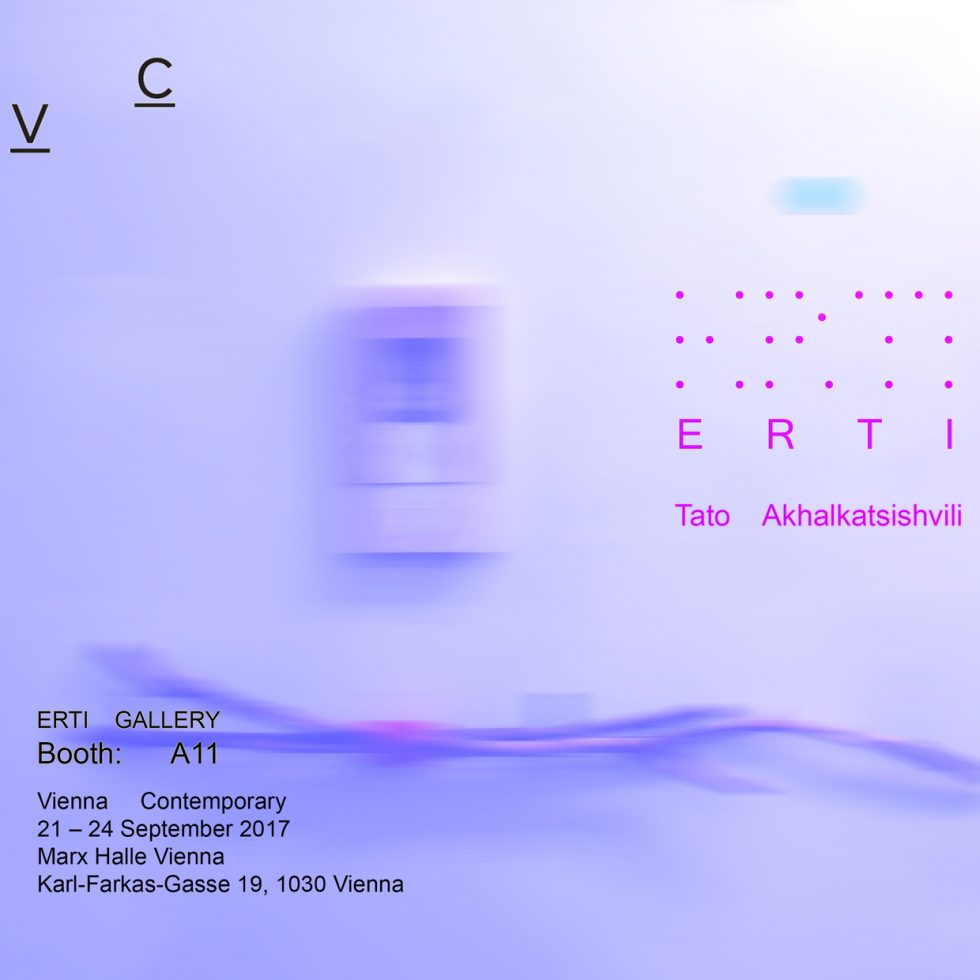
Tato Akhalkasishvili (B.1979) is a Georgian based artist. He works in painting, in addition he makes objects, installations and collages. Akhalkasishvili expresses important issues and concepts with the help of different metaphors. Childhood is one of the primary themes in his art. He portrays childhood memories, post-soviet traumas, perk of human existence. The artist develops his works always in series.
“Voca” – “(Calling”) – one of the highlight series – is an attempt to reflect the psychological condition, when, a human being, first starts to realize, that the world we are living in, is not simple, it can be cruel or dangerous and stands before the dilemma. Artist reflects the process of discovering the world, with its frustrations, ambitions, fears and hopes.
Growing up in late years of communist era and passing teenage years in Post – Soviet transitional period- Akhalkatsishvili had to deal with continuous clashes of value system and socio-cultural structures.
“Born in”, where he uses different wooden toys and objects as a metaphor, demonstrates fragile and inadequate world of a child in comparison to the real world. Among the cut-outs of depictions of different kids, there is one image that is often repeated from work to work: a little boy with naive smile, driving vintage, mechanical car,-mainly placed in emptied abandoned swimming pool or dark, almost theatrical background. That’s the artist himself, the only image he uses from his own archives. By using these images Akhalkasishvili engage the viewer with their own memories and interpretations.
Tato Akhalkatsishvili graduated from Tbilisi State Academy of Arts (1996-2003) were he was a member of “figurative Art Studio”. The studio had a great success in Germany. Since 2000s Tato’s artworks have been mainly exhibited abroad. Twice in Tokyo (“Mitsukoshi” Art Gallery) and regularly in Europe and USA.
VIP Preview: 20 September Preview:12:00 – 17:00 Vernissage: 17:00 – 21:00
Public days: 21-22 September 11:00 – 19:00 23-24 September
11:00 – 18:00 -
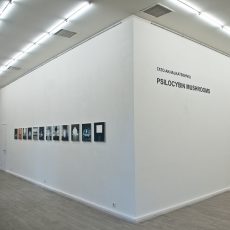 Psilocybin Mushrooms
Psilocybin Mushrooms Psilocybin Mushrooms
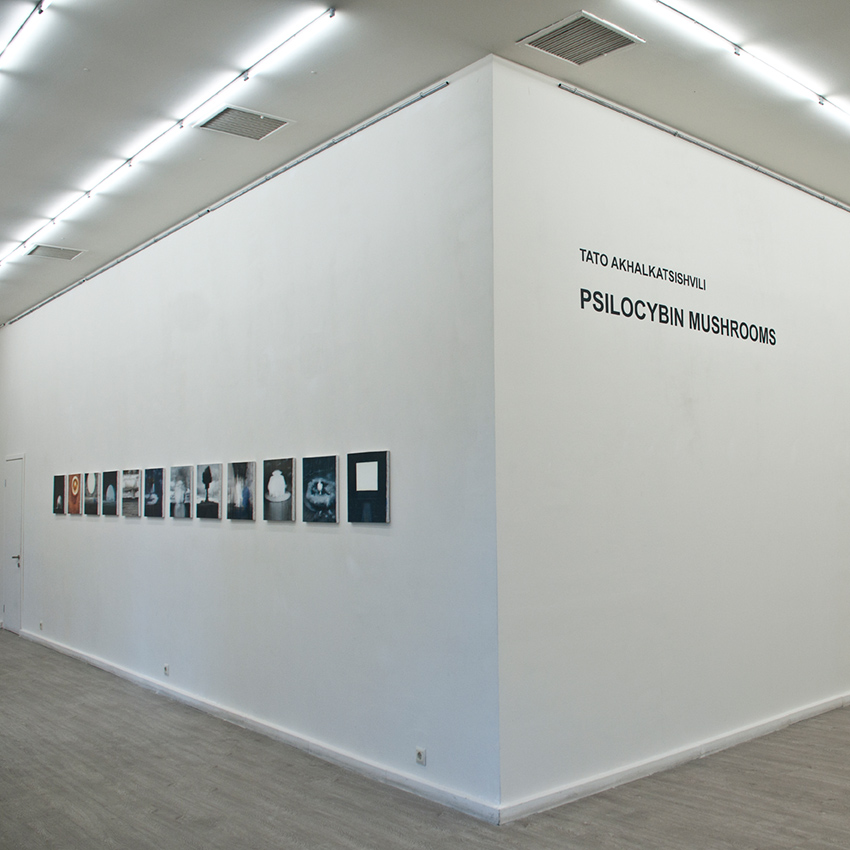
Psychedelic trip is one of the practices of structuring “other” reality, beyond which the “real” world turns into mirage and the border between facts and personal interpretations is blurred.
In 1946, the United States tested nuclear weapons within the framework of Operation Crossroads: a series of explosions took place at Bikini Atoll (the Marshall Islands). These experiments resulted in environmental problems discussed widely in the media. After these events, designer Louis Reard presented a new version of a swimsuit – one divided into two parts like a “Bikini-divided atom”. The documentary footage of explosions is compared to the pictures of gigantic mushrooms or flowers formation, where reality and absurd produce almost surrealistic visions associated with mushrooms of hallucinogenic properties.
The series of conceptual landscapes by Tato Akhalkatsishvili titled Psilocybin Mushrooms represent artistic fantasies built on the crossing points of informational streams, where history, associations and interpretations are constantly interacting. The artist’s favorite landscape theme starts with sophisticated painterly compositions expanding the existential drama through objects in the installation thus constructing a space of complex content.
Psilocybin Mushrooms, like Tato Akhalkatsishvili’s art as a whole, displays a complicated, emotional and enigmatic space where the random system of visual signs reveals such motives as power games or results of monopoly on technologies. At the same time, any theme developed in his projects carries an inner deliberation on the problems of contemporary art, its possibilities or qualities that are yet to be discovered.
Khatuna Khabuliani
Art critic -
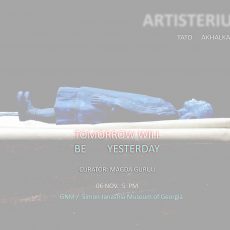 ARTISTERIUM9. Simon Janashia Museum of Georgia. 06.11.2017
ARTISTERIUM9. Simon Janashia Museum of Georgia. 06.11.2017 ARTISTERIUM9. Simon Janashia Museum of Georgia. 06.11.2017
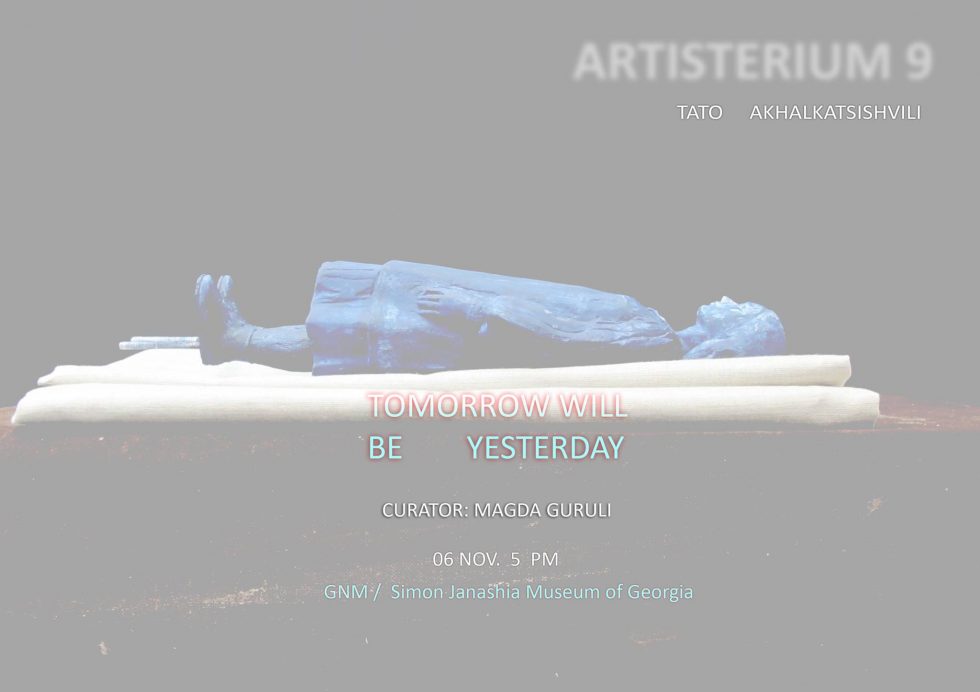
-
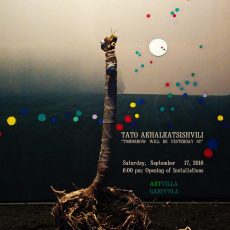 Tomorrow Will Be Yesterday 02. Artvilla Gariyula. 17.09.2016
Tomorrow Will Be Yesterday 02. Artvilla Gariyula. 17.09.2016 Tomorrow Will Be Yesterday 02. Artvilla Gariyula. 17.09.2016
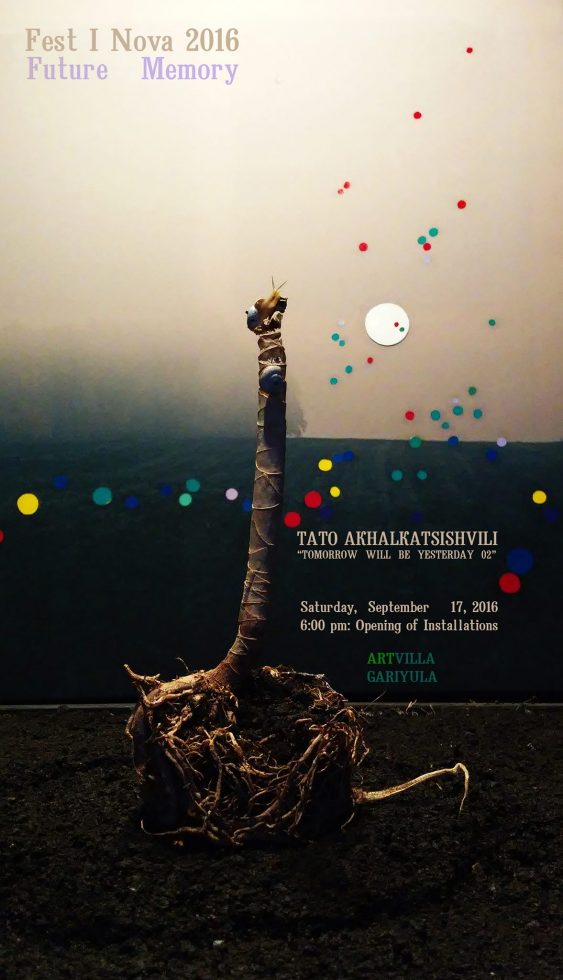
“Tomorrow will be yesterday” is a multimedia project, which is accomplished on various locations, be it museums, galleries or nature. At this stage Tato has created three different installations with a mixed technique, where he used sculptures, oil paintings, prints, wood, garments, paper, ground, rubber, raw materials and ready-made objects. The project was based on artist’s observations on conditions like manipulation with traditions, psychological terror, trembling as a result of unconscious fear towards the former manipulators who were once very powerful. So the name of the project is the representation of this never ending cycle that rolls besides happy, colorful and interesting natural life experiences.
-
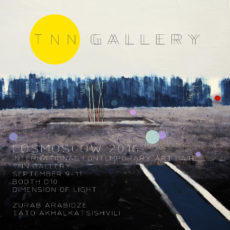 COSMOSCOW 2016
COSMOSCOW 2016 COSMOSCOW 2016
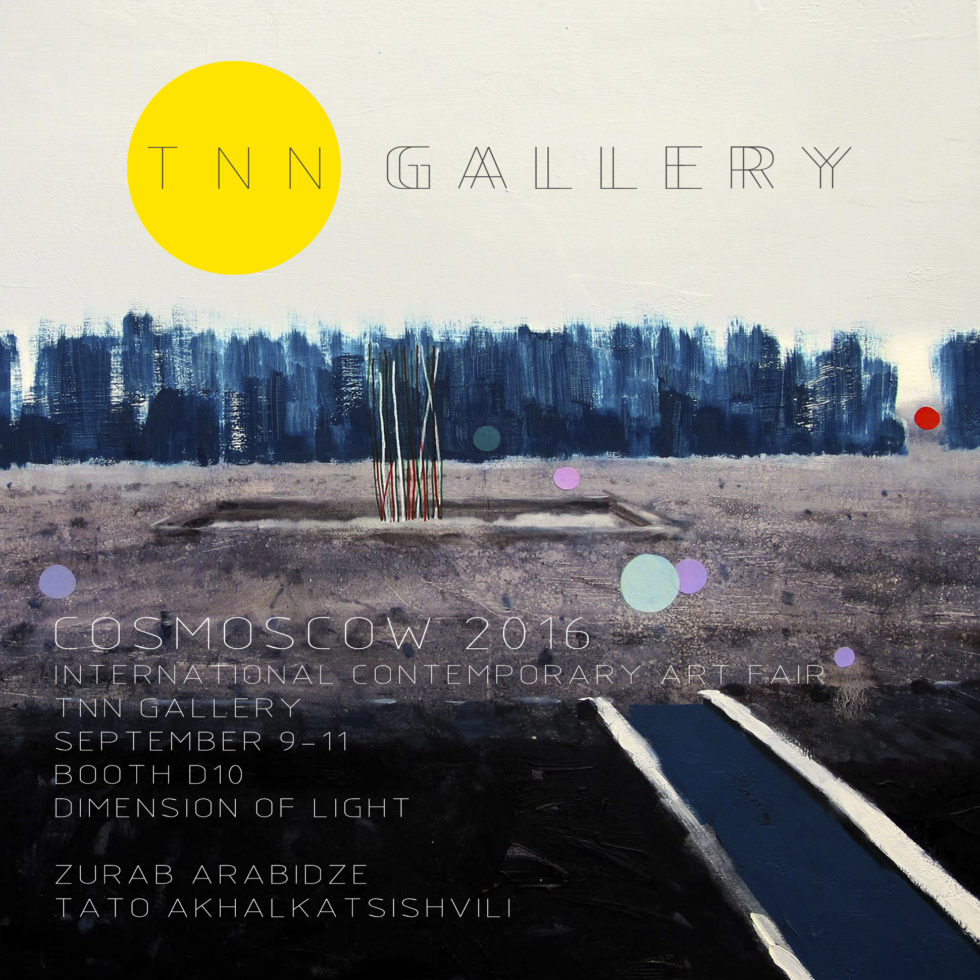
“Light
Light
The visible reminder of Invisible Light”
– T.S EliotThe exposition of TNN Gallery at COSMOSCOW International Art Fair 2016, presented an absolutely different artists, they both create different artistic variations in the dimension of light. Both Zurab Arabidze and Tato Akhalkatsishvili works in mixed media, though both artistic visions are completely different and distinguished with its individuality.
Zurab Arabidze born in 1980 Tbilisi, Georgia. Nowadays he lives and works in Moscow. His works presented at COSMOSCOW are completely dedicated to the mystery of light, which uses photon as a metaphor in a physics of elementary particles. The contact of the light and the water– two main beginnings of life – finds its expression in the vivid geometrical compositions. In these series of works, the artist impressively shows how the light particles are spread on the surface of a sea, where invisible particles attract each other. For the Zurab the structure of a cosmos and it’s acting particles is the sample of a human being, where at one glance a chaotic world is a subject to the certain dynamism, one strives to meet its second half, or a lost particle. In artist’s opinion these dynamism is motivated with the invisible or unconscious fear of loneliness in an infinite universe.
Tato Akhalkatsishvili, born in 1979, Tbilisi, Georgia, lives and works in Tbilisi. An optional and a symbolic understanding of the light is the corner stone of Tato’s abstract landscapes within included fragments of contrasting photo collages. Unconscious fears, weird psychological mood fragments grown from our memory looks like a puzzle. This is a dimension of a subjective sense of the history, where the time boundaries are disappeared and on the scene stay emotional conditions with loneliness, with its secret, with searching for solutions and returning to the childhood’s unconscious conditions.
To sum up, presented exposition offers high standard artistic interpretations, where two artistic visions meet each other on the subject of a light.
Press:
- http://style.rbc.ru/view/art/57c7ed7c9a7947a35c9d9bf6
- http://www.bazaar.ru/culture/heroes/nezavisimyy-vzglyad-na-yarmarku-cosmoscow-2016/
Video:
-
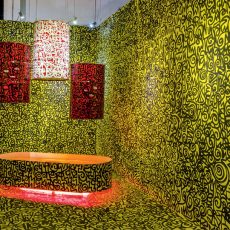 Harpers Bazaar Arabia
Harpers Bazaar Arabia -
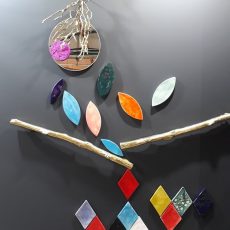 Arab News
Arab News -
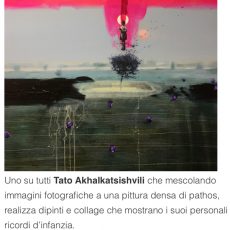 Tato A. at viennacontemporary
Tato A. at viennacontemporary -
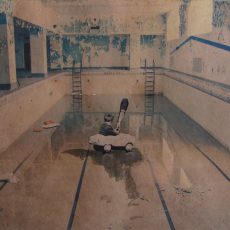 Shuffled histories of Tato
Shuffled histories of Tato Shuffled histories of Tato
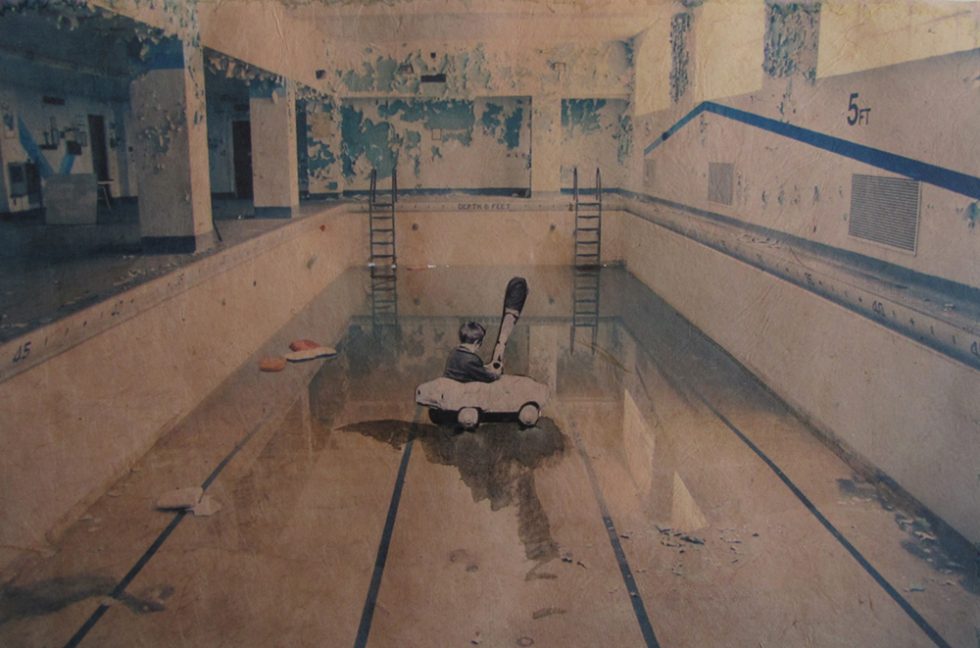
Shuffled histories of Tato
-
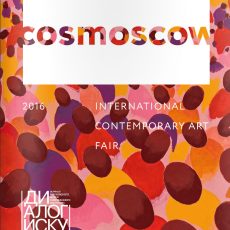 Cosmoscow
Cosmoscow Cosmoscow
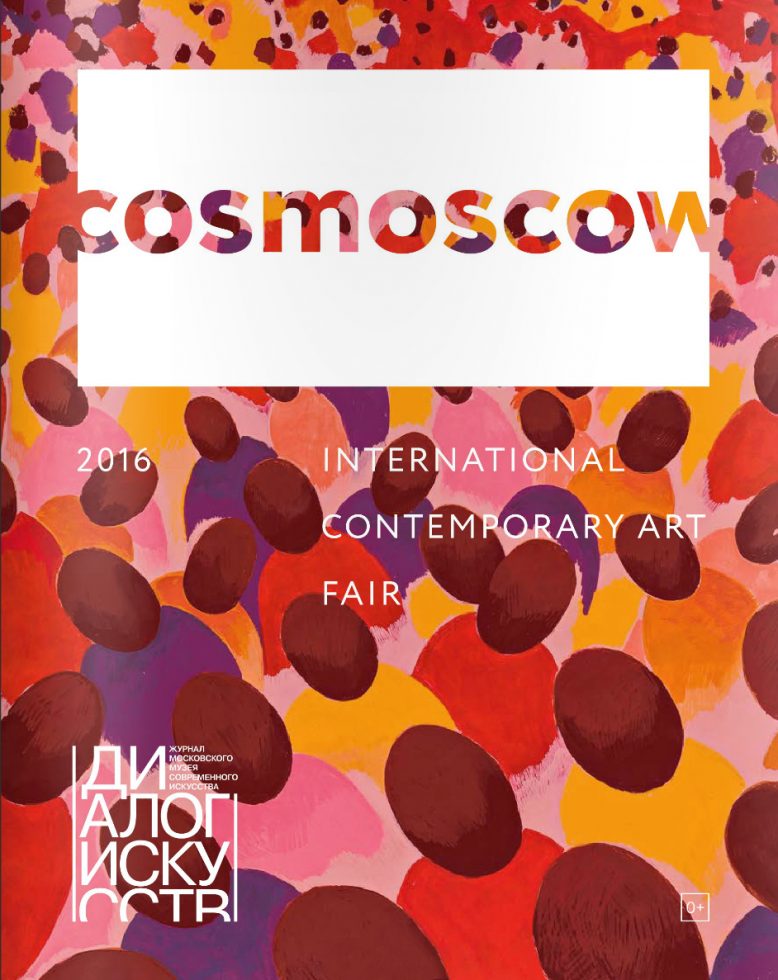
Cosmoscow
-
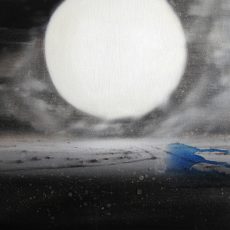 Indigo – Stories
Indigo – Stories -
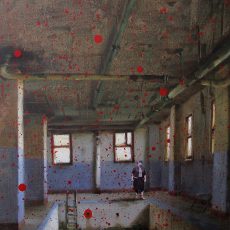 Multimedia Reflections on Georgian Heritage and Identity
Multimedia Reflections on Georgian Heritage and Identity -
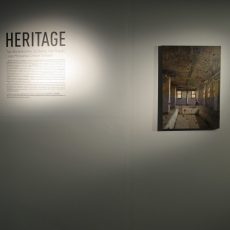 Heritage 2014
Heritage 2014 Heritage 2014
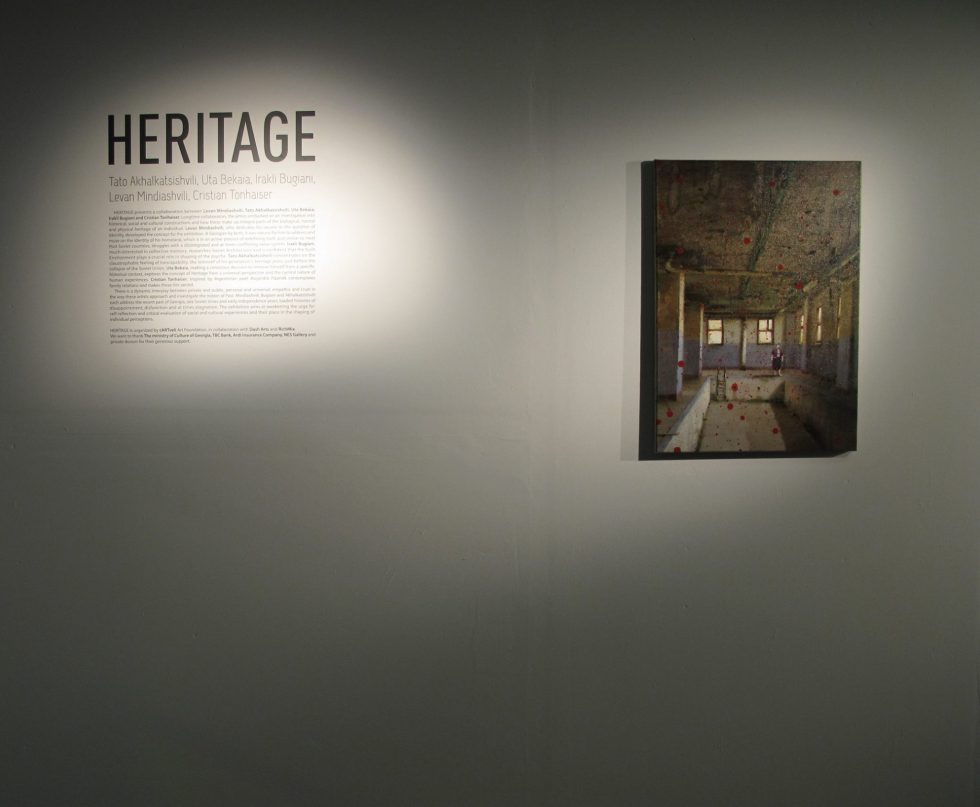
Tato Akhalkatsishvili made his appearance on the Georgian art scene with almost abstract landscapes. While artists of his generation were mostly interested in experimenting with multimedia and conceptual practices Tato and his fellows created artist collective ‘Figurative Art Studio’. It was the Georgian version of “New Figuration” in the post- totalitarian country’s artistic discourse, which took place amid great difficulties. On Tato Akhalkatsishvili’s web site archive of works is divided into two parts, and over the following: 2008-2012 and 2013, but it does not mean only the chronological systematization of his art; 2013 represents artist’s new project, which unlike the previous period is enriched by mixed media practice and his technical experiments are based on a conceptual basis. Tato Akhalkatsishvili is quite deliberate considering landscape the centre of his art. Even though the enigmatically defined landscapes could be showing very photo-realistically concrete geographic points or sometimes especially dimmed image, it is remote from specific and real context and creates the pictures of imaginary interrelation with the imaginary world using the complex compound of memories, feelings and unconscious experiences. What makes the expressiveness of the landscape most effective is the treatment of texture, where the technological process appears the substantive component of the painting. In his new pieces for the project ‘Heritage’ (14.11.2013 – 24.11.2013 Georgian National Museum) he did not make a spotlight on his transcendental sensitivity as usual, but displayed a whole different version of his art. Here we find the specific stories and photo characters launched in the painting, like the personal and subjective memories occurring when going over the family album that vaguely refreshes the old feelings. Since ‘Heritage’ presented the variety of comprehending the recent past Tato Akhalkatsishvili’s participation enriched the project with the subjective associations of the painful emotional experience of the history. The series of 2013 are marked by his growing interests in finding contexts and in wider explorations from his very own artistic focus. The specific yet anonymous facts related to the photos and developing into matters like loneliness, mystery, calling, exit, childhood, etc. They tell the stories of physiological states and show the moments of traumatic childhood and solidarity to yet unconscious defining moments with particular sensitivity, while the surrounding world flows through a sequence of undefined images and understanding it demands the time back.
Khatuna Khabuliani, Art Critic, 2014

What the Butler Saw –
Expats News – Full line-up and programming for Art Dubai’s first edition of residents announced

What the Butler Saw – A Conversation with Tato Akhalkasishvili, participant in Art Dubai 2018’s Inaugural “Residents” program, by James Scarborough
Works of Erti gallery’s artists Tato Akhalkatsishvili and Daro Sulakauri will be presented at the OFF WHITE auction, supported by PHILLIPS auction house, organized as part of Cosmoscow fair
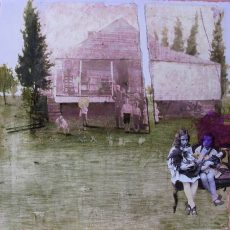 THE SECRET 03
THE SECRET 03 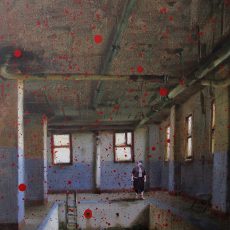 BORN IN 01
BORN IN 01 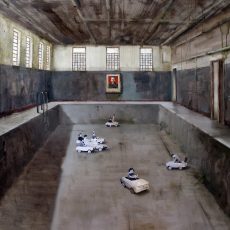 BORN IN 02
BORN IN 02 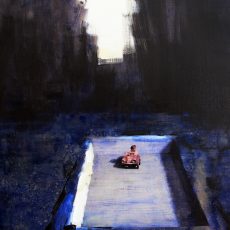 BORN IN 03
BORN IN 03 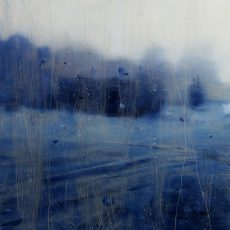 THEN I FELL ASLEEP, WOKE UP, BUT I FELL ASLEEP AGAIN 01 (Kobo Abe. THE BOX MAN)
THEN I FELL ASLEEP, WOKE UP, BUT I FELL ASLEEP AGAIN 01 (Kobo Abe. THE BOX MAN) 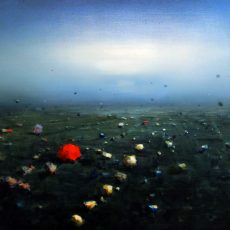 THEN I FELL ASLEEP, WOKE UP, BUT I FELL ASLEEP AGAIN 02 (Kobo Abe. THE BOX MAN)
THEN I FELL ASLEEP, WOKE UP, BUT I FELL ASLEEP AGAIN 02 (Kobo Abe. THE BOX MAN) 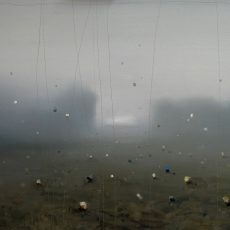 THEN I FELL ASLEEP, WOKE UP, BUT I FELL ASLEEP AGAIN 07 (Kobo Abe. THE BOX MAN)
THEN I FELL ASLEEP, WOKE UP, BUT I FELL ASLEEP AGAIN 07 (Kobo Abe. THE BOX MAN)  THEN I FELL ASLEEP, WOKE UP, BUT I FELL ASLEEP AGAIN 08 (Kobo Abe. THE BOX MAN)
THEN I FELL ASLEEP, WOKE UP, BUT I FELL ASLEEP AGAIN 08 (Kobo Abe. THE BOX MAN) 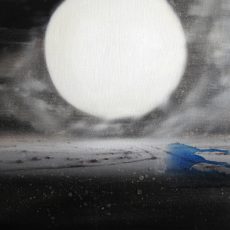 PSILOCYBIN MUSHROOMS 01
PSILOCYBIN MUSHROOMS 01 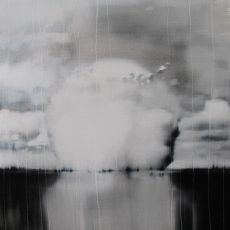 PSILOCYBIN MUSHROOMS 02
PSILOCYBIN MUSHROOMS 02 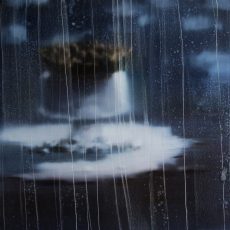 PSILOCYBIN MUSHROOMS 03
PSILOCYBIN MUSHROOMS 03  PSILOCYBIN MUSHROOMS 04
PSILOCYBIN MUSHROOMS 04  PSILOCYBIN MUSHROOMS 05
PSILOCYBIN MUSHROOMS 05 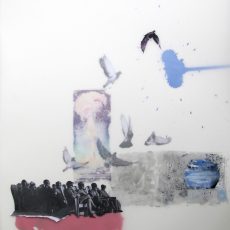 PSILOCYBIN MUSHROOMS 06
PSILOCYBIN MUSHROOMS 06 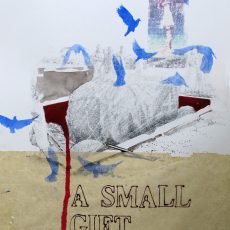 PSILOCYBIN MUSHROOMS 07
PSILOCYBIN MUSHROOMS 07 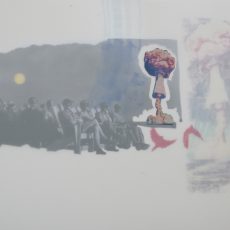 PSILOCYBIN MUSHROOMS 08
PSILOCYBIN MUSHROOMS 08 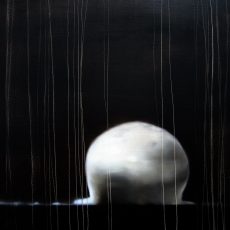 PSILOCYBIN MUSHROOMS 09
PSILOCYBIN MUSHROOMS 09 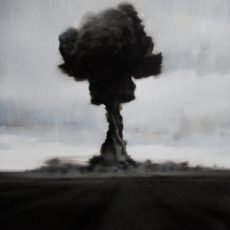 PSILOCYBIN MUSHROOMS 10
PSILOCYBIN MUSHROOMS 10 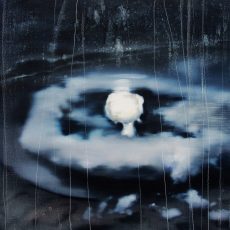 PSILOCYBIN MUSHROOMS 11
PSILOCYBIN MUSHROOMS 11  PSILOCYBIN MUSHROOMS 12
PSILOCYBIN MUSHROOMS 12  PSILOCYBIN MUSHROOMS 13
PSILOCYBIN MUSHROOMS 13 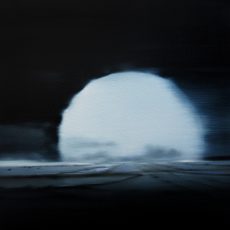 PSILOCYBIN MUSHROOMS 14
PSILOCYBIN MUSHROOMS 14  PSILOCYBIN MUSHROOMS 15
PSILOCYBIN MUSHROOMS 15 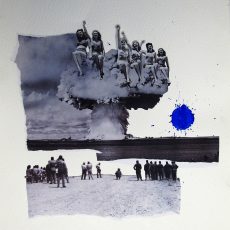 PSILOCYBIN MUSHROOMS 16
PSILOCYBIN MUSHROOMS 16 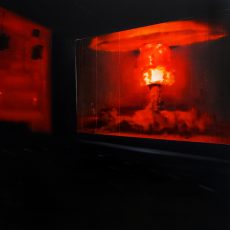 PSILOCYBIN MUSHROOMS 17
PSILOCYBIN MUSHROOMS 17 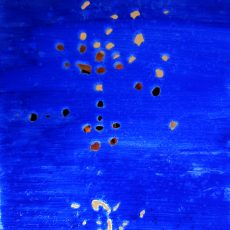 PSILOCYBIN MUSHROOMS 20
PSILOCYBIN MUSHROOMS 20 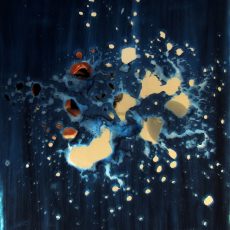 PSILOCYBIN MUSHROOMS 21
PSILOCYBIN MUSHROOMS 21 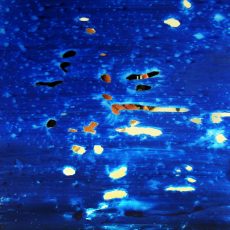 PSILOCYBIN MUSHROOMS 22
PSILOCYBIN MUSHROOMS 22 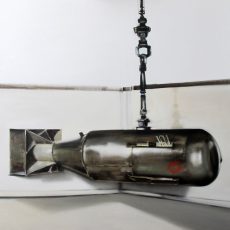 PSILOCYBIN MUSHROOMS 23
PSILOCYBIN MUSHROOMS 23  PSILOCYBIN MUSHROOMS 24
PSILOCYBIN MUSHROOMS 24 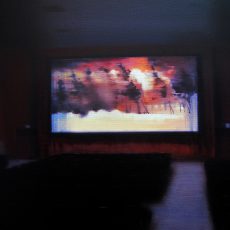 PSILOCYBIN MUSHROOMS 24. Detail
PSILOCYBIN MUSHROOMS 24. Detail 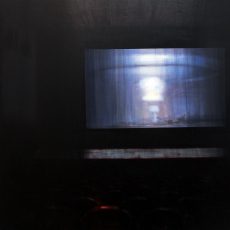 PSILOCYBIN MUSHROOMS 25
PSILOCYBIN MUSHROOMS 25 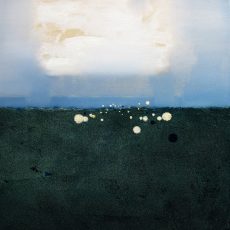 THEN I FELL ASLEEP, WOKE UP, BUT I FELL ASLEEP AGAIN 03 (Kobo Abe. THE BOX MAN)
THEN I FELL ASLEEP, WOKE UP, BUT I FELL ASLEEP AGAIN 03 (Kobo Abe. THE BOX MAN) 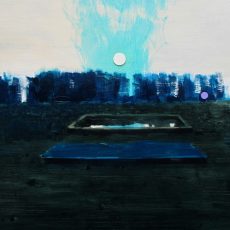 THEN I FELL ASLEEP, WOKE UP, BUT I FELL ASLEEP AGAIN 04 (Kobo Abe. THE BOX MAN)
THEN I FELL ASLEEP, WOKE UP, BUT I FELL ASLEEP AGAIN 04 (Kobo Abe. THE BOX MAN) 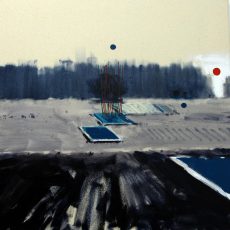 THEN I FELL ASLEEP, WOKE UP, BUT I FELL ASLEEP AGAIN 05 (Kobo Abe. THE BOX MAN)
THEN I FELL ASLEEP, WOKE UP, BUT I FELL ASLEEP AGAIN 05 (Kobo Abe. THE BOX MAN) 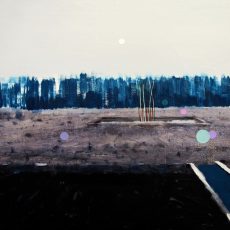 THEN I FELL ASLEEP, WOKE UP, BUT I FELL ASLEEP AGAIN 06 (Kobo Abe. THE BOX MAN)
THEN I FELL ASLEEP, WOKE UP, BUT I FELL ASLEEP AGAIN 06 (Kobo Abe. THE BOX MAN) 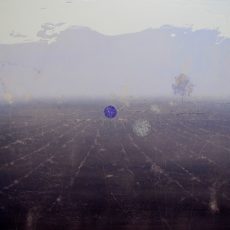 THEN I FELL ASLEEP, WOKE UP, BUT I FELL ASLEEP AGAIN 08 (Kobo Abe. THE BOX MAN)
THEN I FELL ASLEEP, WOKE UP, BUT I FELL ASLEEP AGAIN 08 (Kobo Abe. THE BOX MAN) 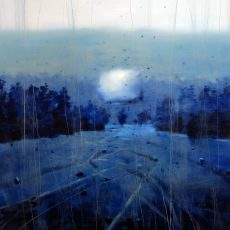 THEN I FELL ASLEEP, WOKE UP, BUT I FELL ASLEEP AGAIN 09 (Kobo Abe. THE BOX MAN)
THEN I FELL ASLEEP, WOKE UP, BUT I FELL ASLEEP AGAIN 09 (Kobo Abe. THE BOX MAN) 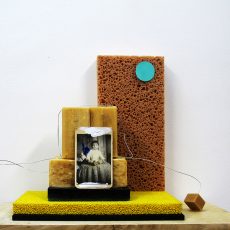 UNTITLED 01
UNTITLED 01 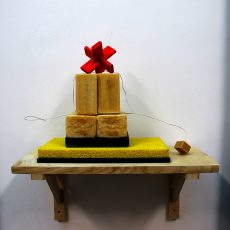 UNTITLED 02
UNTITLED 02 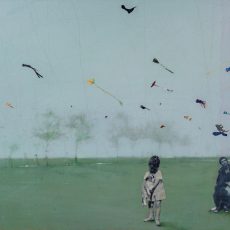 CHILDHOOD 02
CHILDHOOD 02 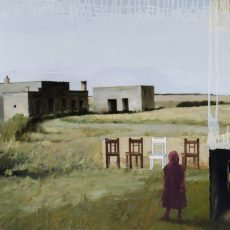 TIME OF LONELINESS
TIME OF LONELINESS 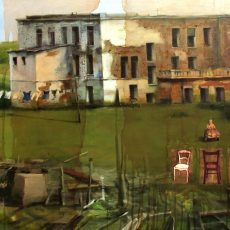 TIME OF LONELINESS 02
TIME OF LONELINESS 02 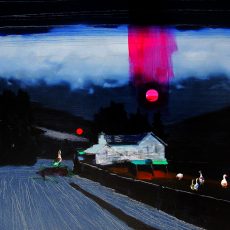 BACK HOME
BACK HOME 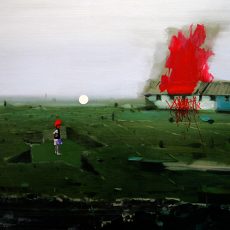 BACK HOME 1
BACK HOME 1 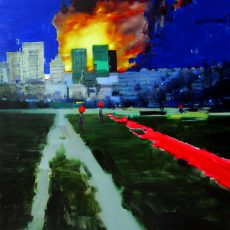 BACK HOME 2
BACK HOME 2 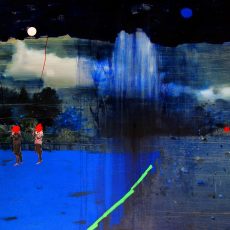 BACK HOME 7
BACK HOME 7 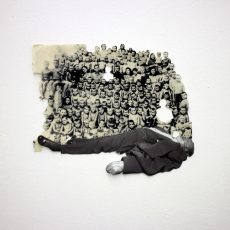 BACK HOME 02
BACK HOME 02 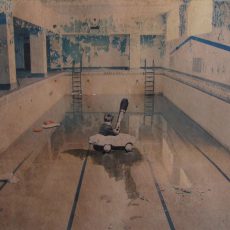 BACK HOME 06
BACK HOME 06 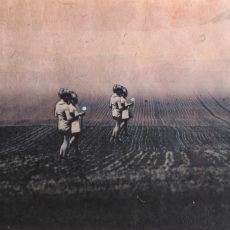 BACK HOME 07
BACK HOME 07 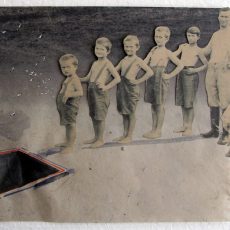 BACK HOME 08
BACK HOME 08 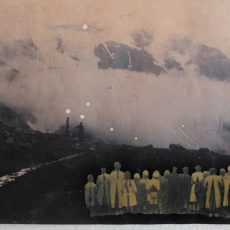 BACK HOME 09
BACK HOME 09 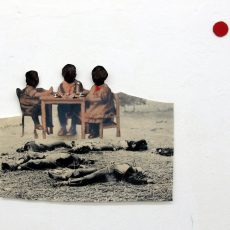 BACK HOME 11
BACK HOME 11 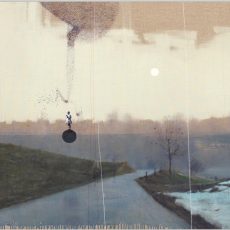 Voca 02
Voca 02 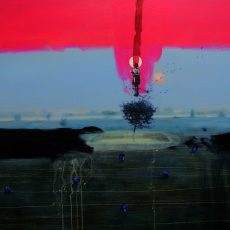 Voca 04
Voca 04  Voсa 02
Voсa 02  Voca 07
Voca 07 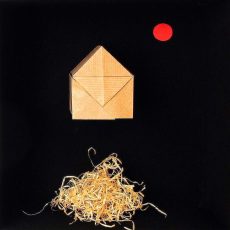 PLAYING WITH THE FIRE 01
PLAYING WITH THE FIRE 01 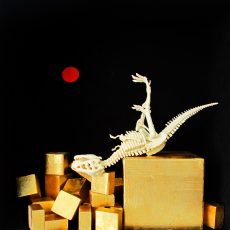 PLAYING WITH THE FIRE 02
PLAYING WITH THE FIRE 02 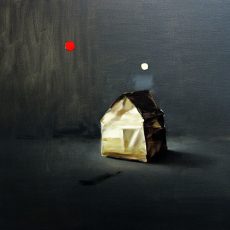 PLAYING WITH THE FIRE 03
PLAYING WITH THE FIRE 03 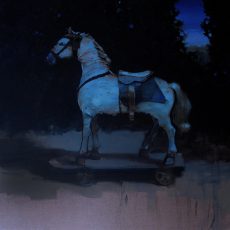 PLAYING WITH THE FIRE 04
PLAYING WITH THE FIRE 04 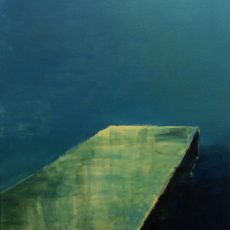 PLAYING WITH THE FIRE 05
PLAYING WITH THE FIRE 05 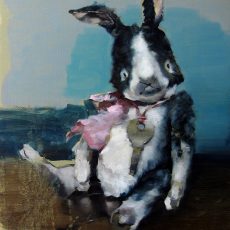 PLAYING WITH THE FIRE 06
PLAYING WITH THE FIRE 06 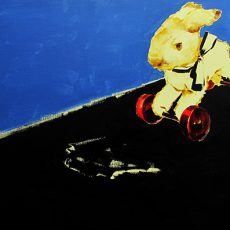 PLAYING WITH THE FIRE 07
PLAYING WITH THE FIRE 07 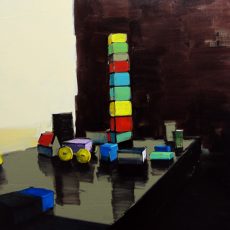 PLAYING WITH THE FIRE 08
PLAYING WITH THE FIRE 08 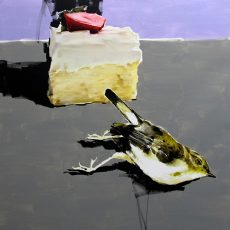 PLAYING WITH THE FIRE 09
PLAYING WITH THE FIRE 09 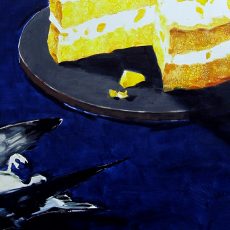 PLAYING WITH THE FIRE 10
PLAYING WITH THE FIRE 10 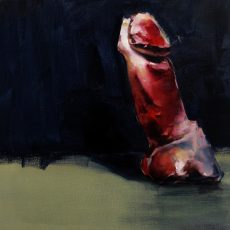 PLAYING WITH THE FIRE 11
PLAYING WITH THE FIRE 11 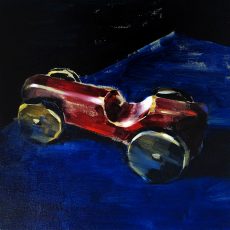 PLAYING WITH THE FIRE 12
PLAYING WITH THE FIRE 12 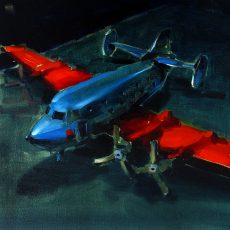 PLAYING WITH THE FIRE 13
PLAYING WITH THE FIRE 13 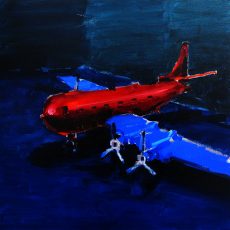 PLAYING WITH THE FIRE 14
PLAYING WITH THE FIRE 14 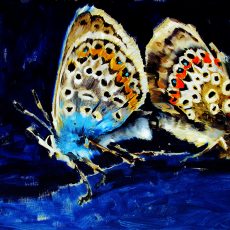 PLAYING WITH THE FIRE 15
PLAYING WITH THE FIRE 15 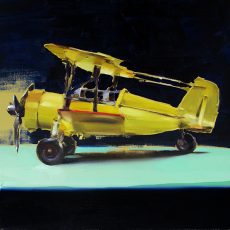 PLAYING WITH THE FIRE 16
PLAYING WITH THE FIRE 16  PLAYING WITH THE FIRE 17
PLAYING WITH THE FIRE 17 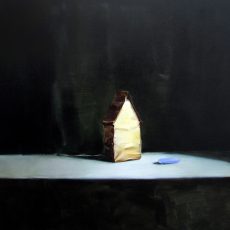 PLAYING WITH THE FIRE 18
PLAYING WITH THE FIRE 18 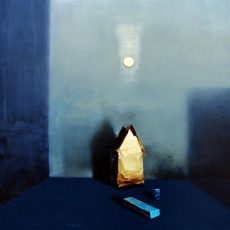 PLAYING WITH THE FIRE 19
PLAYING WITH THE FIRE 19 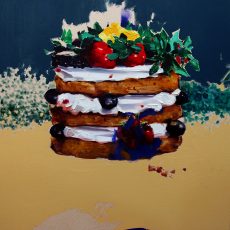 PLAYING WITH THE FIRE 20
PLAYING WITH THE FIRE 20 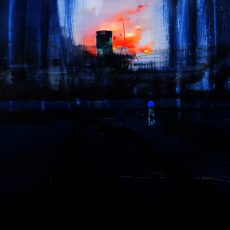 BACK HOME 13
BACK HOME 13 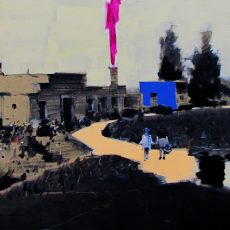 BACK HOME 14
BACK HOME 14 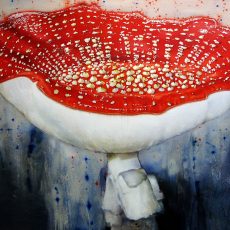 AMANITA MUSCARIA
AMANITA MUSCARIA 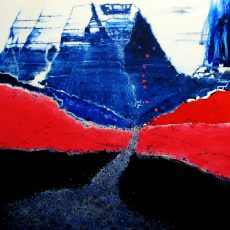 VASTNESSES 01
VASTNESSES 01 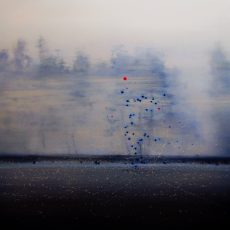 VASTNESSES 02
VASTNESSES 02 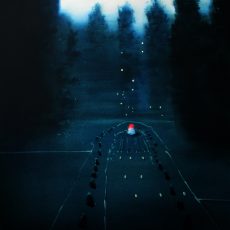 VASTNESSES 03
VASTNESSES 03 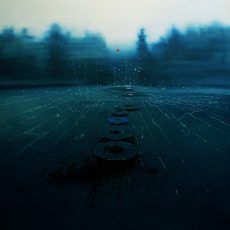 VASTNESSES 05
VASTNESSES 05 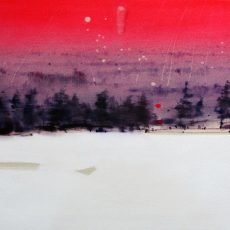 VASTNESSES 06
VASTNESSES 06 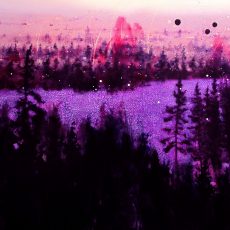 VESTIGES
VESTIGES 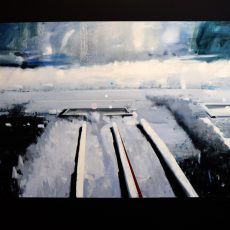 THE VELVET SUN 02
THE VELVET SUN 02 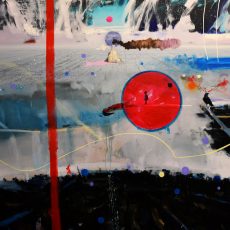 THE VELVET SUN 07
THE VELVET SUN 07 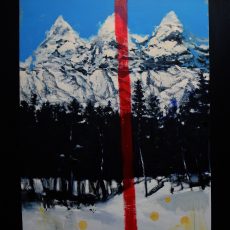 THE VELVET SUN 05
THE VELVET SUN 05  THE VELVET SUN 03
THE VELVET SUN 03  THE VELVET SUN 04
THE VELVET SUN 04 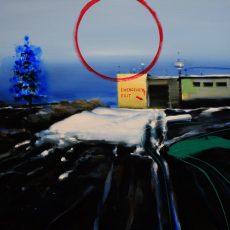 UNTITLED #28
UNTITLED #28 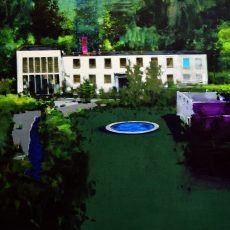 THE VELVET SUN
THE VELVET SUN 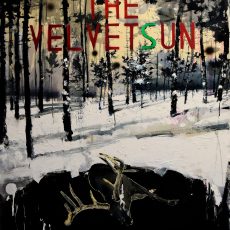 THE VELVET SUN 08
THE VELVET SUN 08 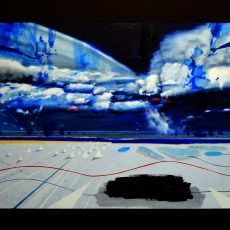 THE VELVET SUN 09
THE VELVET SUN 09 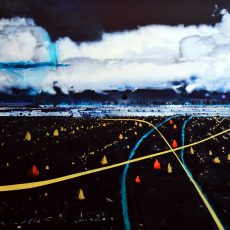 THE VELVET SUN 01
THE VELVET SUN 01 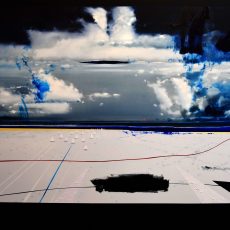 THE NORTH RIVER
THE NORTH RIVER 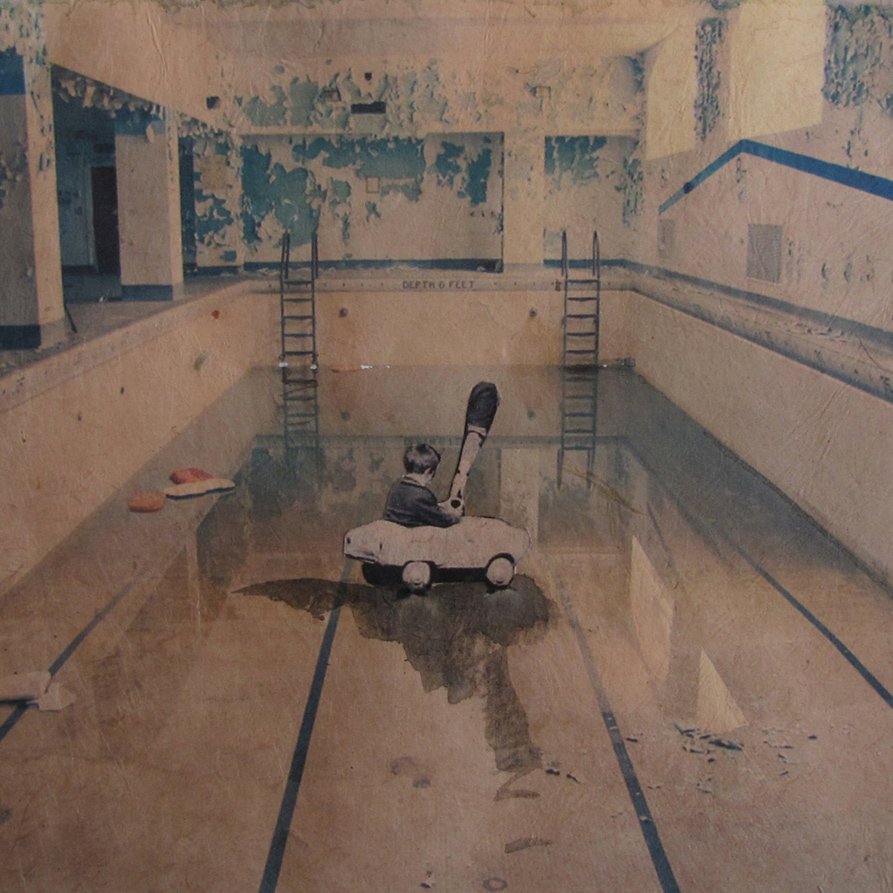 Shuffled His(s)tories
Shuffled His(s)tories Shuffled His(s)tories
Shuffled Hi(s)stories is a solo presentation of Georgian born visual artist Tato Akhalkatsishvili who’s practice expands to painting, collage and three dimensional objects, evolving around the issues such as identity, memory and socio-cultural obligations in conservative society. Since 2013 Akhalkatsishvili is developing a body of work, where the memories of his own childhood are merged with sensitive imaginations in a dream-like, surreal scenes. Heavily relying on found materials and appropriated images from the internet, the artist attempts to separate, distance himself from his childhood traumas by using the images of the persons unknown to him. Landscape had always been the major component and the subject of his paintings, mainly as a metaphoric depiction of “the place” rather than a representation of a specific location. In his current works, the landscape remains the only sign or signifier of Akhalkatsishvili’s own identity, creating a setting for childhood imaginations to be exposed and hopefully understood. Among the cut-outs of depictions of different kids, there is one image that is often repeated from work to work: a little boy with soft curly hair and a naive -a bit forced- smile driving a vintage, mechanical car. That’s the artist himself, the only image he uses from his own archives. Mainly placed in emptied abandoned swimming pools, the kid is always either left by himself, or leaded by the hand without any sings to whom it might belong to. Growing up in late years of communist era and passing teenage years in post-soviet transitional period - Akhalkatsishvili had to deal with continuous clashes of value systems and socio-cultural structures. As his native Georgia was attempting to re-define and re-gain its historical identity throughout the 90’s and early 2000’s, relying heavily on religion and mythical past, Akhalkatsishvili himself is following that self-revealing process attempting to find links between personal and communal, between real and imaginative, between ephemeral and eternal. curated by Levan Mindiashvili
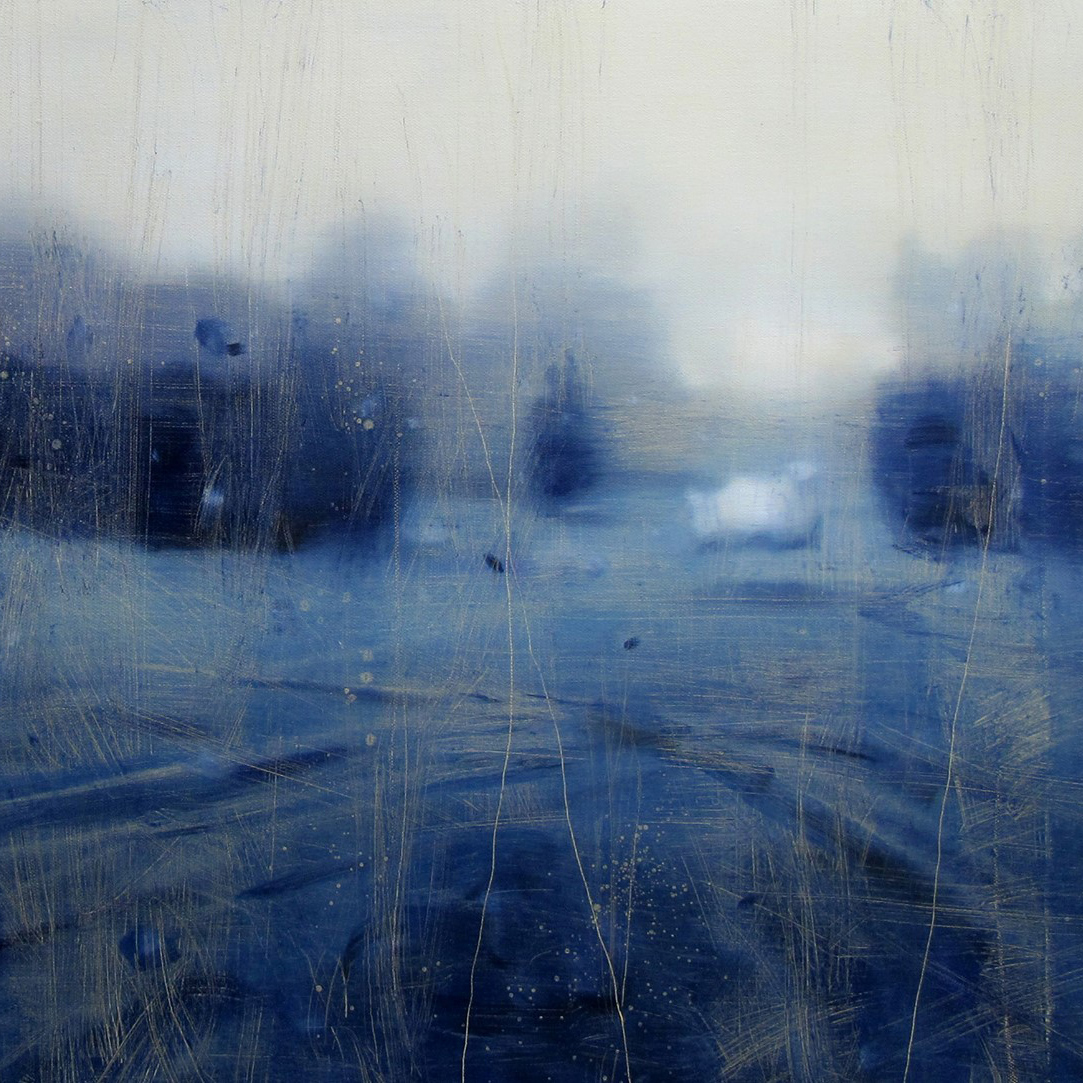 THEN I FELL ASLEEP, WOKE UP, BUT I FELL ASLEEP AGAIN (Kobe Abe. THE BOX MAN)
THEN I FELL ASLEEP, WOKE UP, BUT I FELL ASLEEP AGAIN (Kobe Abe. THE BOX MAN) THEN I FELL ASLEEP, WOKE UP, BUT I FELL ASLEEP AGAIN (Kobe Abe. THE BOX MAN)
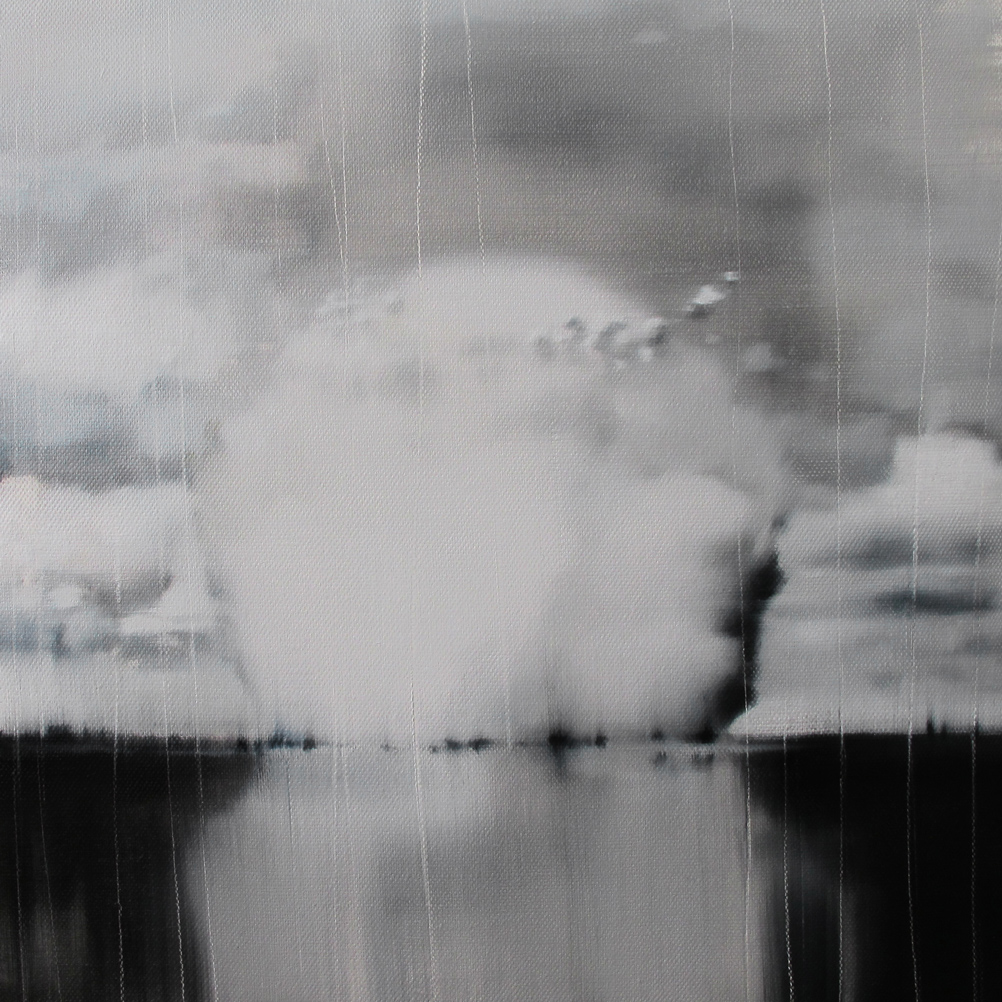 Psilocybin Mushrooms
Psilocybin Mushrooms Psilocybin Mushrooms
Psychedelic trip is one of the practices of structuring “other” reality, beyond which the “real” world turns into mirage and the border between facts and personal interpretations is blurred. In 1946, the United States tested nuclear weapons within the framework of Operation Crossroads: a series of explosions took place at Bikini Atoll (the Marshall Islands). These experiments resulted in environmental problems discussed widely in the media. After these events, designer Louis Reard presented a new version of a swimsuit - one divided into two parts like a “Bikini-divided atom”. The documentary footage of explosions is compared to the pictures of gigantic mushrooms or flowers formation, where reality and absurd produce almost surrealistic visions associated with mushrooms of hallucinogenic properties. The series of conceptual landscapes by Tato Akhalkatsishvili titled Psilocybin Mushrooms represent artistic fantasies built on the crossing points of informational streams, where history, associations and interpretations are constantly interacting. The artist’s favorite landscape theme starts with sophisticated painterly compositions expanding the existential drama through objects in the installation thus constructing a space of complex content. Psilocybin Mushrooms, like Tato Akhalkatsishvili’s art as a whole, displays a complicated, emotional and enigmatic space where the random system of visual signs reveals such motives as power games or results of monopoly on technologies. At the same time, any theme developed in his projects carries an inner deliberation on the problems of contemporary art, its possibilities or qualities that are yet to be discovered. Khatuna Khabuliani Art critic
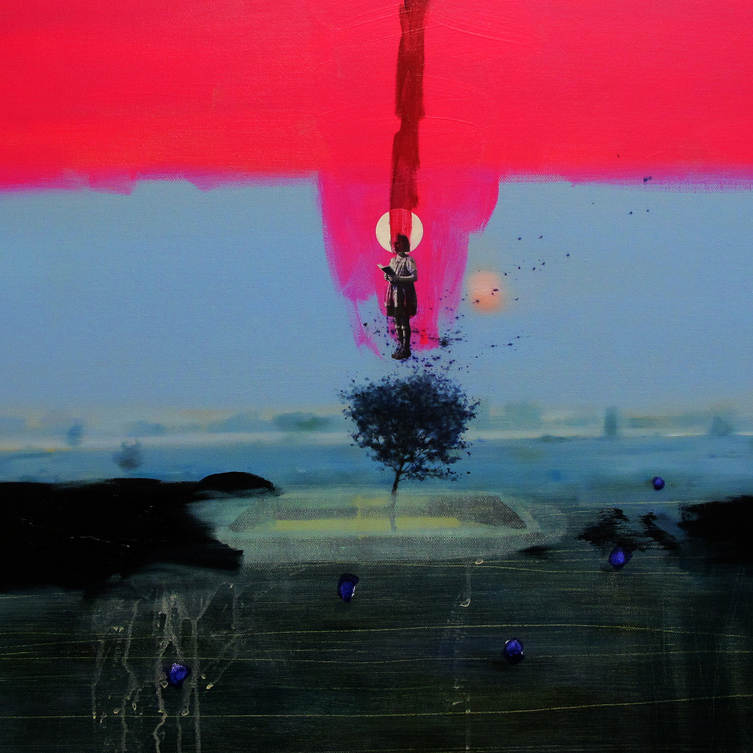 VOCA
VOCA VOCA
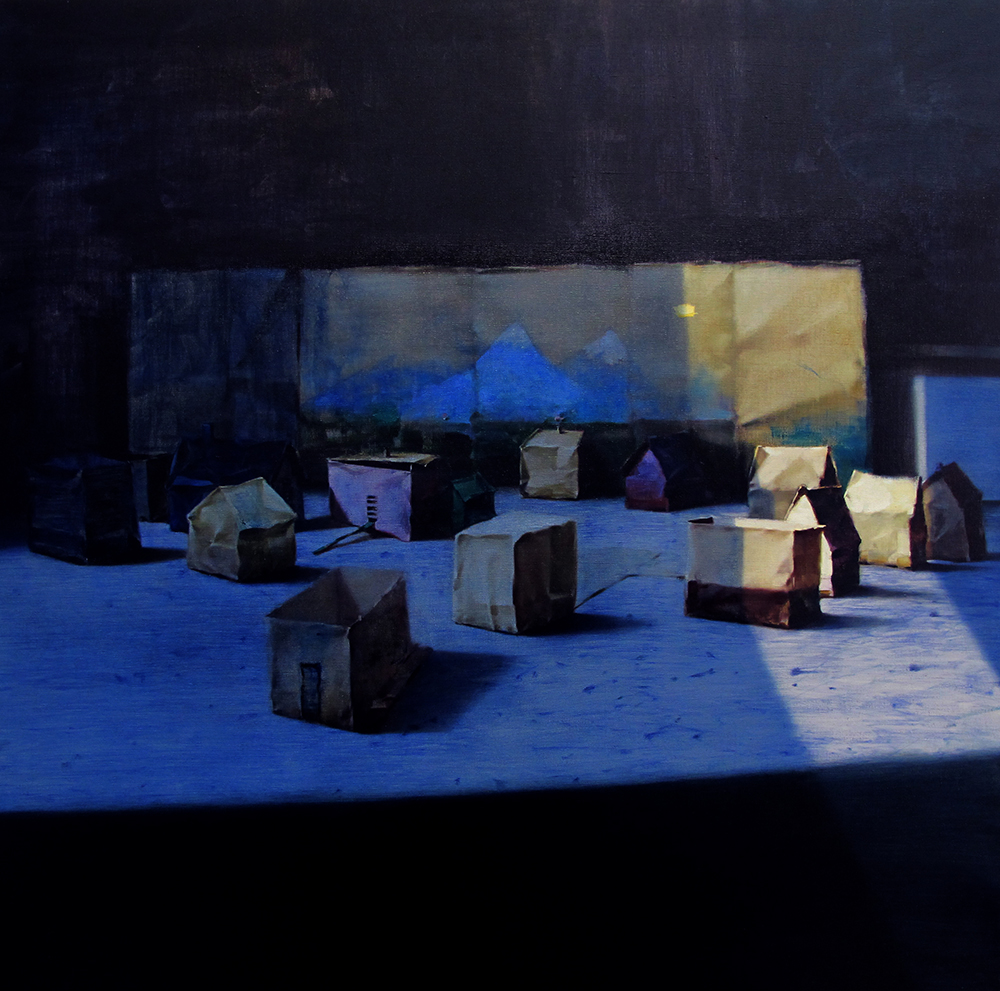 PLAYING WITH THE FIRE
PLAYING WITH THE FIRE PLAYING WITH THE FIRE
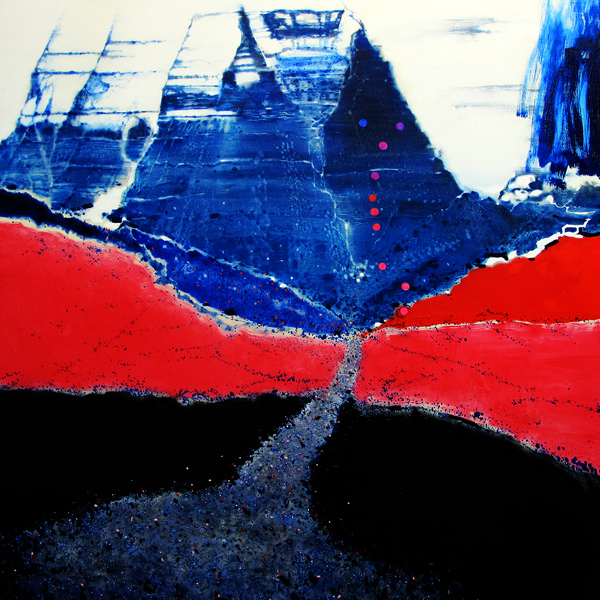 VASTNESSES
VASTNESSES VASTNESSES
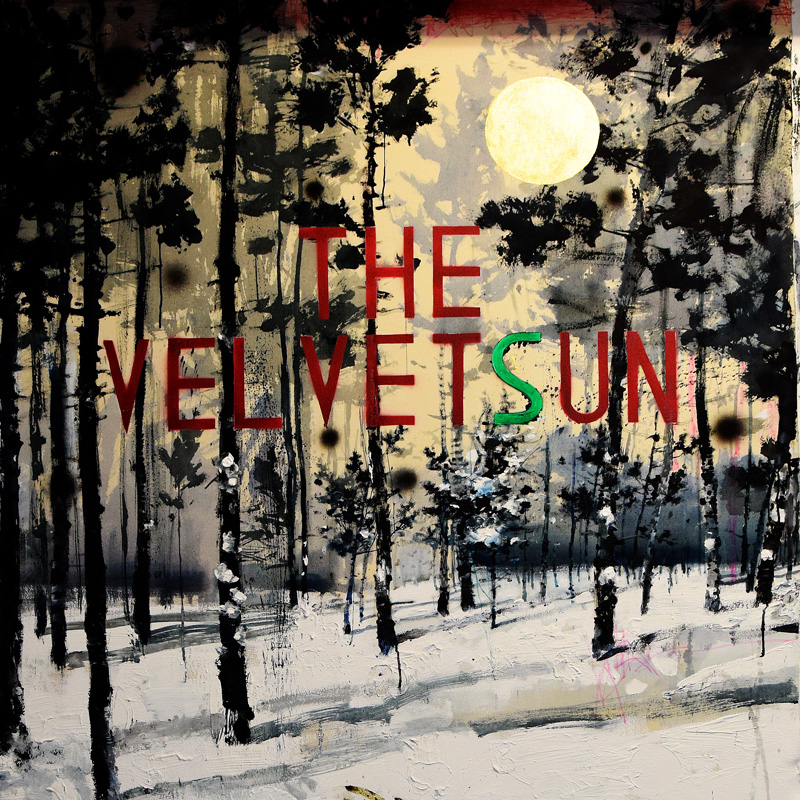 THE VELVET SUN
THE VELVET SUN THE VELVET SUN
Tato Akhalkatsishvili’s incessant research through his work is perpetually and deeply imbued with dreams whose aura influences over the present, in which the earth and its events transcend the limits of reality by placing themselves in inscrutable temporal systems. Akhalkatsishvili’s work is mainly artistic, but his experimentation also embraces other layers as well; the exhibition “VeIvet Sun”
The thread that joins all his works, and regardless of the expressive layer used by the artist, remains constant and every re-research through a visual trip reaches something never fully attainable, but revealing itself in its unattainability. Akhalkatsishvili aims to find that non-spatial point or that non-temporal moment, in which past and present meet each other and in which the psychological connections, together with our subconscious memory, are connected to the actions performed in the present or actions fulfilled everyday at the moment of choosing, having their roots in complicated hereditary things. Surely, such research is viscerally linked to the sociological and political dynamics that are significant to the most recent history of Georgia and the post-Soviet countries and particularly, the relationship between these nations with ambiguous present and almost intangible future. His attention focuses on the way of life of the nations involved and on the most extreme political dynamics in terms of regime.
The title of the exhibition refers to different historical moments, but not so completely, as these moments are connected because of various reasons and changes, as times are united and the worlds of generations meet each other. Promising force of the Sun, brilliance of which is nevertheless given by the reflections of its deep fabric, has turned into troublesome and often difficult realities, always directed towards the growing world, in which past experiences can rely on the most prescient visions.
Thus, such a diverse interest finds its way within the landscapes of altered outlines, through an imaginative level, in which one can glimpse figurative elements of real events and above all, one feels the emotional strength relative to what one is looking at.
That expressive feature that characterizes the art works of Tato Akhalkatsishvili takes completely symbiotic connection with his researches, as if the lines and colors are speaking a language made of personal memories, which is universal at the same time. Those bright and almost overwhelming colors that sometimes seem to tremble have something in common with the fire, whether they are colors corresponding to this element or other shades of colour and thereby, they imitate the movement of some kind of dance, which now exists and then vanishes away, being different all the time. These forms seem to point on a movement that does not exist, but to which they fiercely yearn, over such desire for a movement, in which the images of yesterday and today are enveloped together and in which the consciousness takes shape in its wonderful and complicated reality.
— Text by Domenico De ChiricoArtist’s Statement
Surreal moments, uncertainty, pain, loneliness, haunt of the past feelings, genetically accumulated experiences, search of transcendental, hope of mysterious future, subconscious childhood emotions, changes and empathy – these are indelible components of human life, which I transform into metaphors and I try to visualize them in different materials.
The landscape – a constant element of my works – serves as a mise en scene for revealing one’s mysterious life. I try to capture the fine line between blurring memories and remembrance, between recent experiences and the information kept in our sub-consciousness, a crossing point of history and memory. I want to explore the very second the mind stands between today and tomorrow, present and future, dream and awaking, reality and imagination… I often think-that the very moment may not even exist.Solo Exhibitions
2016 «TOMORROW WILL BE YESTERDAY 01» ARTISTERIUM9
Curator Magda Guruli; Georgian National Museum; Tbilisi, Georgia.
2015 Psilocybin Mushrooms Multimedia project, curator: Khatuna Khabuliani, Europe House Georgia, Tbilisi.
2015 Georgia «Back Home?» Art Area Gallery, Tbilisi, Georgia
2008 Mitsukoshi Art Gallery, Tokyo, Japan.
2007 Mitsukoshi Art Gallery, Sendai, Japan.
Group Exhibitions
2015 XI Biennale of young Artist, NI Museum of Contemporary Art, Skopje, Macedonia.
2015 «Heritage» RichmixI, London, UK.
2014 AT388 Rotterdam, NL,
2013 «Heritage» Georgian Nacional Museum, Tbilisi, Georgia.
2009 Mitsukoshi Art Gallery «2 man show» Matsuyama, Japan.
2009 Gallery Kunstraub 99 Cologne, Germany.
2008 Mitsukoshi Art Gallery, «2 man show» Sendai, Japan.
2007 Tobu Spring Art Festival, Tokyo, Japan.
2007 Gallery Atelierhaus Westfallenhuette «Strassen verbinden kulturen» WissenschaftsPark, Dortmund, Gelsenkirchen, Germany.
2007 Gallery Universe «The Lost Ones» Tbilisi, Georgia.
2007 National Gallery of Armenia «Georgian Visual Art» Yerevan, Armenia.
2007 Gallery Culti G7 «Kunst aus Geogien III» Mannheim, Germany.
2004 Gallery Universe «Figurative Art Studio» «Expo I» Tbilisi, Georgia.
2003 Gallery Culti G7 «Kunst aus Geogien II» Mannheim, Germany.Art Fairs
2016 «COSMOSCOW», International Contemporary Art Fair, TNN Gallery; Moscow, Russia.
2016 «Art16», London’s Global Art Fair, TNN Gallery; London, UK
2015 «Start», Saachi Gallery, London, UK.
2015 «Art Vilnius’15», International Contemporary Art Fair, Vilnius, Lithuania.
2014 «Artsisterium 2014», International Art Fair, Tbilisi, Georgia.
2013 «Berliner Liste 2013», Berlin, Germany.
2008 Artexpo New York, NY, US.
2007 «Ow_Art 07», International Art Fair, Buchen, Germany.
2007 Artexpo New York, NY, US.
2005 «Impulse 2005», International Art Fair, Osnabrueck, Germany.Awards
2007 The I prize at the International Art Fair OW_ART 07 together with the «Figurative Art Studio» Buchen, Germany.
2005 The I prize at the International Art Fair Impulse 2005 together with the «Figurative Art Studio» Osnabrueck, Germany.
2004 The III prize for the best painting of 2004, National Picture Gallery, Tbilisi, Georgia.
Tags: Tato Akhalkatsishvili

